

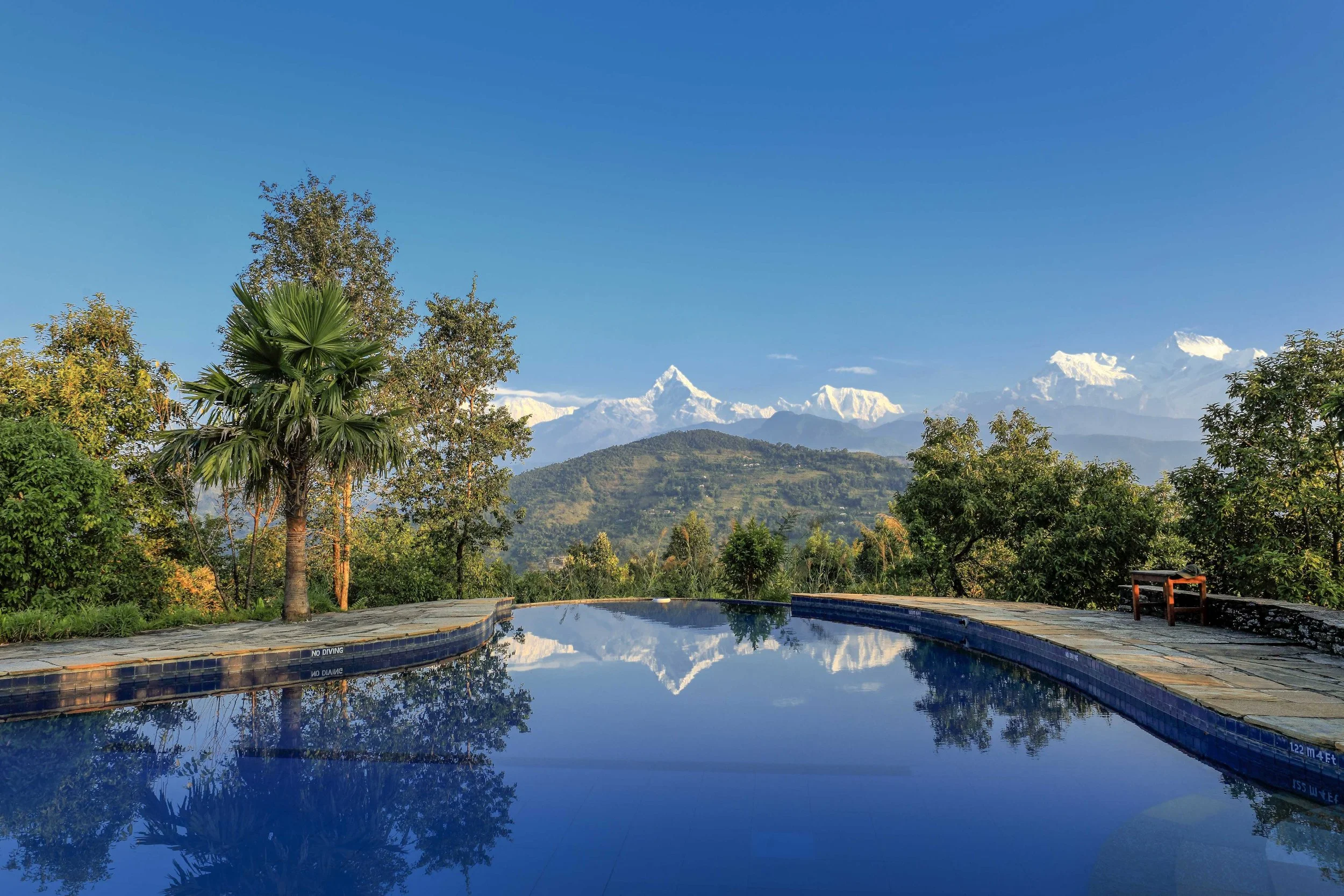

Shinta Mani Mustang
NEPAL
Shinta Mani Mustang
NEPAL
Shinta Mani Mustang
Nepal



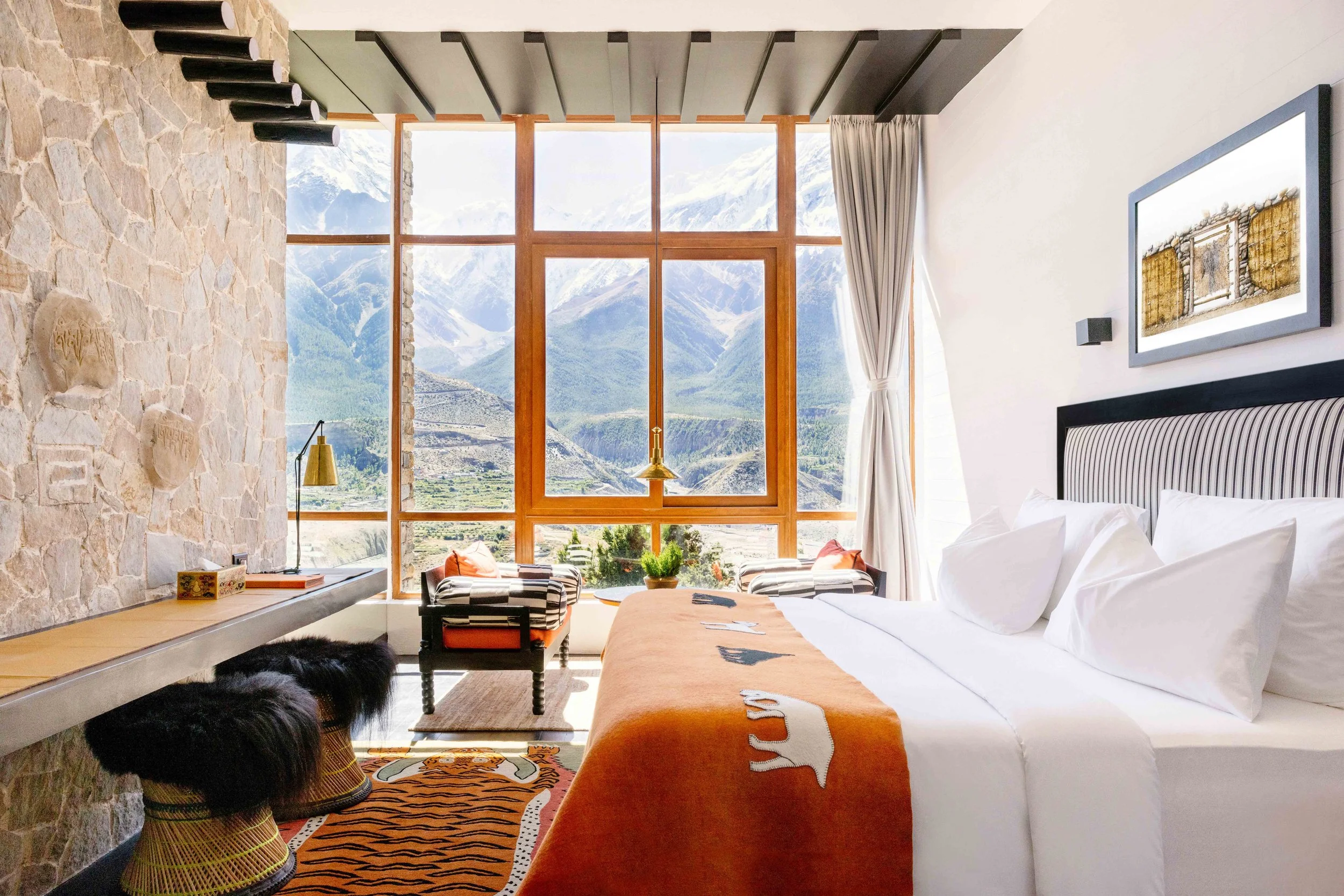

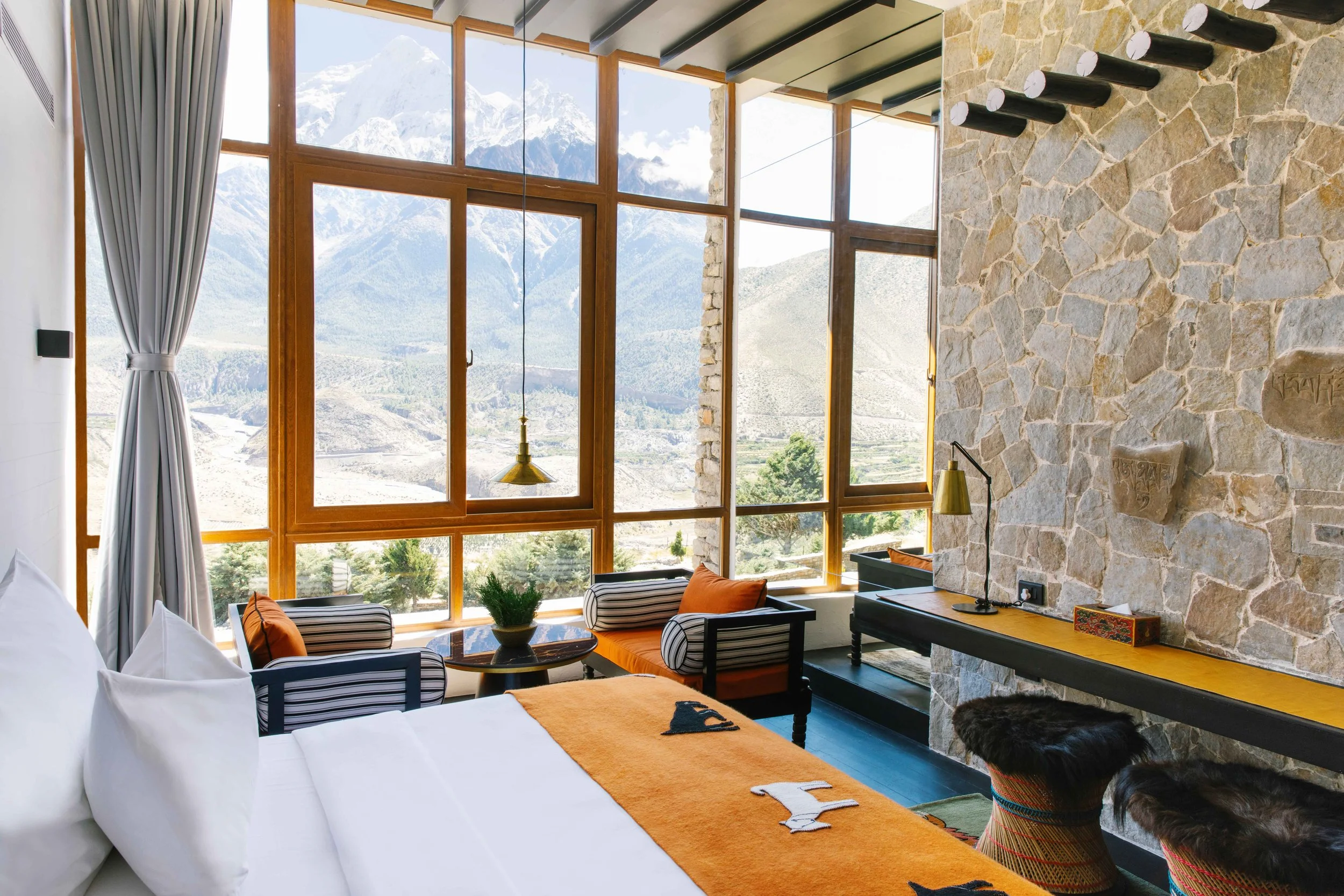








THE PERSONALITIES
Adventurers. Pilgrims. Story seekers. Cultural wanderers. Mountain dreamers.
THE MOMENTS
Sunrise over snow-capped peaks. Ancient monasteries perched on cliffs. Prayer flags dancing in Himalayan winds. A firelit evening wrapped in yak wool blankets. Nights under endless stars.
BEST VISITING MONTHS
March to May and September to November are the best months to visit Mustang, Nepal, when skies are clear, trails are open, and the Himalayas unveil their full glory. Spring brings rhododendron blooms and lush valleys, while autumn offers crisp air, golden landscapes, and perfect trekking conditions.















WHY STAY
Tucked in the remote Mustang region of Nepal, Shinta Mani Mustang overlooks one of the most dramatic landscapes on earth — the snow-dusted peaks of the Annapurnas and the Kali Gandaki River Valley. Once a forbidden kingdom, Mustang remains a rare portal into an ancient world where geography, culture, and spirituality remain intertwined.
The resort, designed by visionary architect Bill Bensley, blends raw Himalayan textures with refined comfort. Local stone, wood, and textiles shape spaces that feel both timeless and rooted in place. Its 29 suites frame sweeping mountain views, each crafted as a sanctuary for reflection after days of exploring the rugged trails and monasteries nearby.
Beyond design, Shinta Mani Mustang is a story of legacy. Its creation honors Mustang’s centuries-old culture while introducing a new chapter in hospitality — one where comfort and conscience coexist. Every stay is a passage into the soul of Mustang, balancing luxury with respect for the land and its people.









WHY WANDER
Wandering here is not just about place, but about time. Ancient Buddhist monasteries, some carved into cliffs, still hum with prayer and ceremony. Pilgrimage routes wind through villages unchanged for centuries, where traditions remain vibrantly alive.
Adventure is endless — from high-altitude treks across desert-like valleys to horseback journeys along Himalayan trails. Days unfold among canyons, caves, and sweeping ridges that feel more like Mars than Earth, yet are deeply human in their history and lore.
The spirit of Mustang lies in its remoteness. Few regions allow travelers to touch the Himalayas so intimately — through sacred festivals, timeless rituals, and landscapes that challenge perspective. Wandering here is to step into a living heritage, guided by monks, herders, and mountain winds.
INDULGE IN
The cuisine at Shinta Mani Mustang draws from Nepalese tradition while weaving in global influences. Locally sourced ingredients — lentils, grains, seasonal vegetables, yak dairy — form hearty dishes made to nourish after long days of exploration. Dining here is an extension of the land: warm, grounding, and deeply tied to Himalayan flavors.
GETTING THERE
Reaching Shinta Mani Mustang is a journey in itself. Guests typically fly into Kathmandu, followed by a domestic flight to Pokhara, and then on to Jomsom, the gateway to Mustang. From there, the resort is a short drive away — each leg of the trip a gradual immersion into higher altitudes and deeper remoteness.










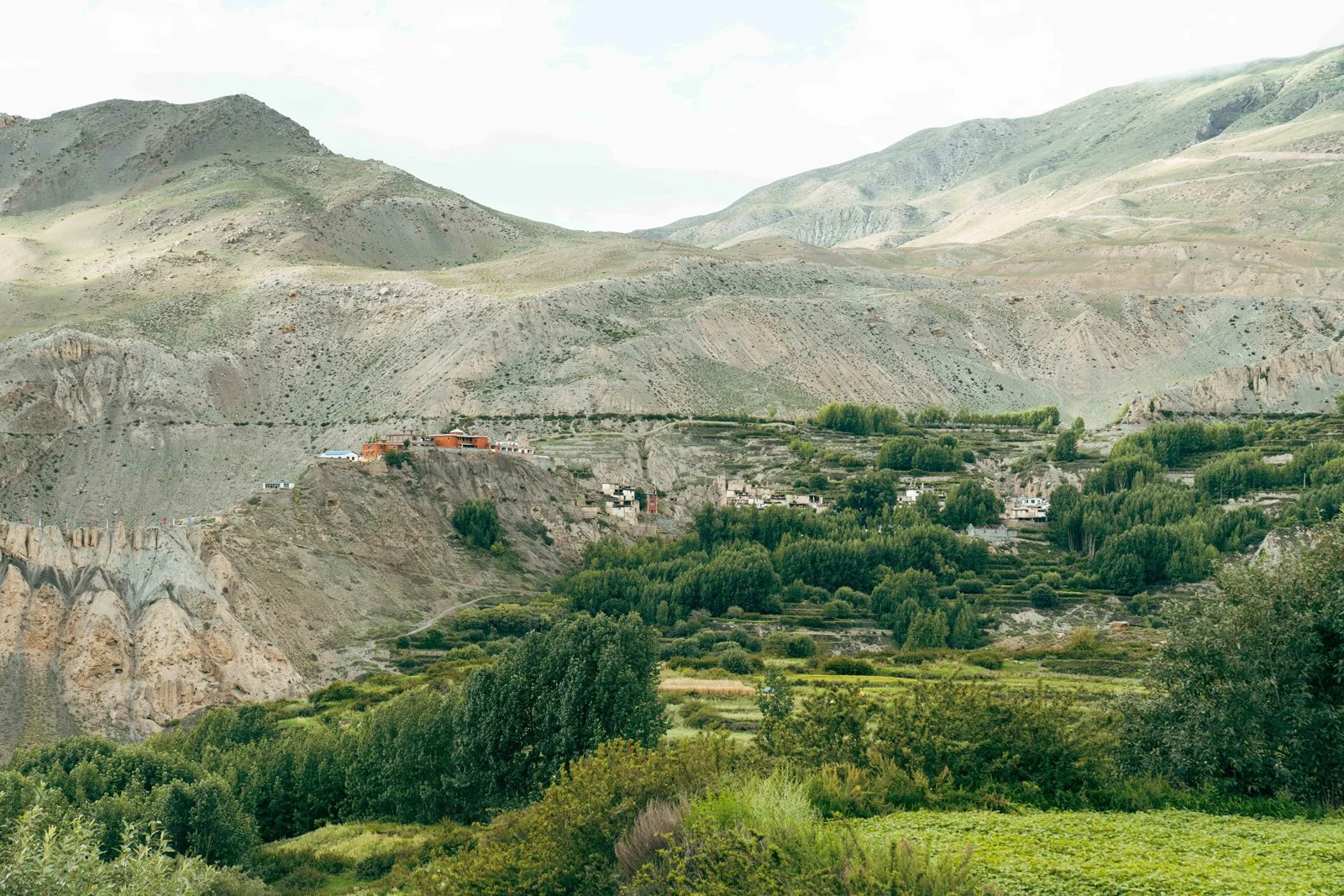


WILD INITIATIVES
Shinta Mani Mustang is built on a philosophy of giving back — a hotel where luxury is inseparable from responsibility. At its core is the Shinta Mani Foundation, an initiative that has transformed lives across Asia by supporting education, healthcare, and skills training. In Mustang, this means empowering local communities through employment, vocational opportunities, and cultural preservation, ensuring that tourism enriches rather than erodes.
Environmental stewardship is equally vital. The resort is designed to minimize impact on this fragile high-altitude ecosystem, from waste management and renewable practices to careful sourcing of water and materials. Local artisans and builders were integral to the construction, ensuring that the architecture reflects Mustang’s heritage while supporting regional economies.
Every stay directly contributes to regenerative travel: protecting sacred landscapes, sustaining traditional crafts, and helping preserve the spiritual and cultural legacy of Mustang. Guests become part of a wider movement — one that doesn’t just explore the Himalayas but actively safeguards them for generations to come.
Photos by Elise Hassey, Shinta Mani Mustang

The Dwarika's Resort-Dhulikhel
NEPAL
The Dwarika's Resort-Dhulikhel
NEPAL
Dwarika’s Resort
NEPAL
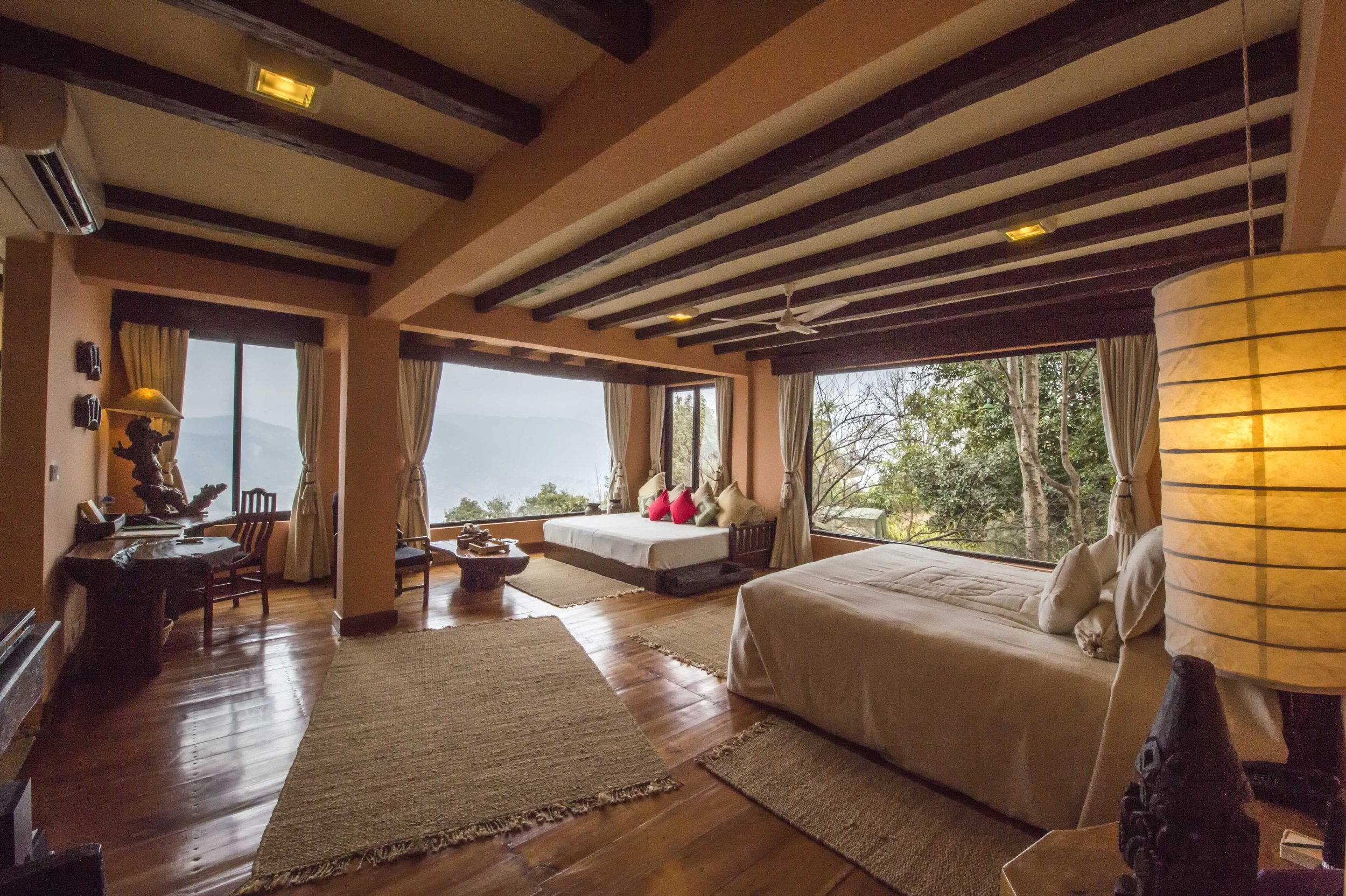
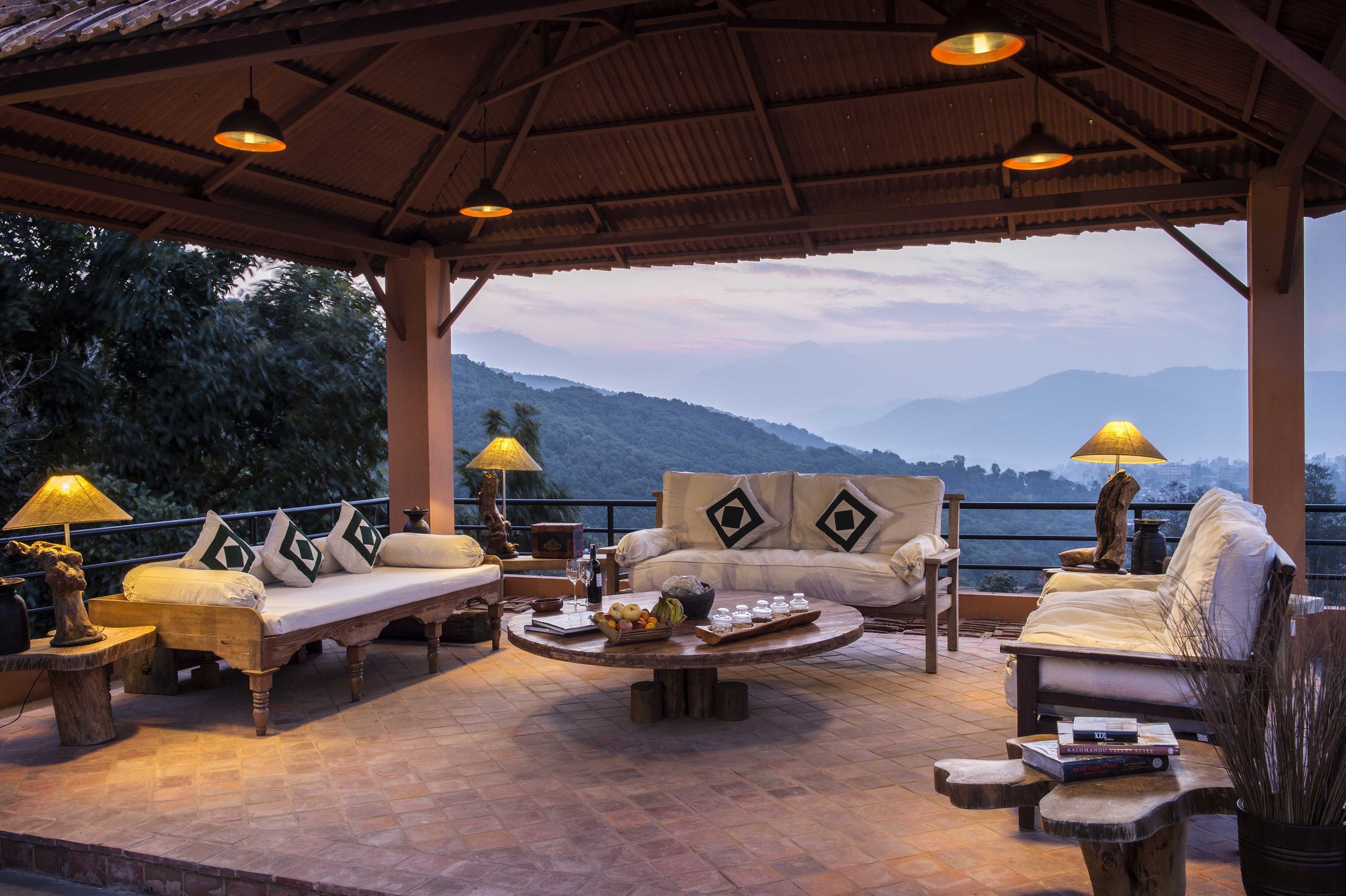
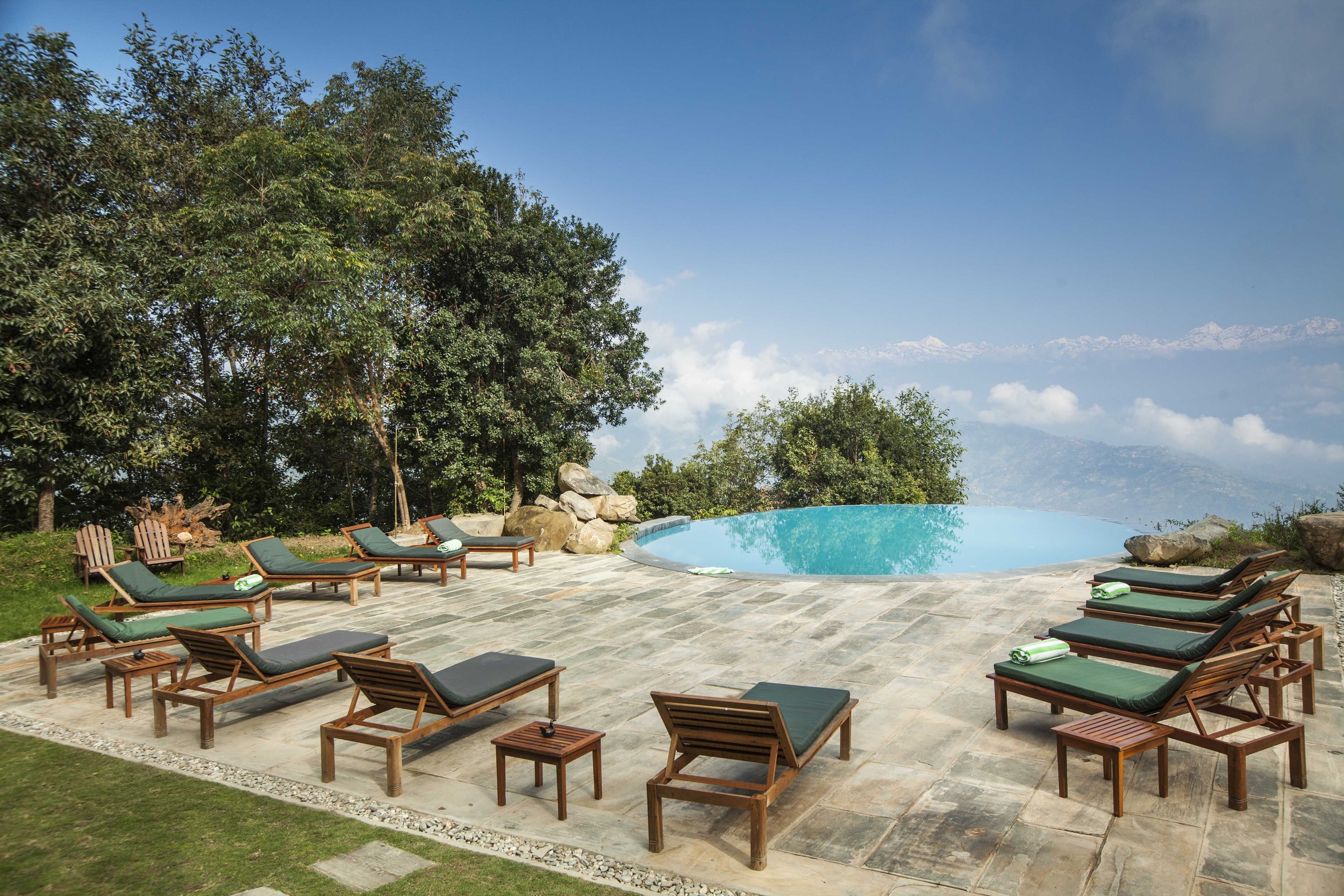
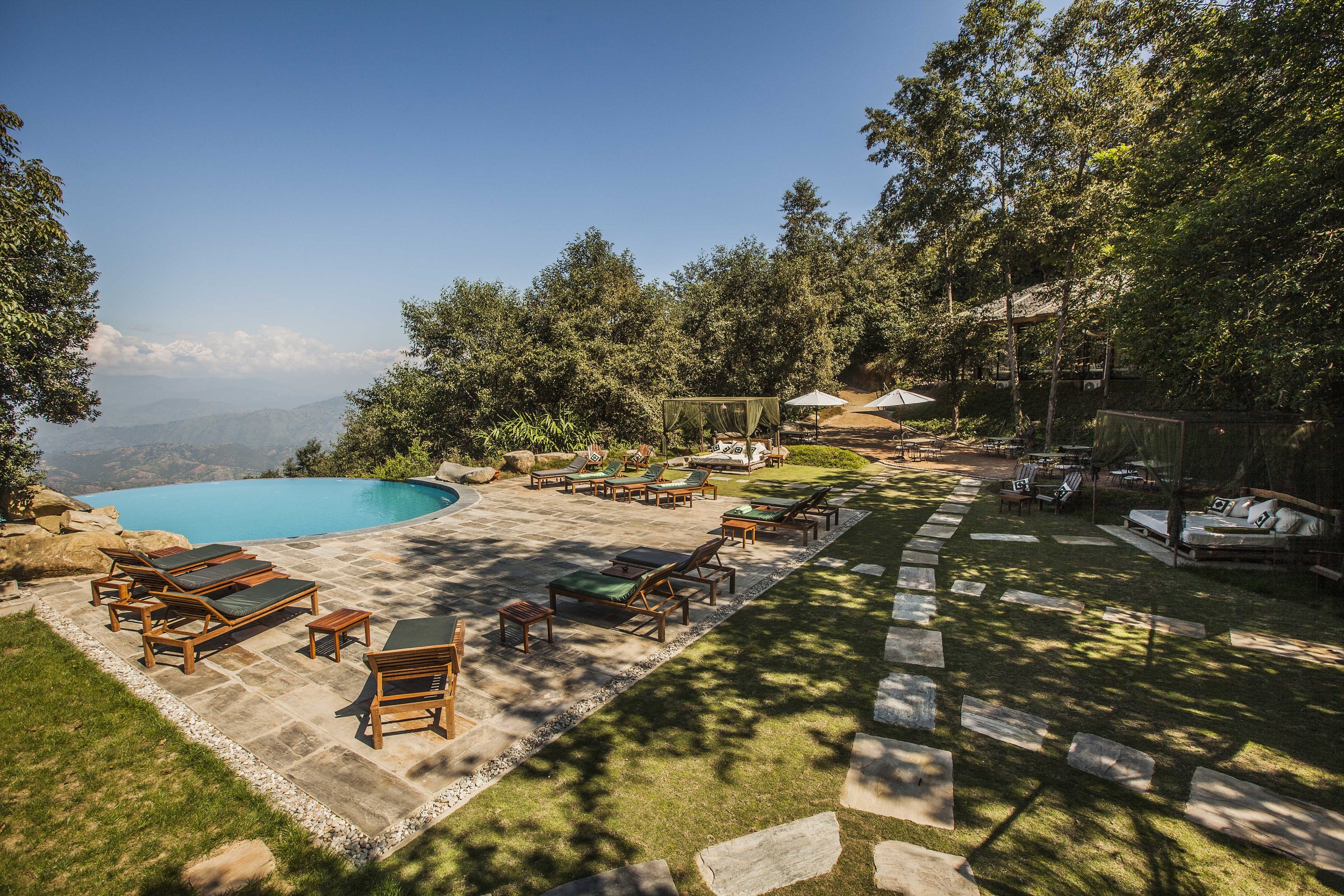
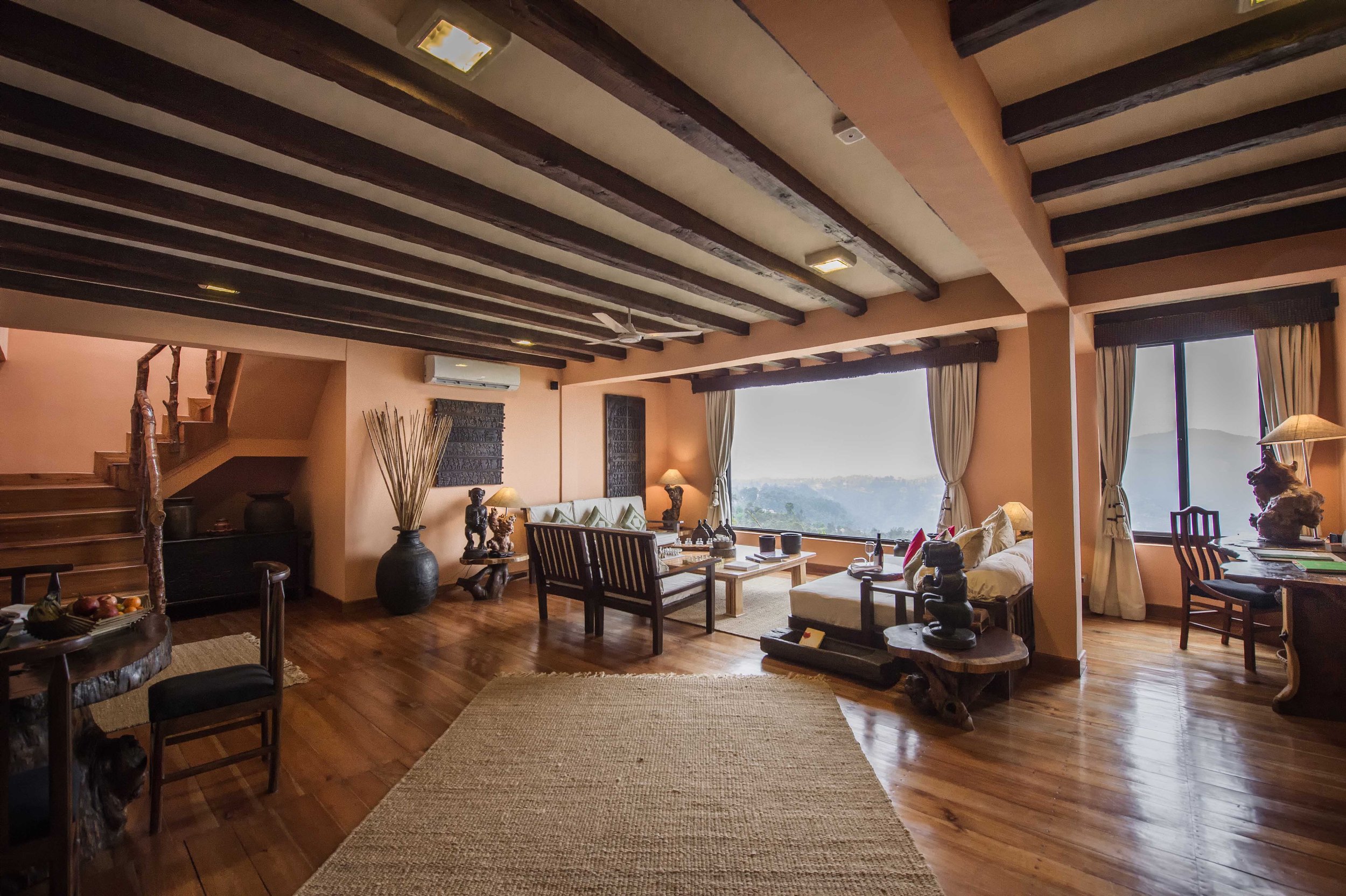
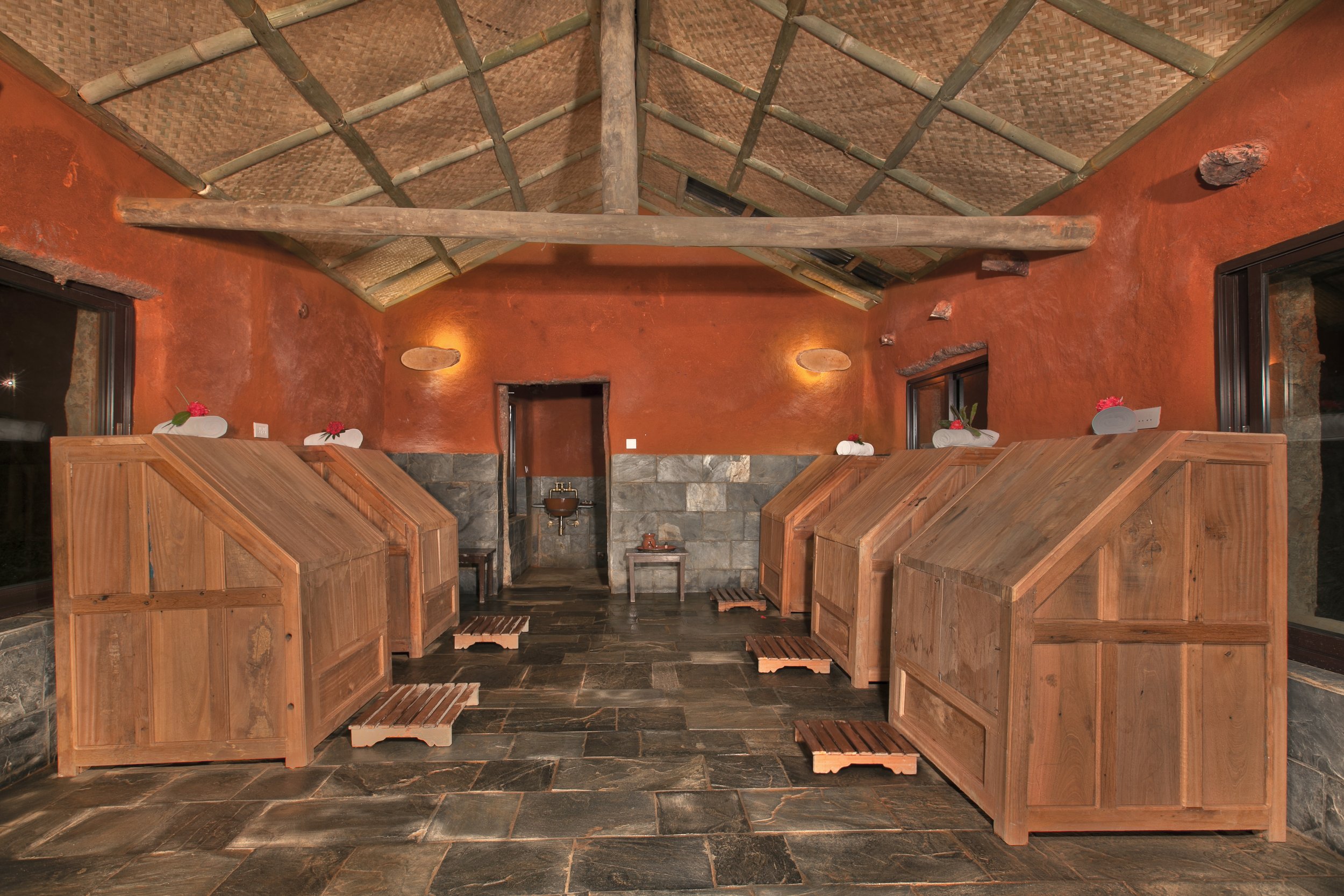
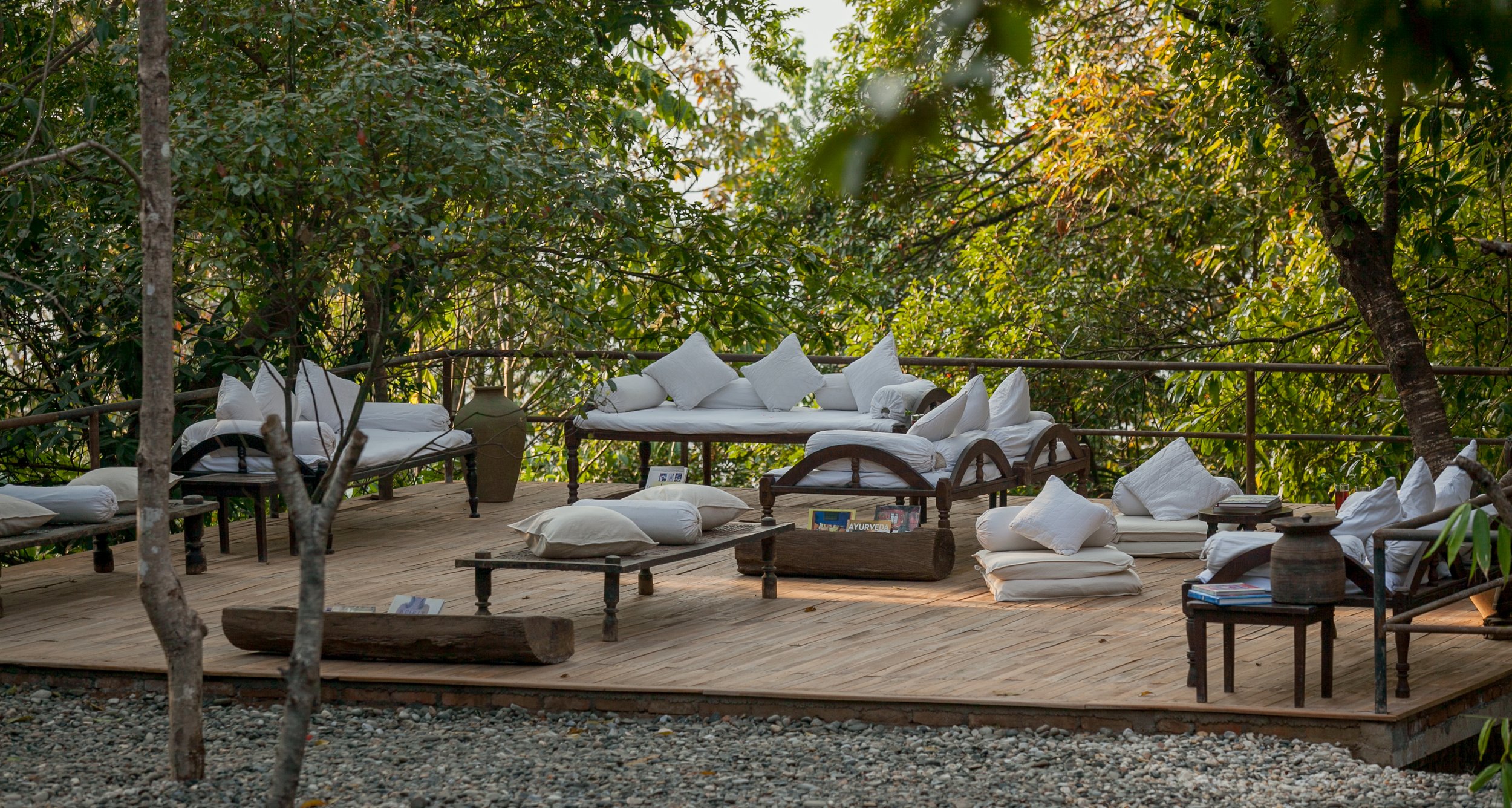
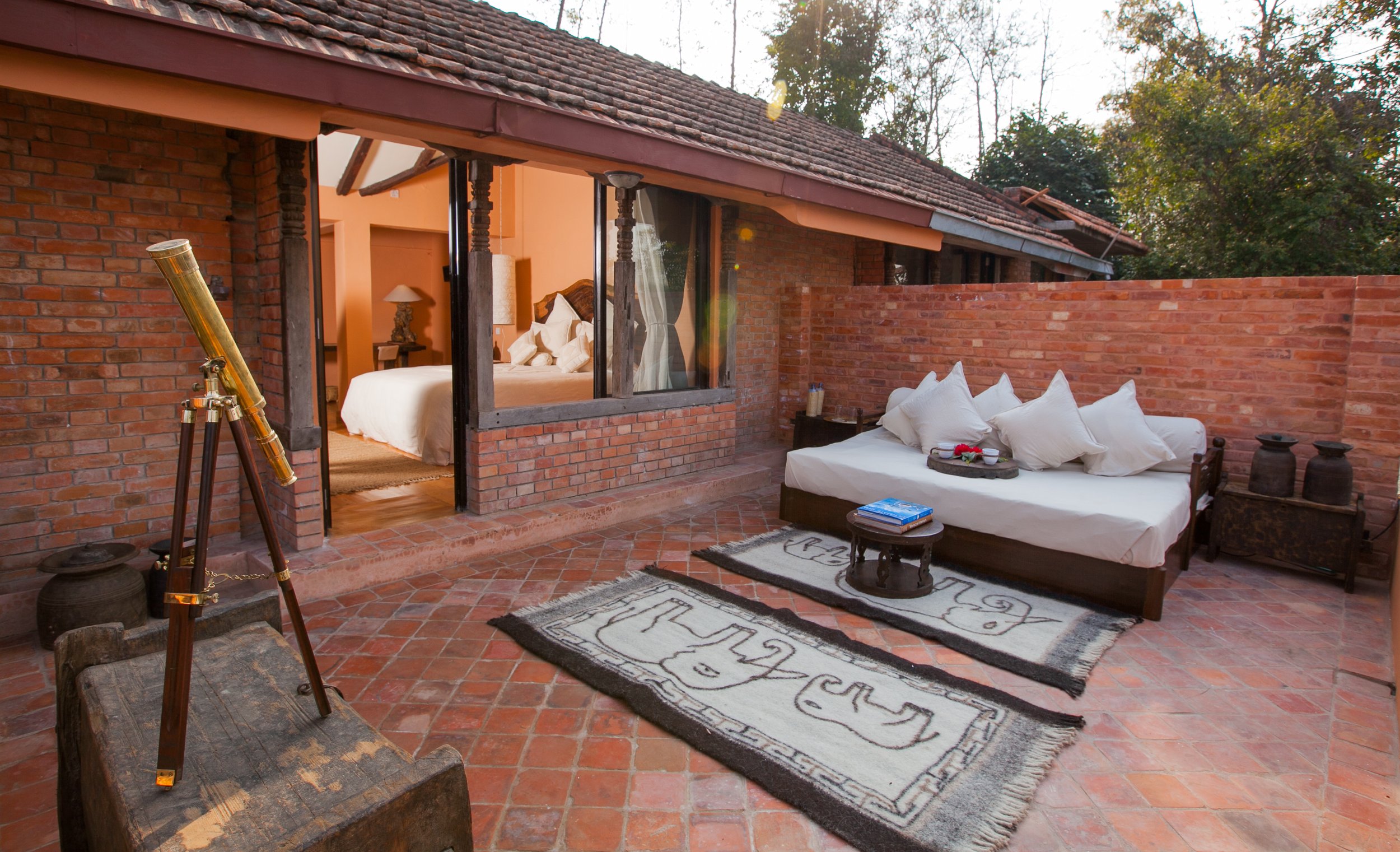
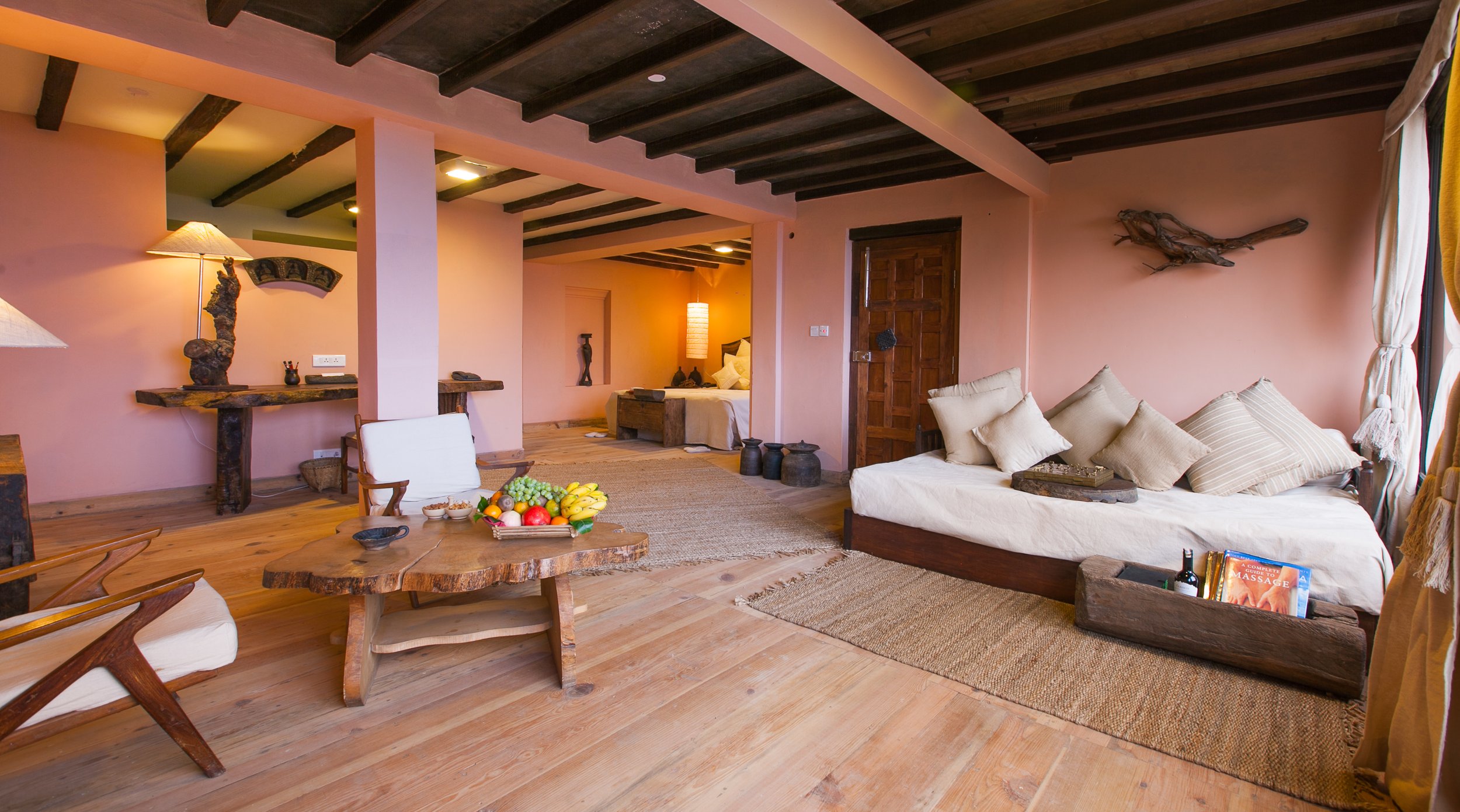
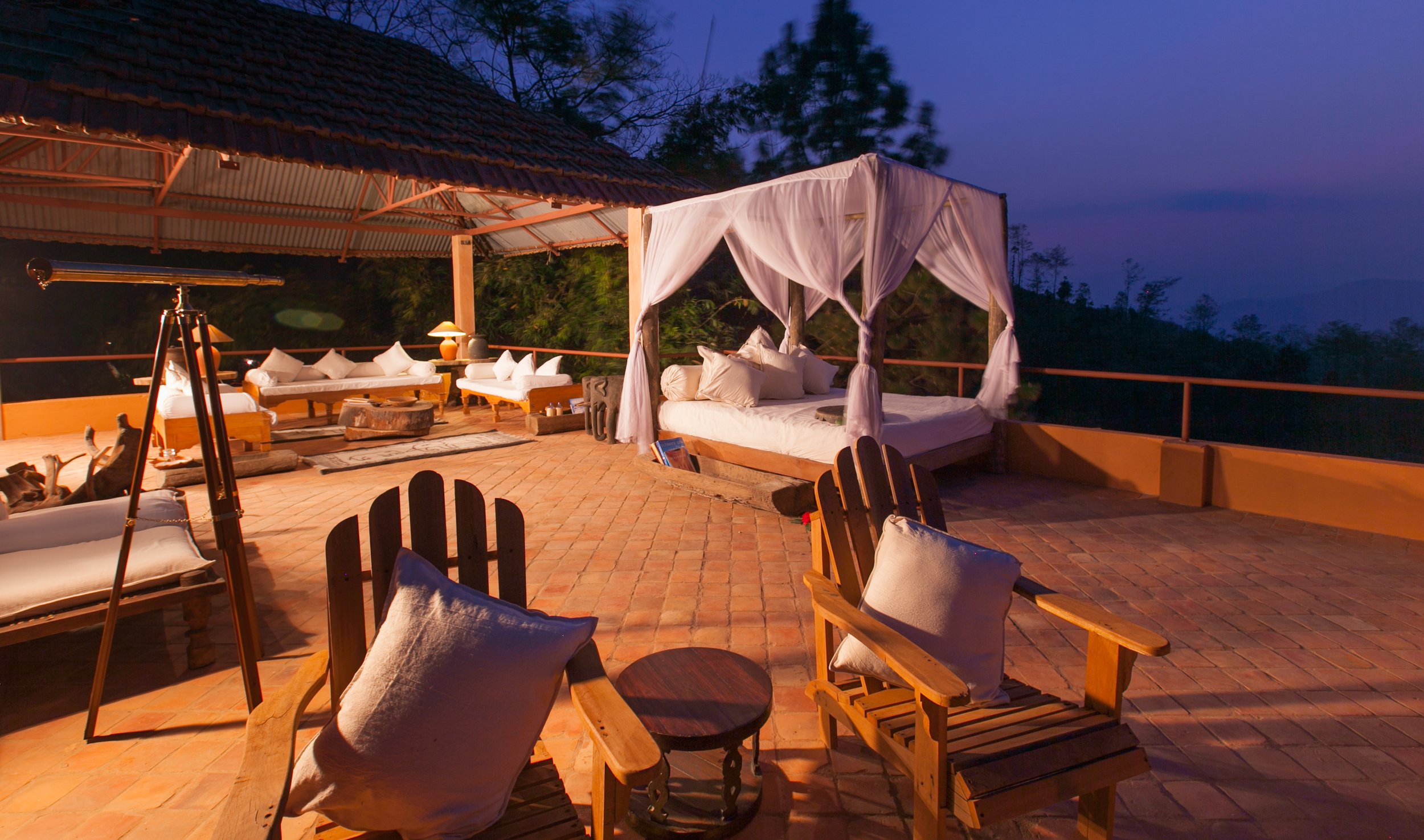
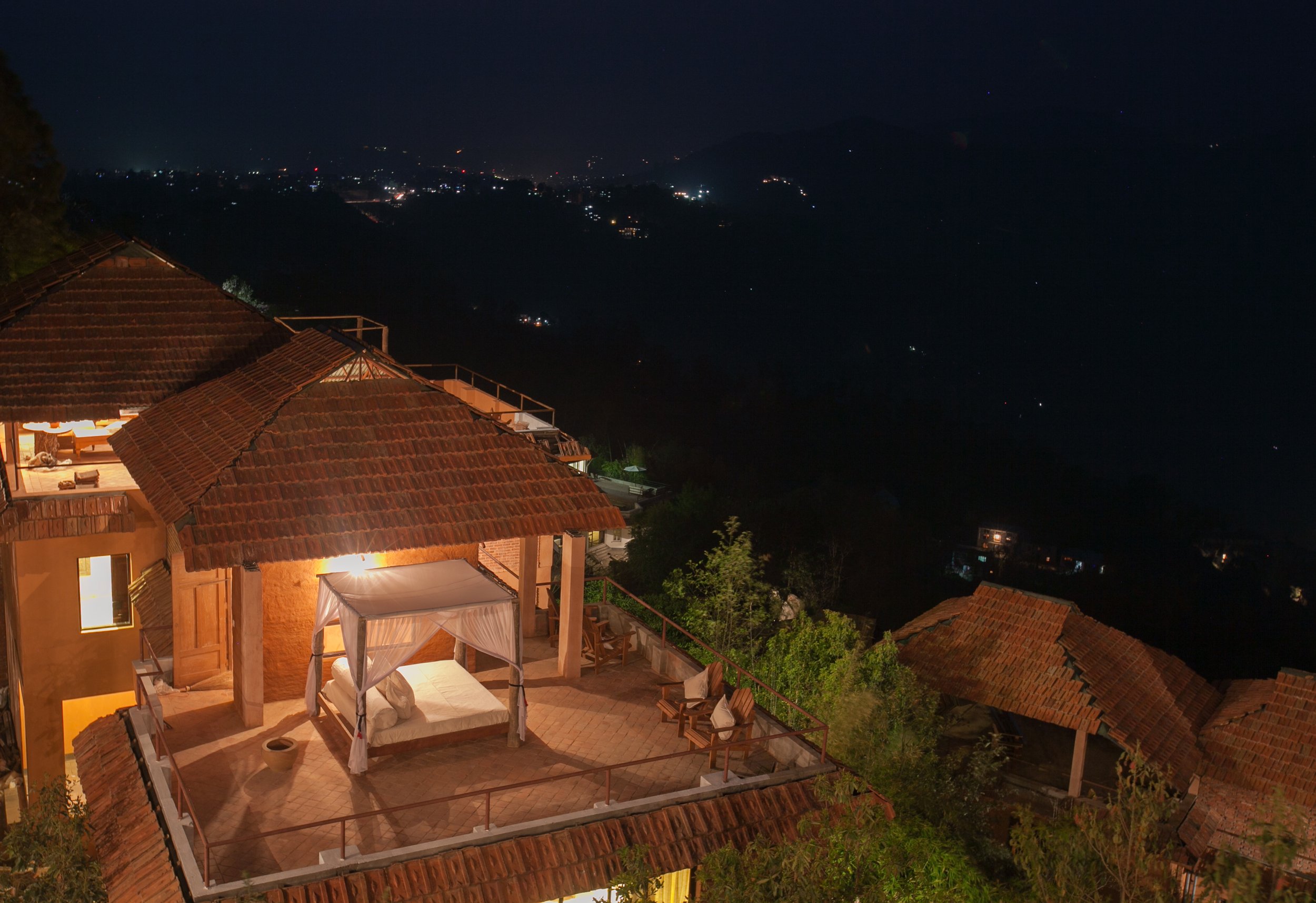
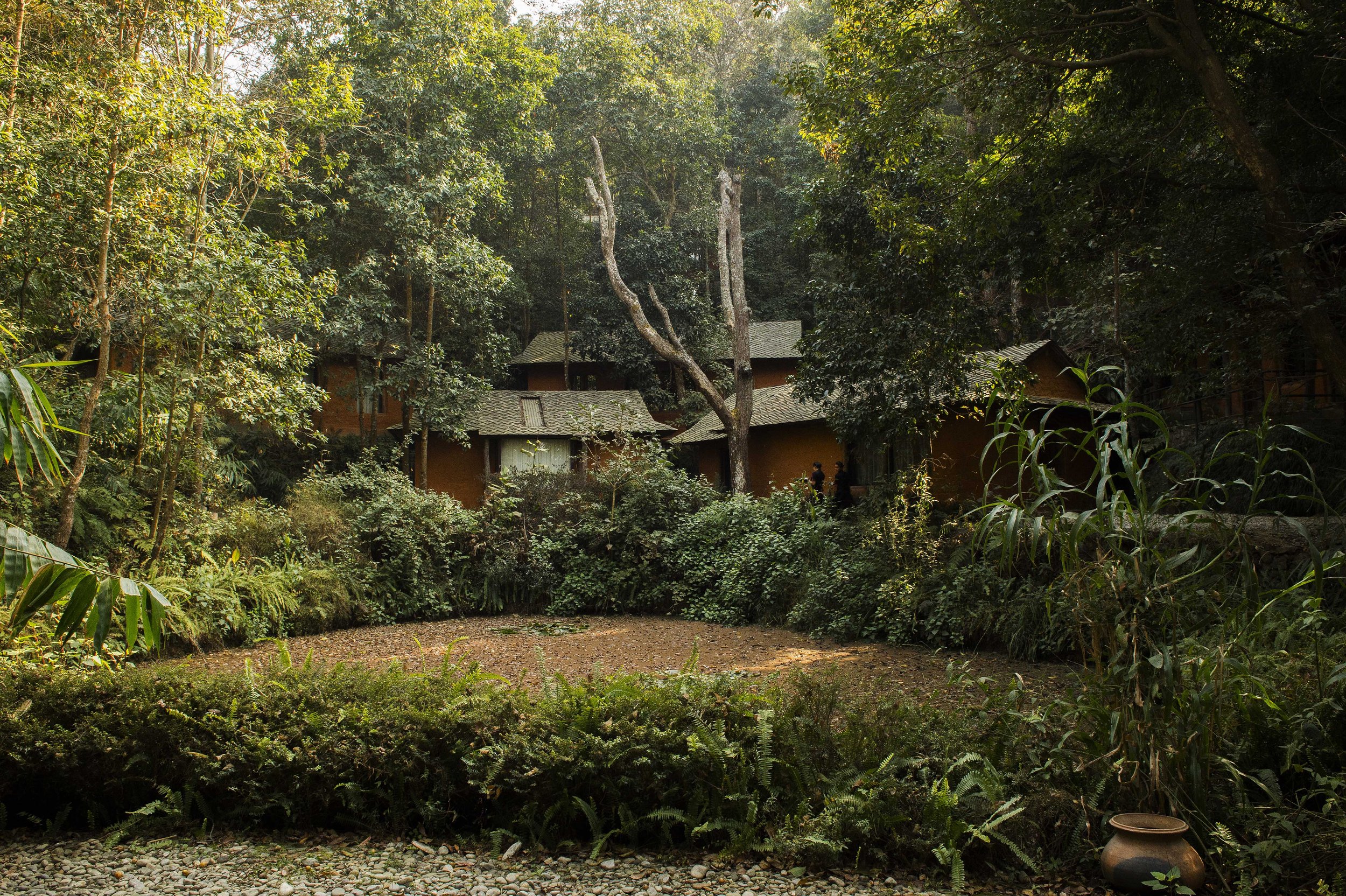
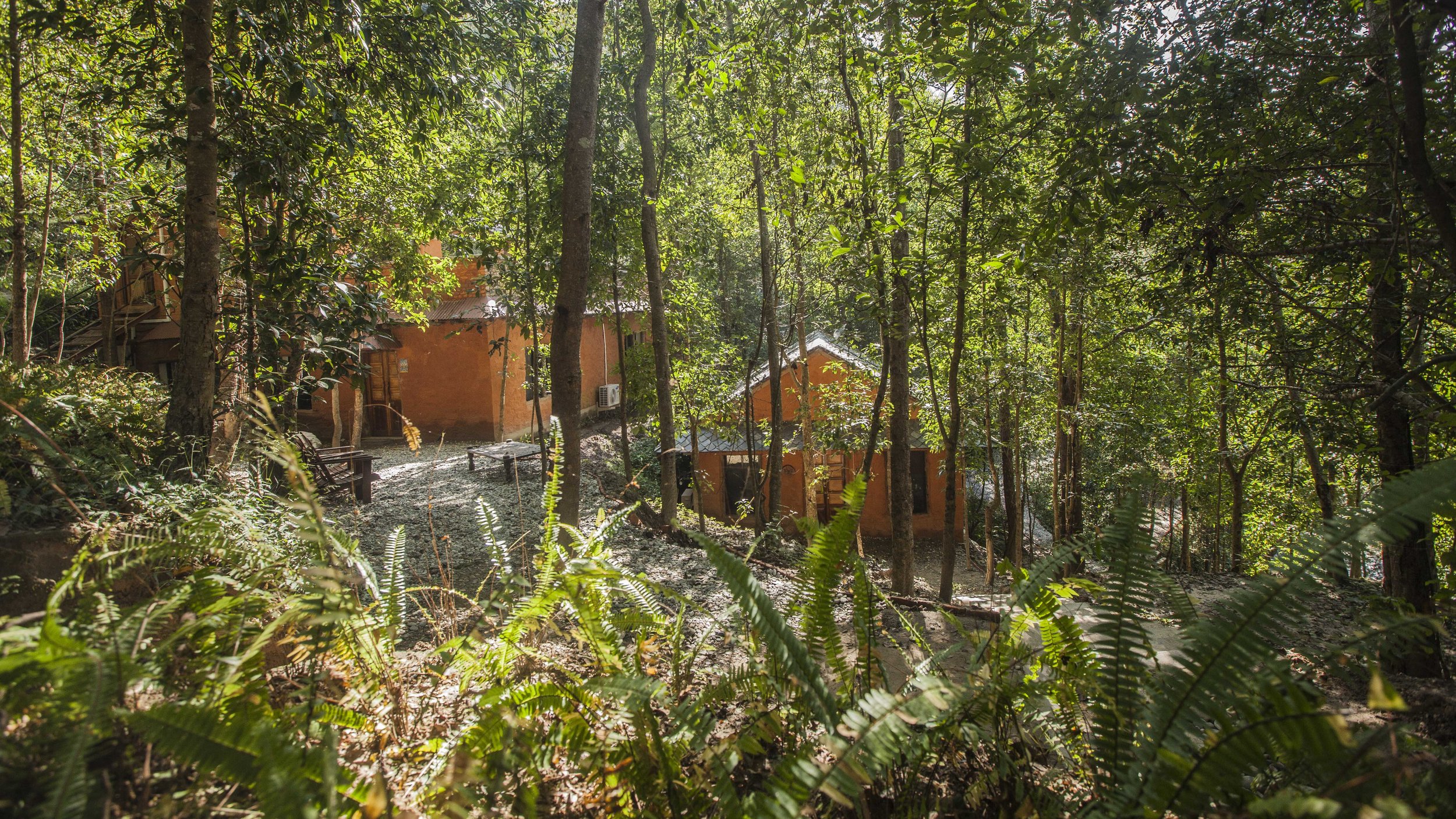
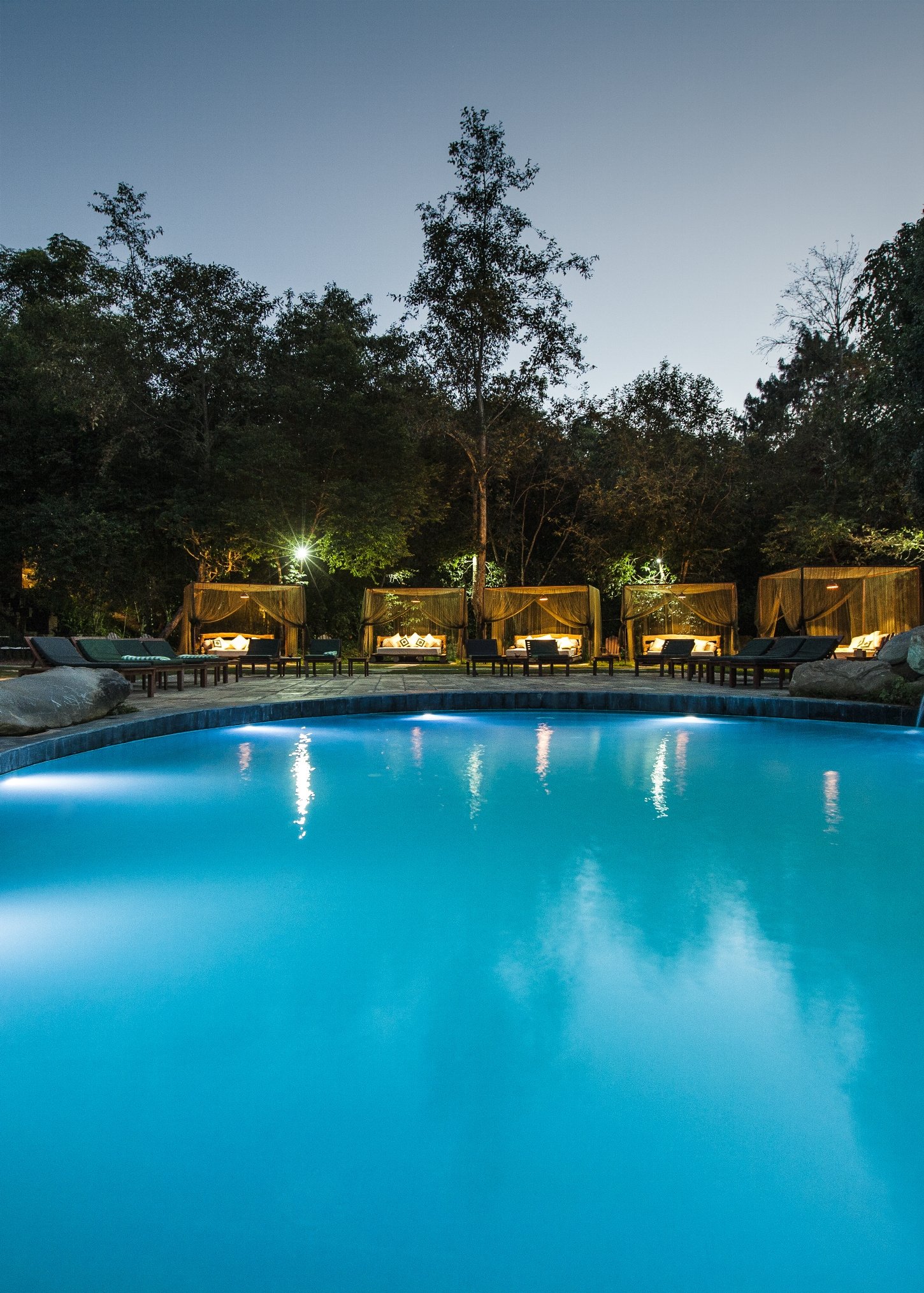
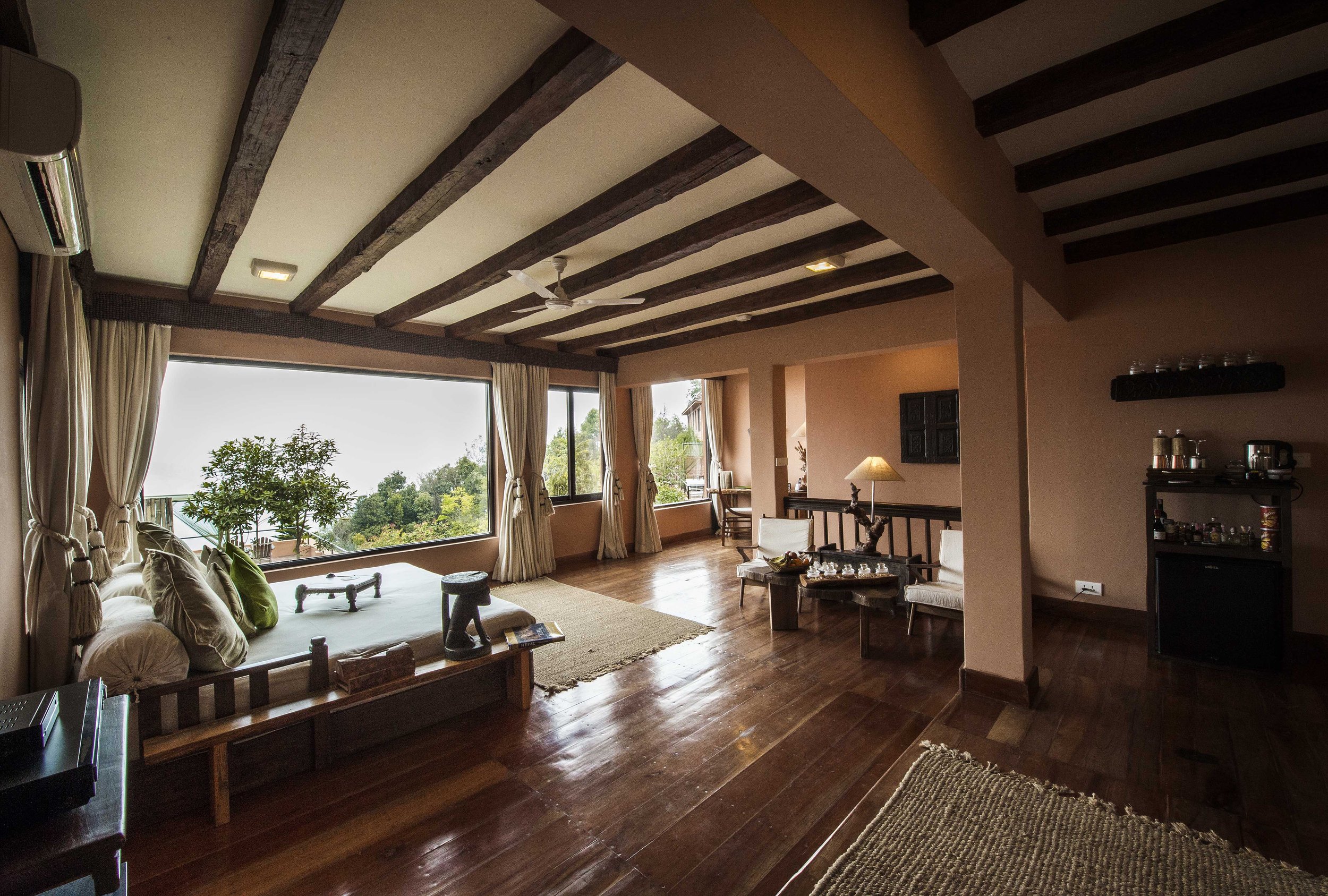
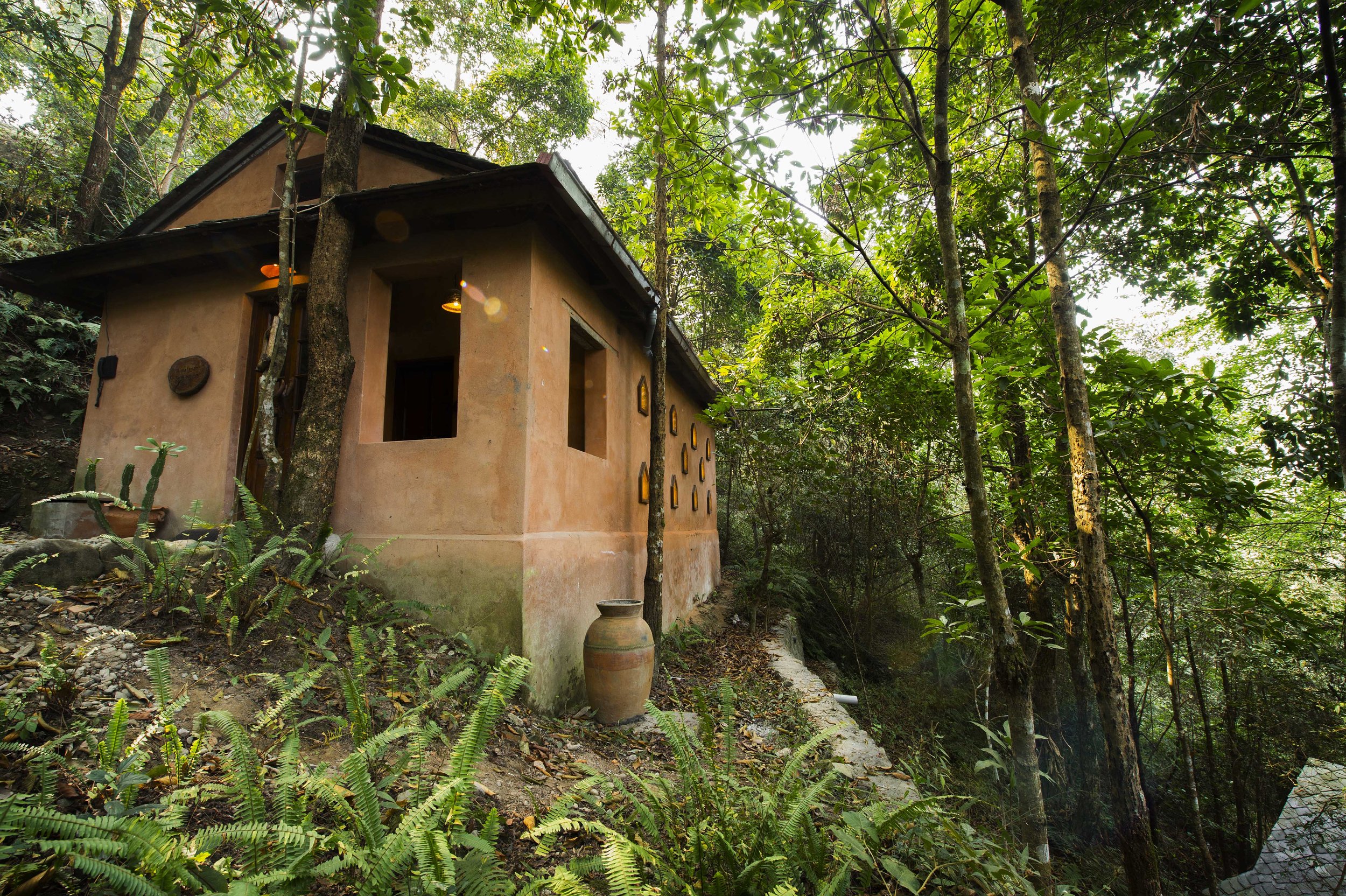
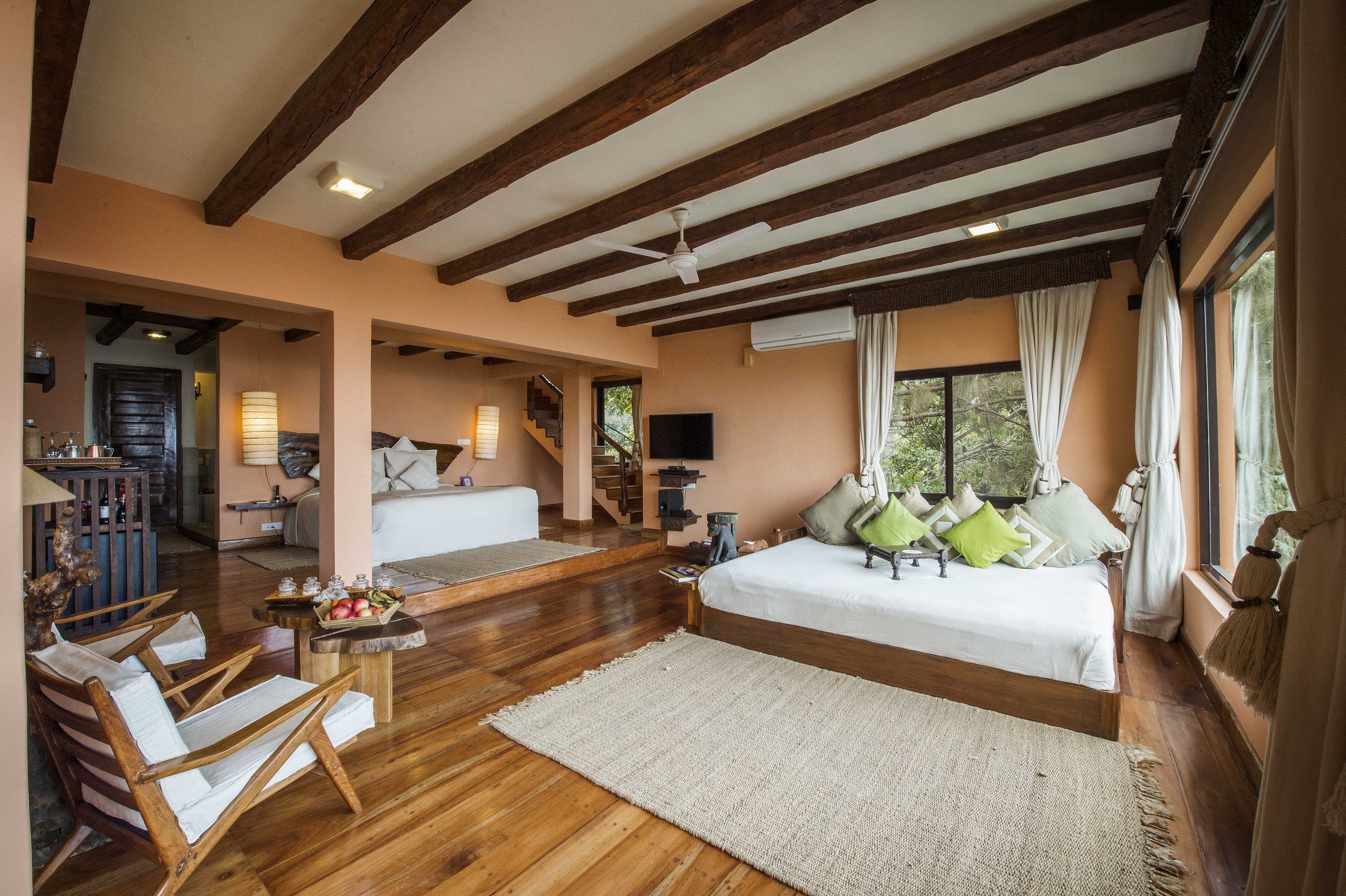
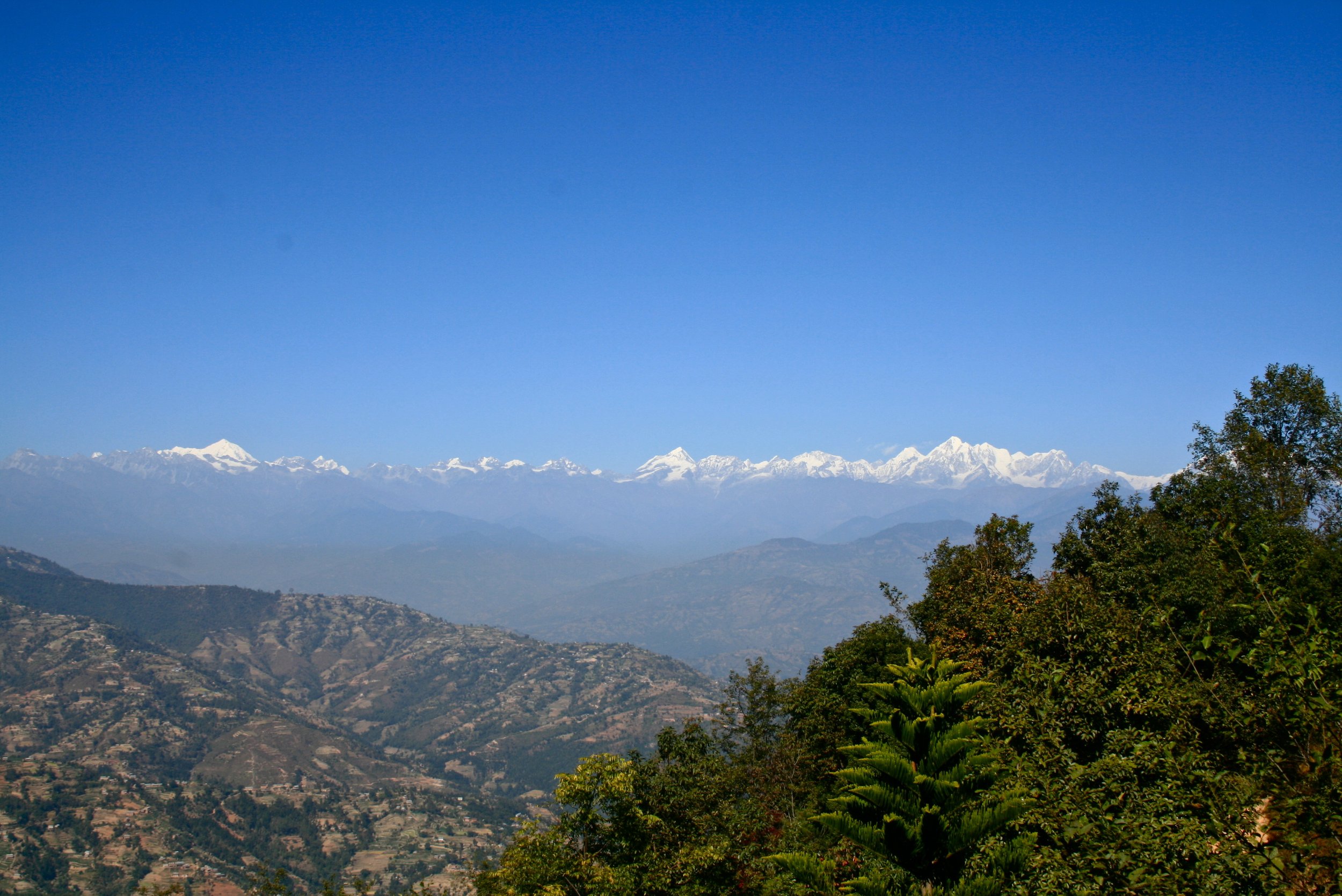
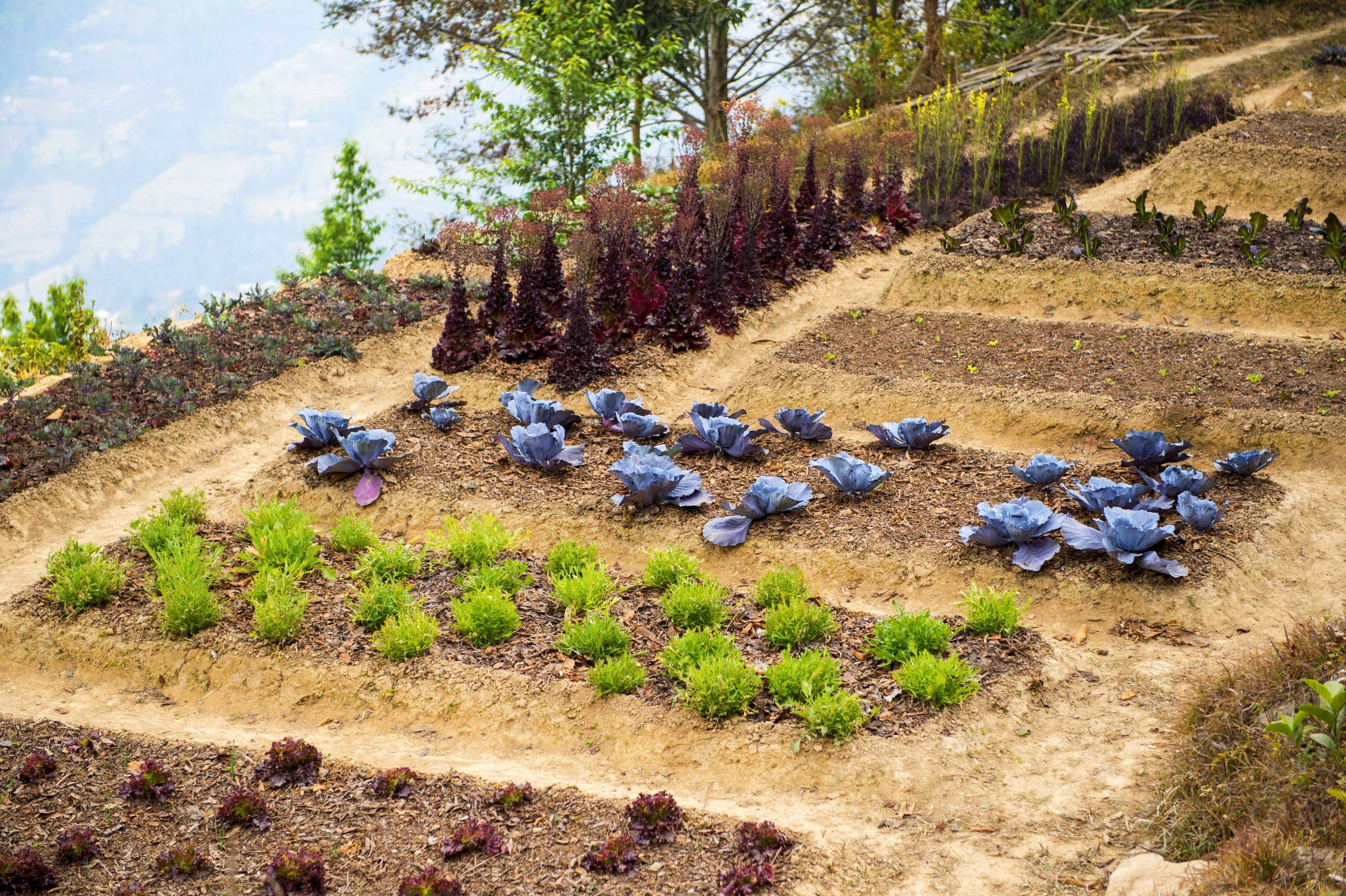
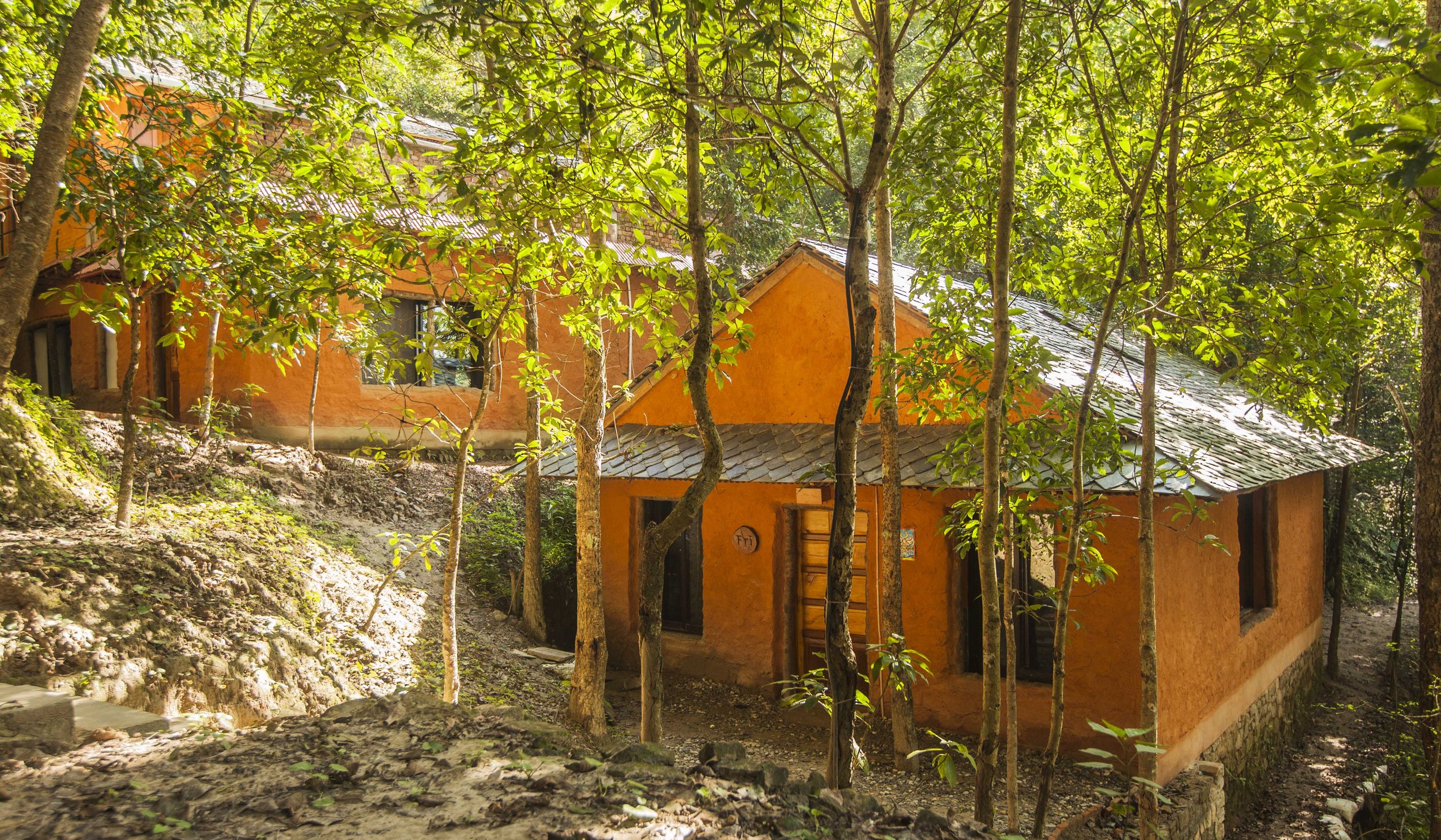
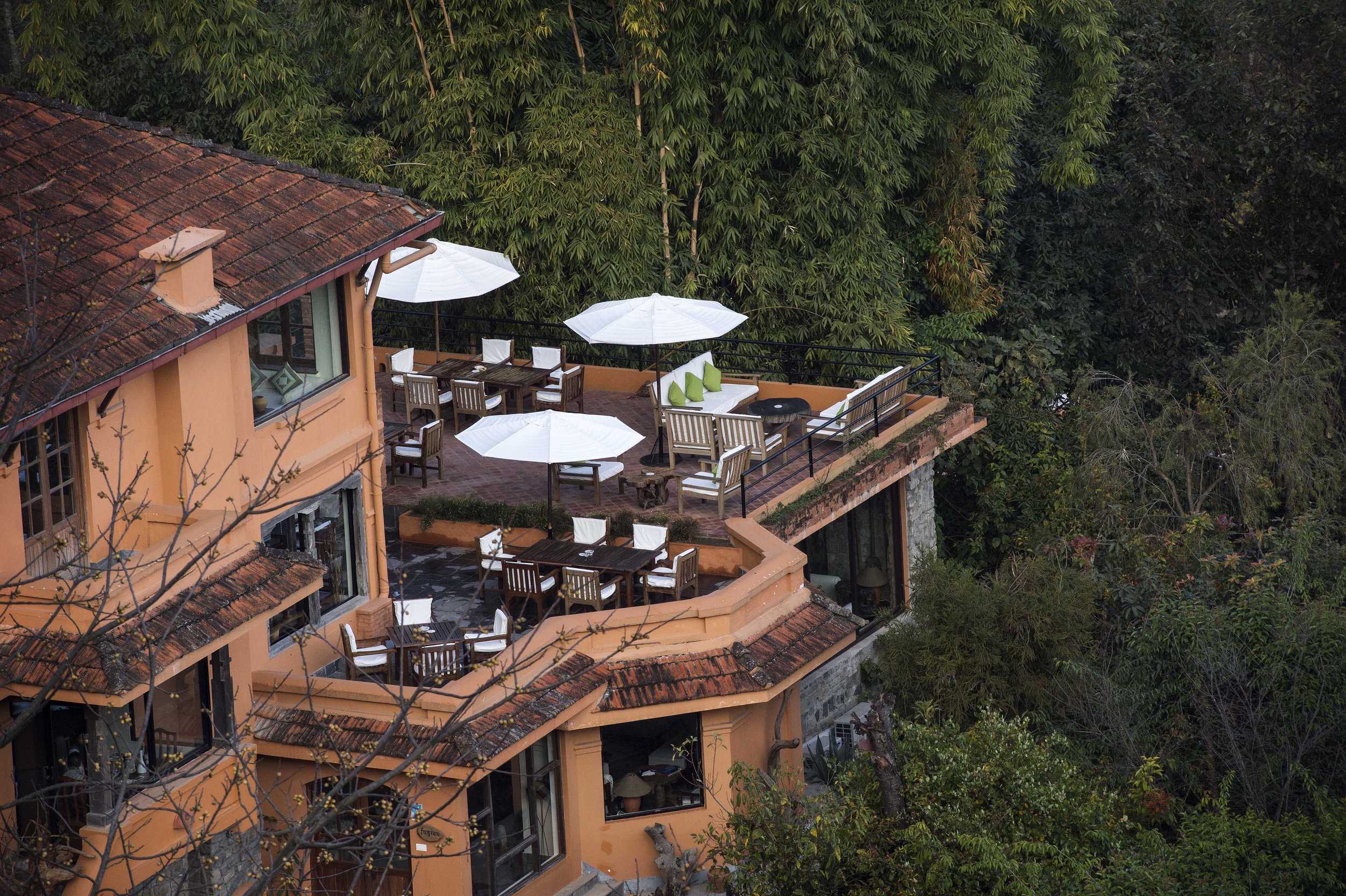
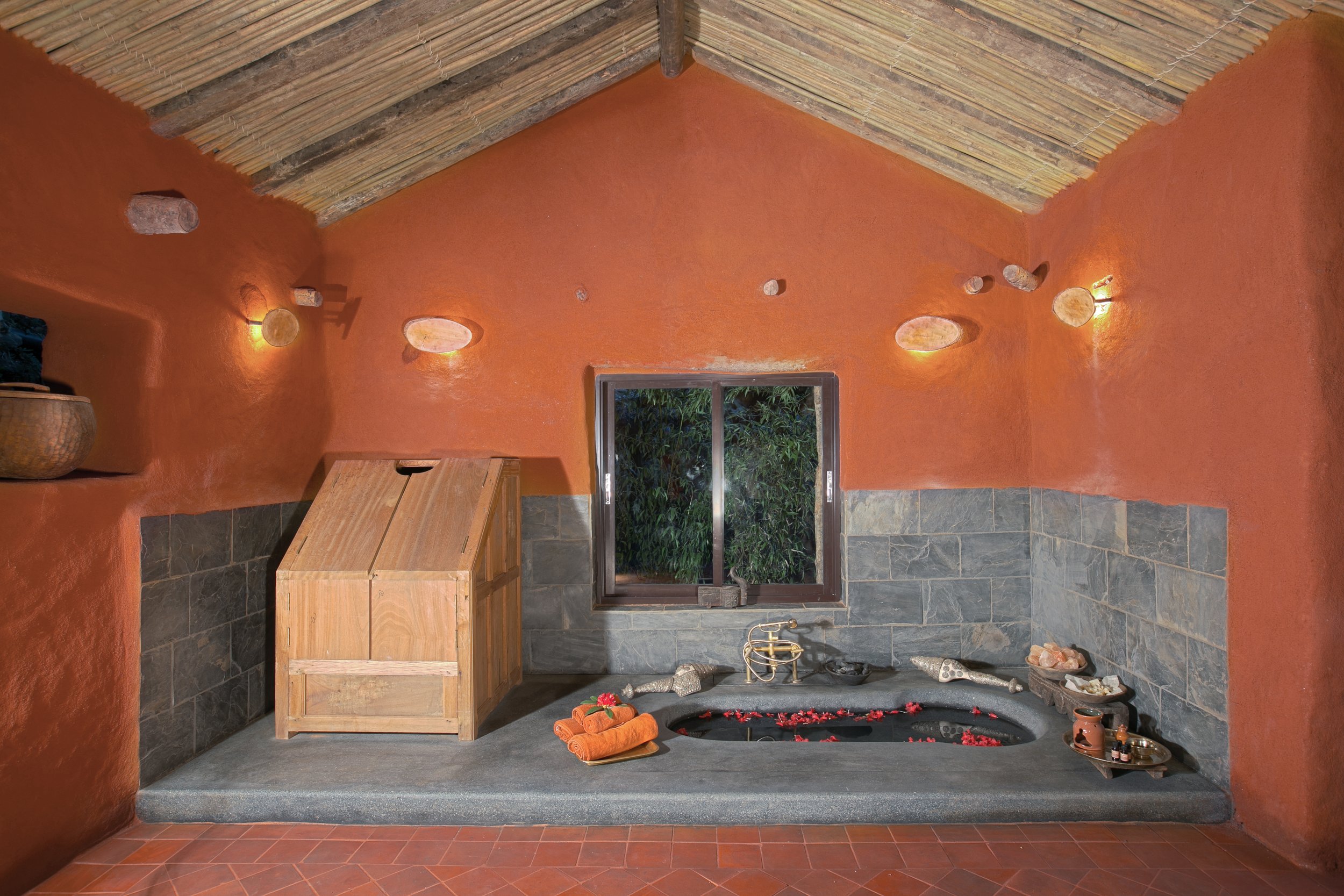
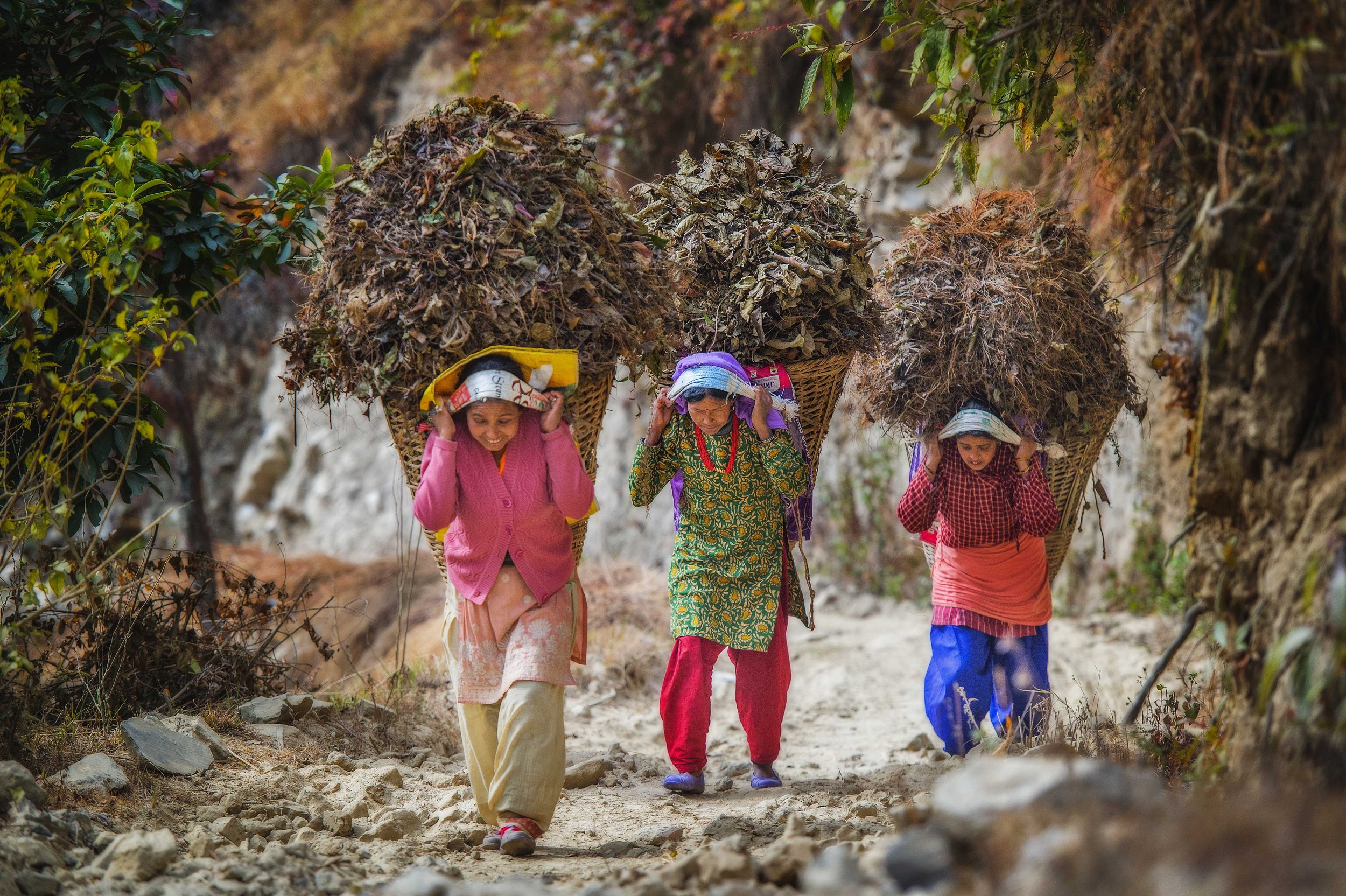
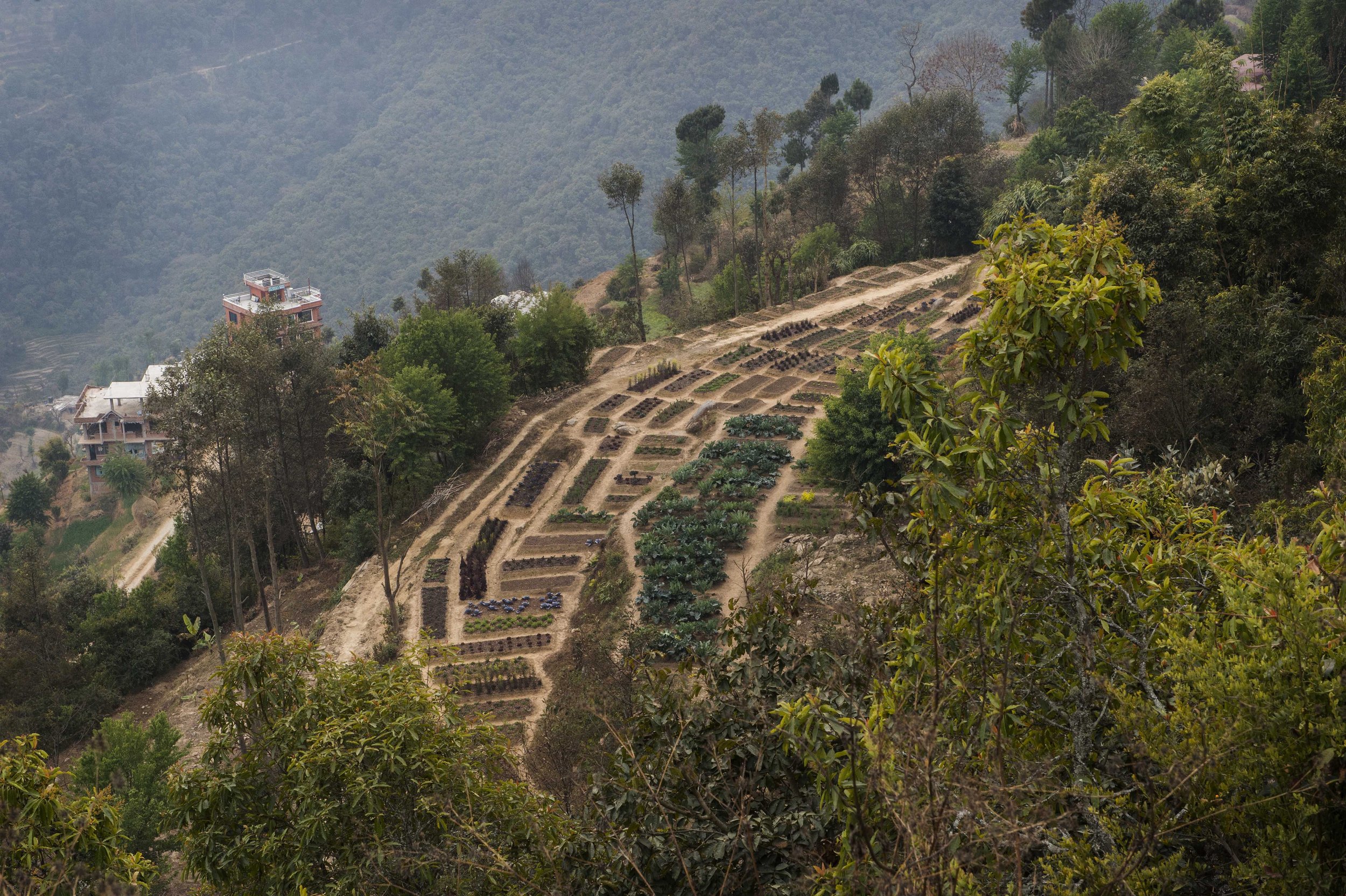

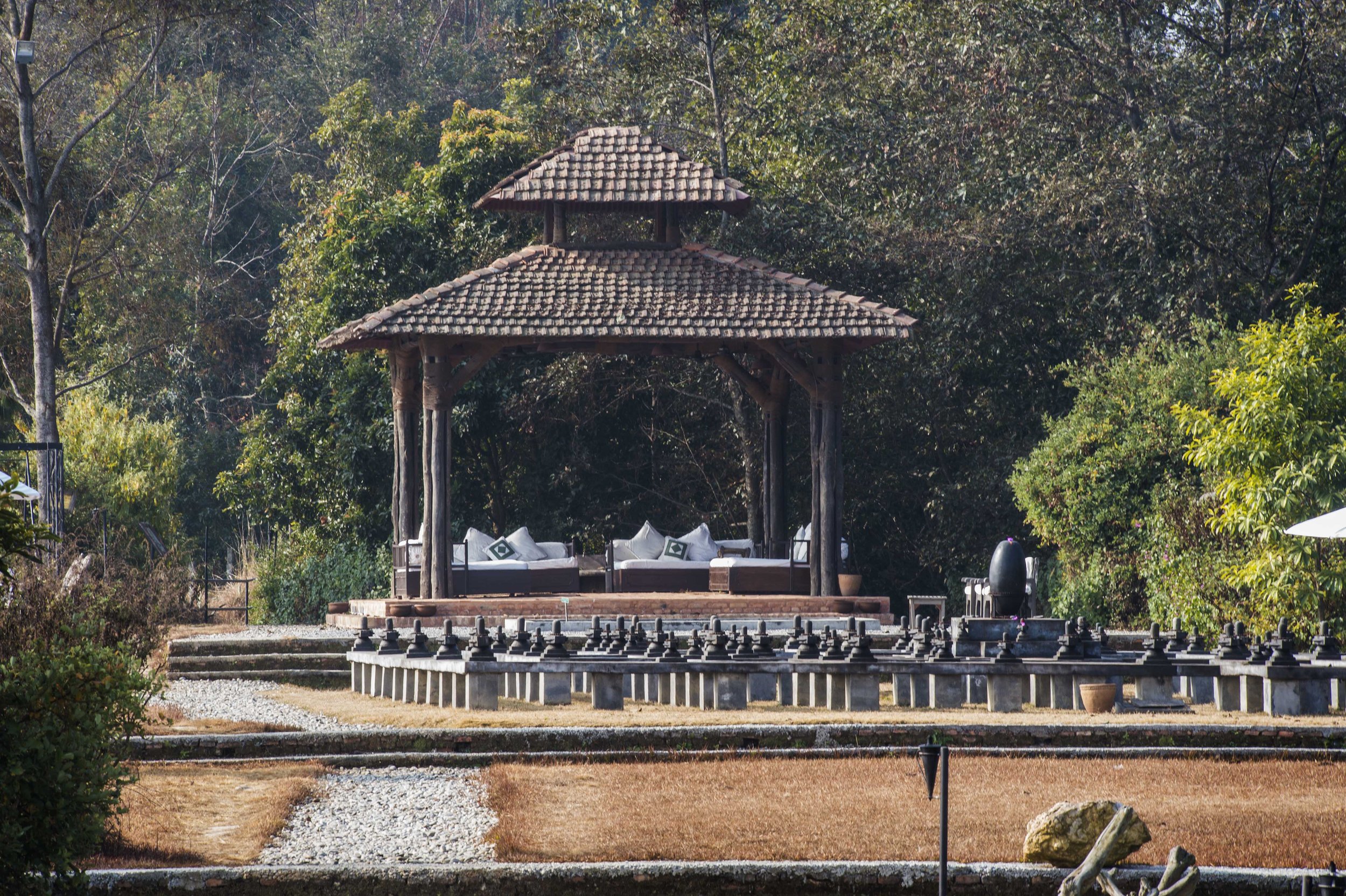
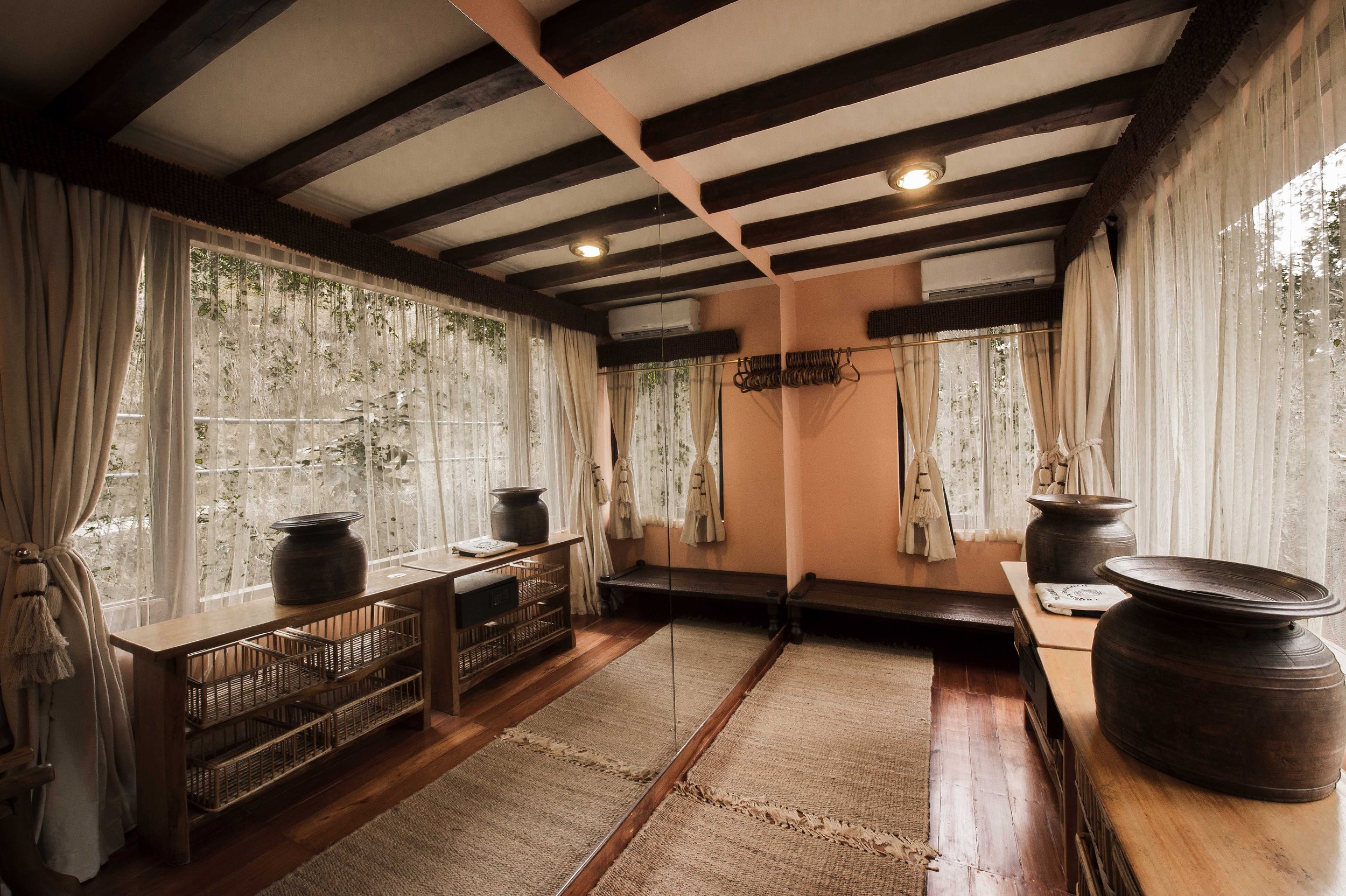
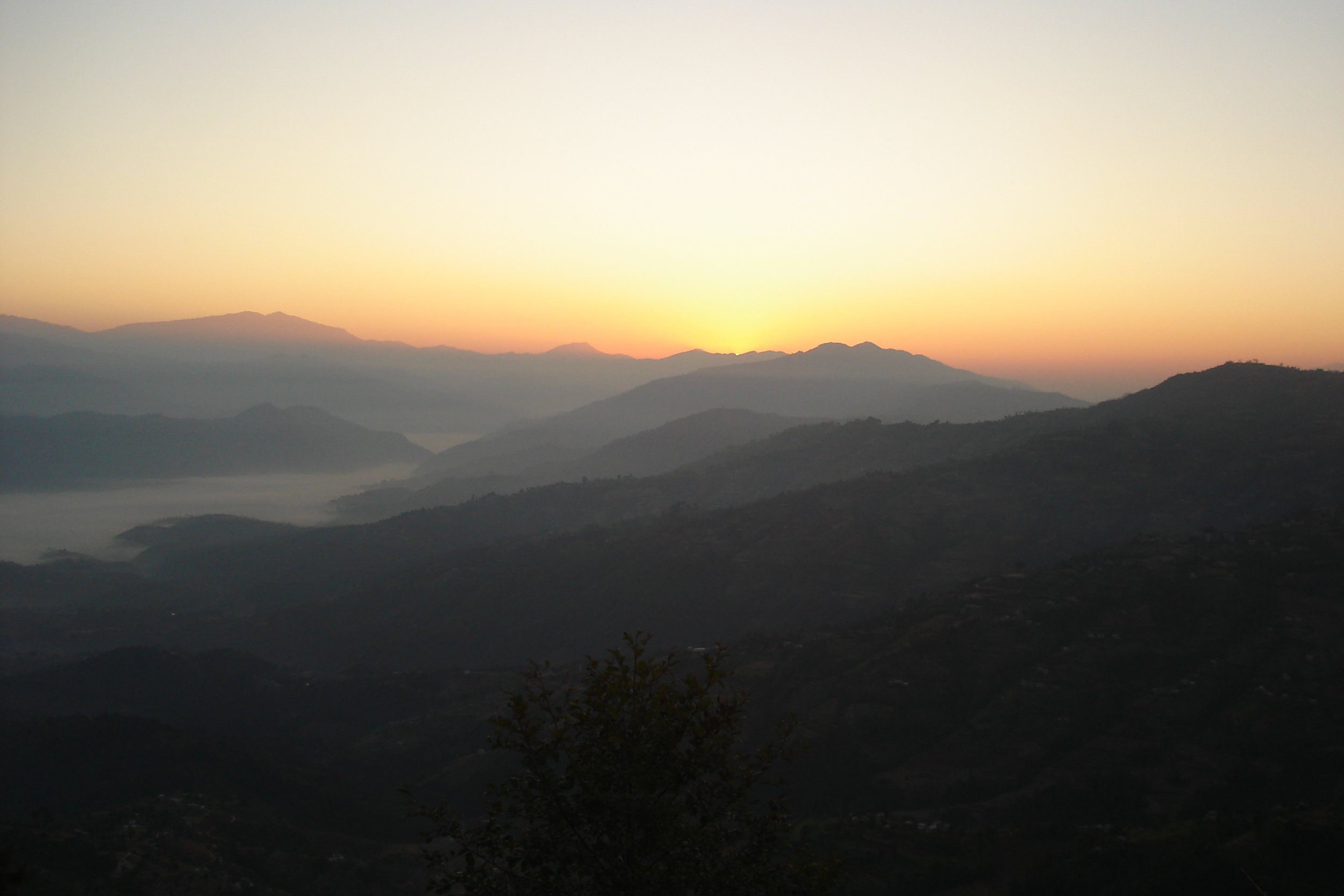
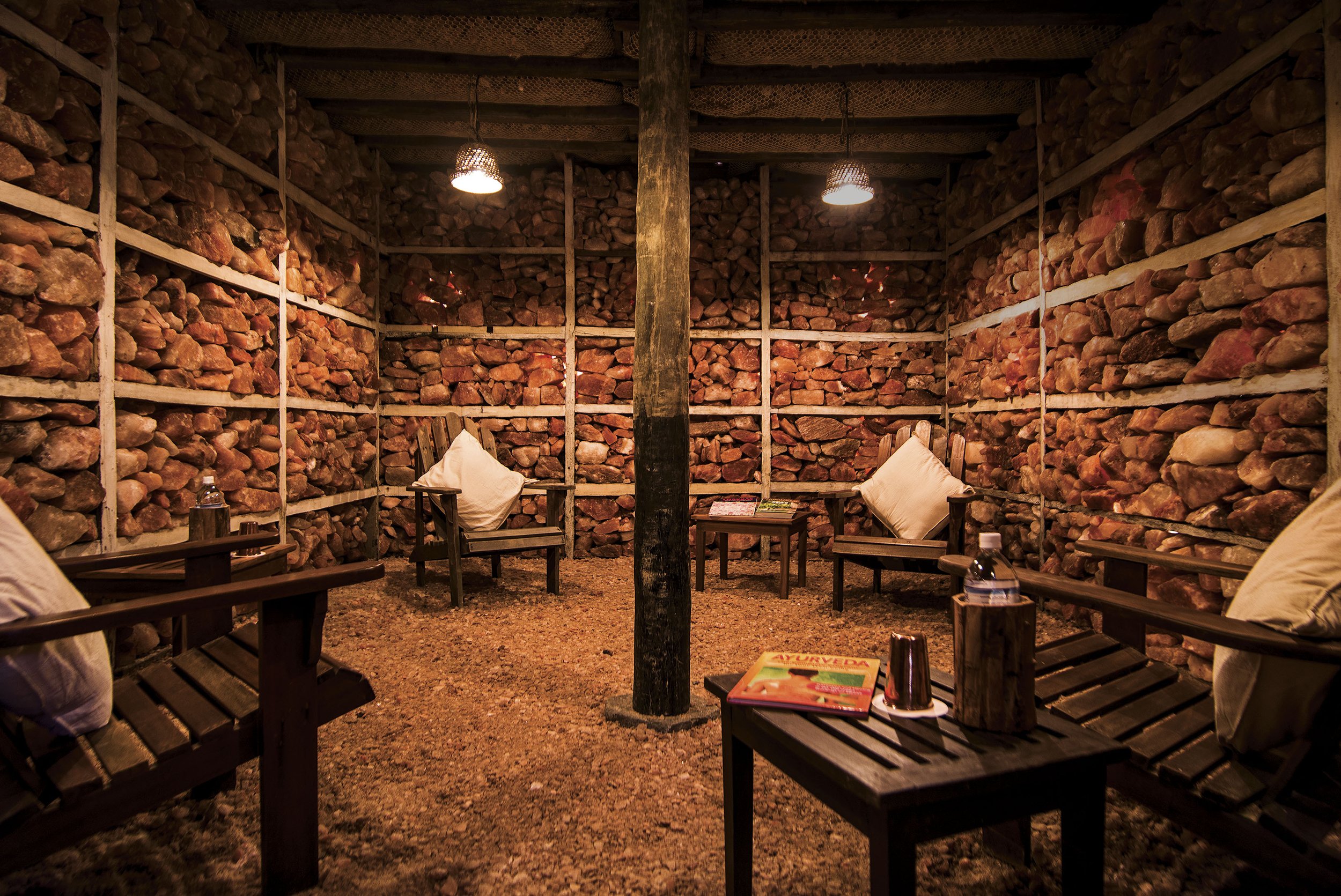
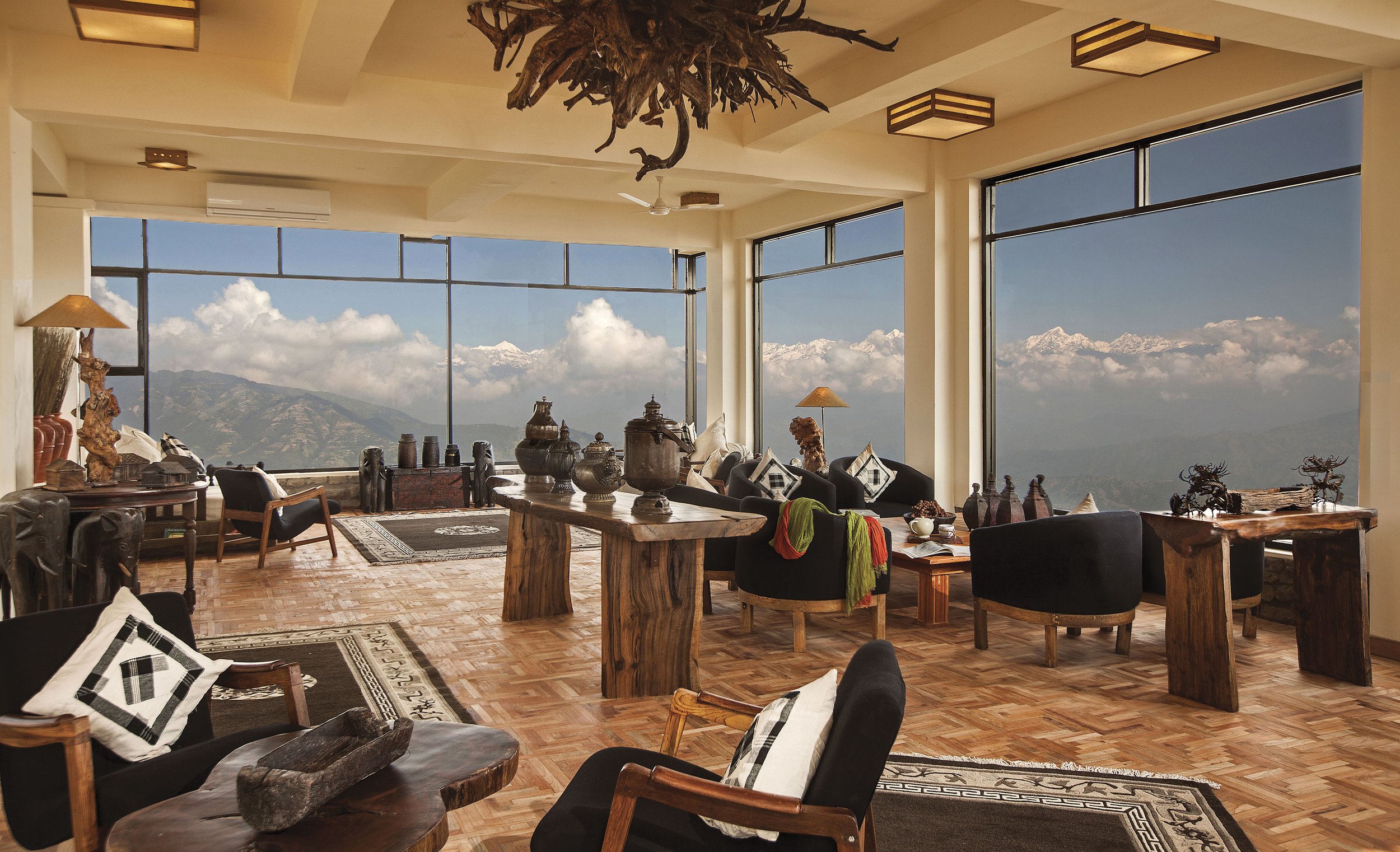
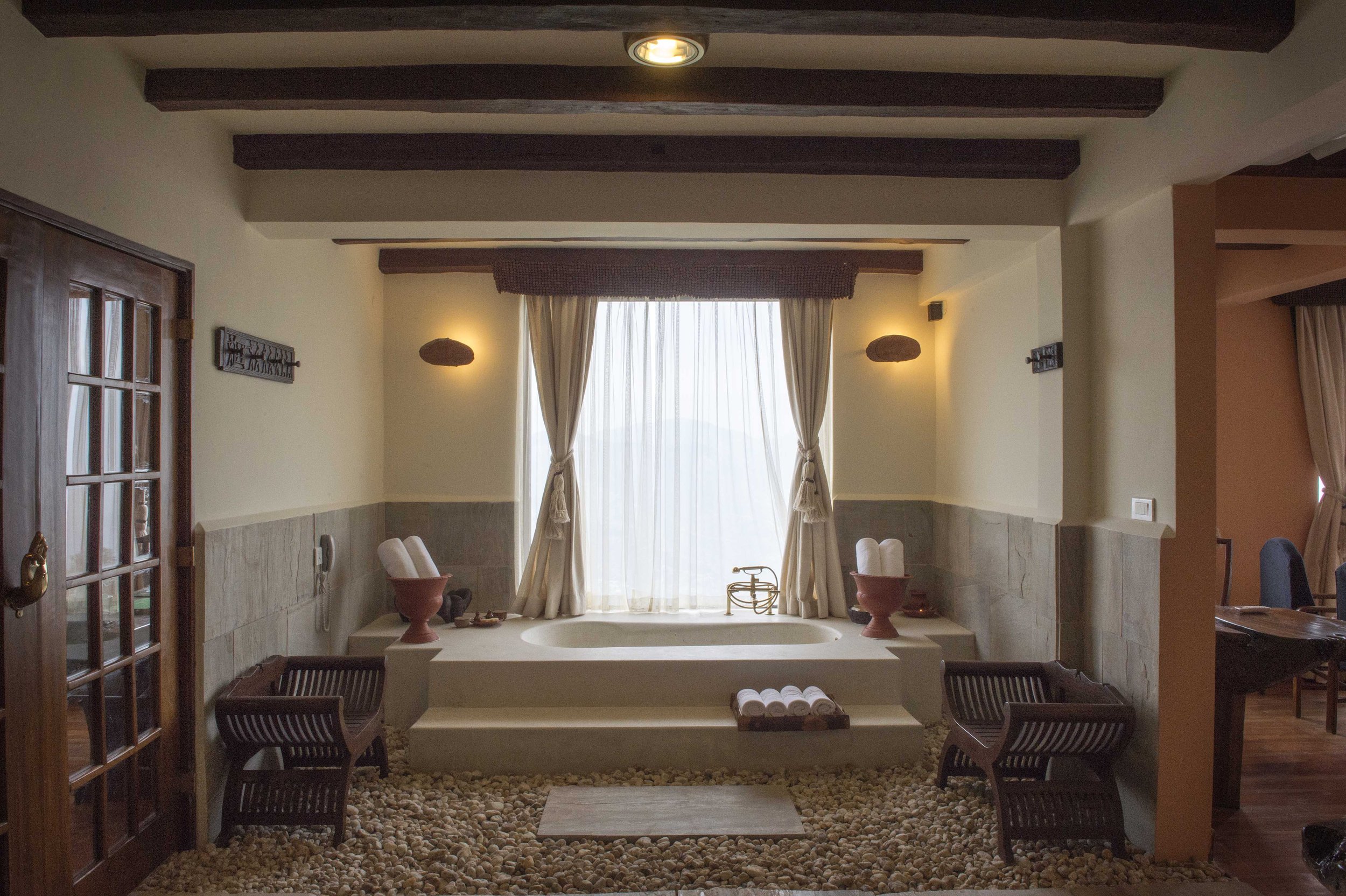
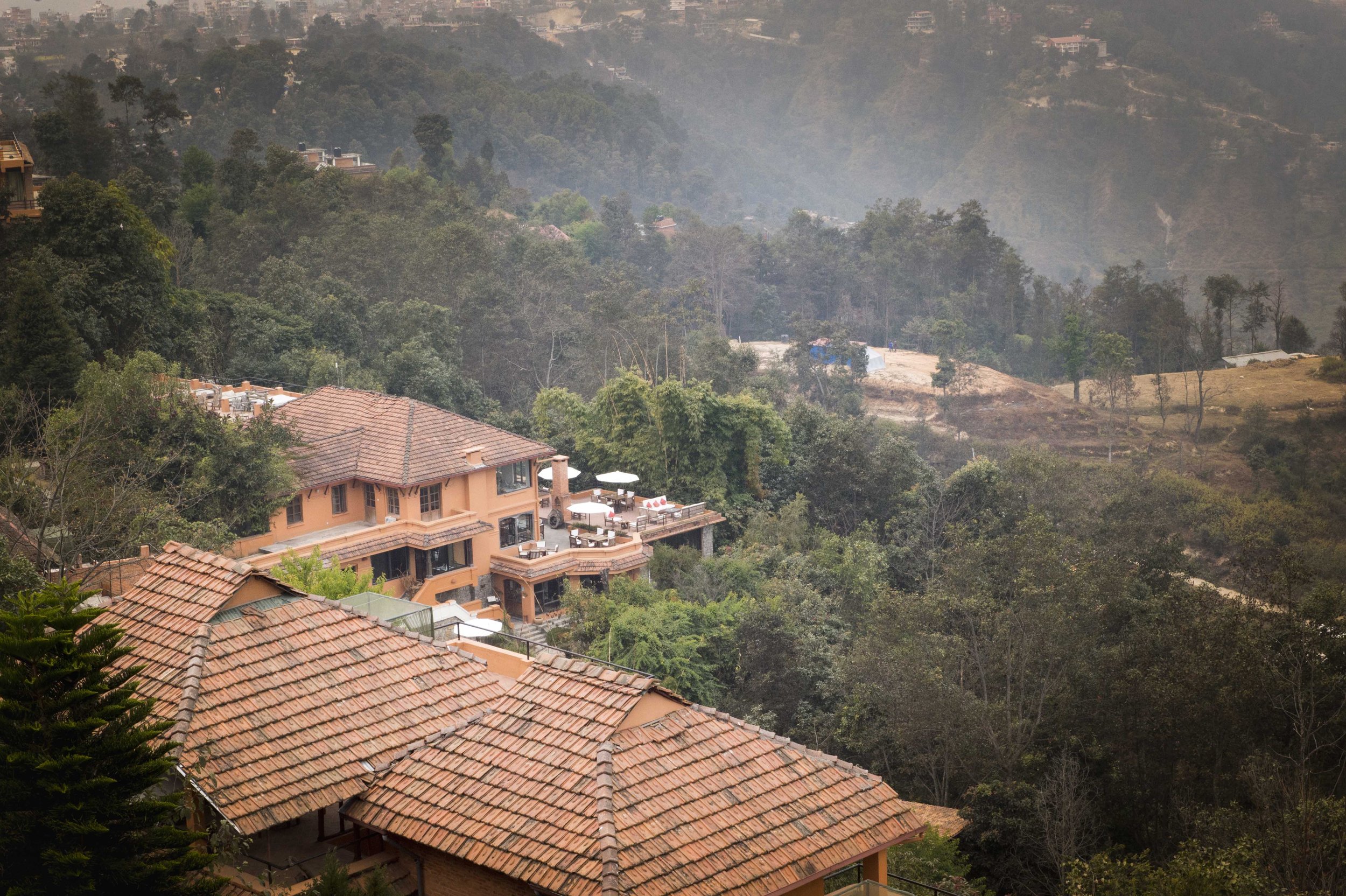
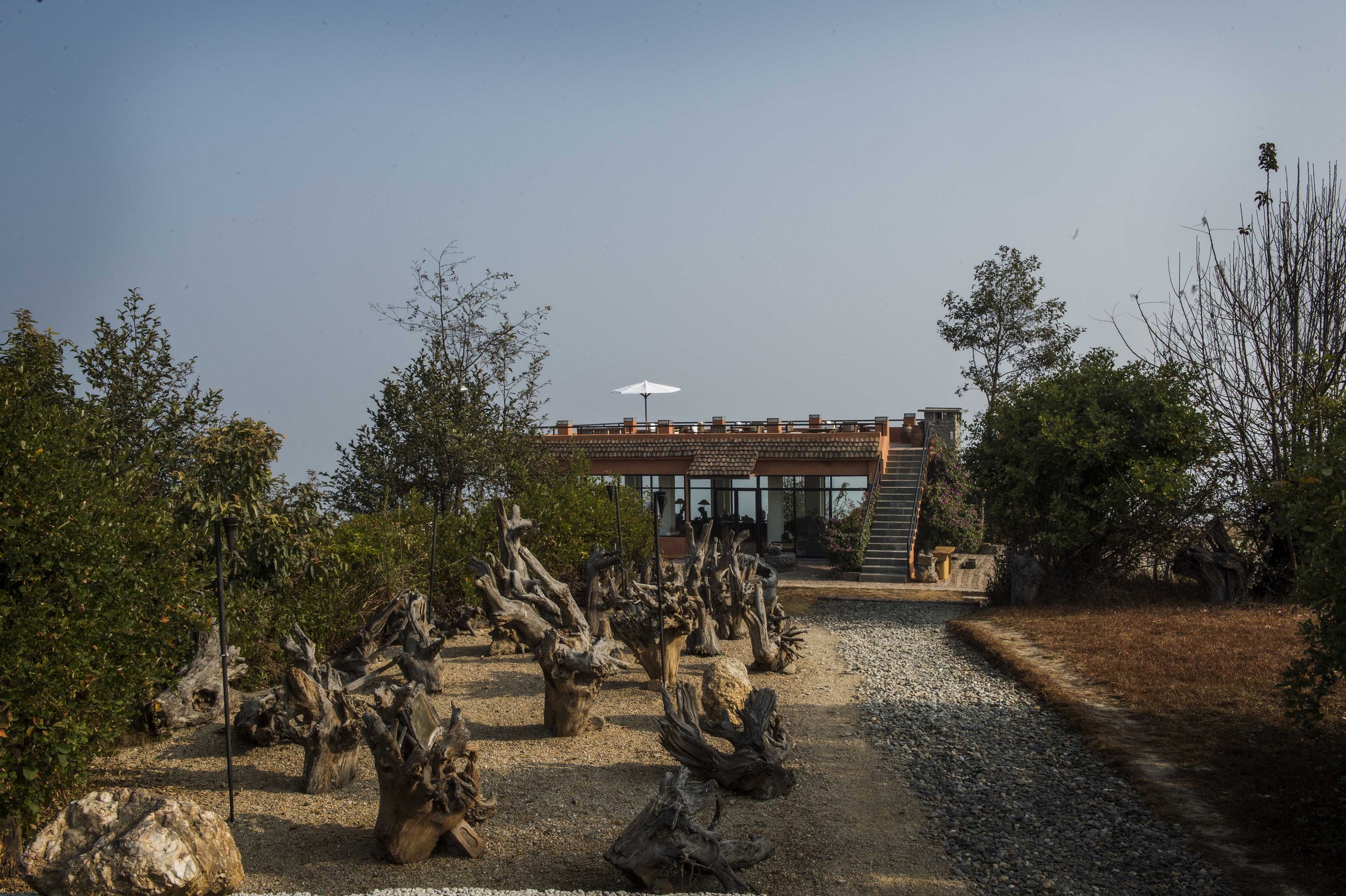
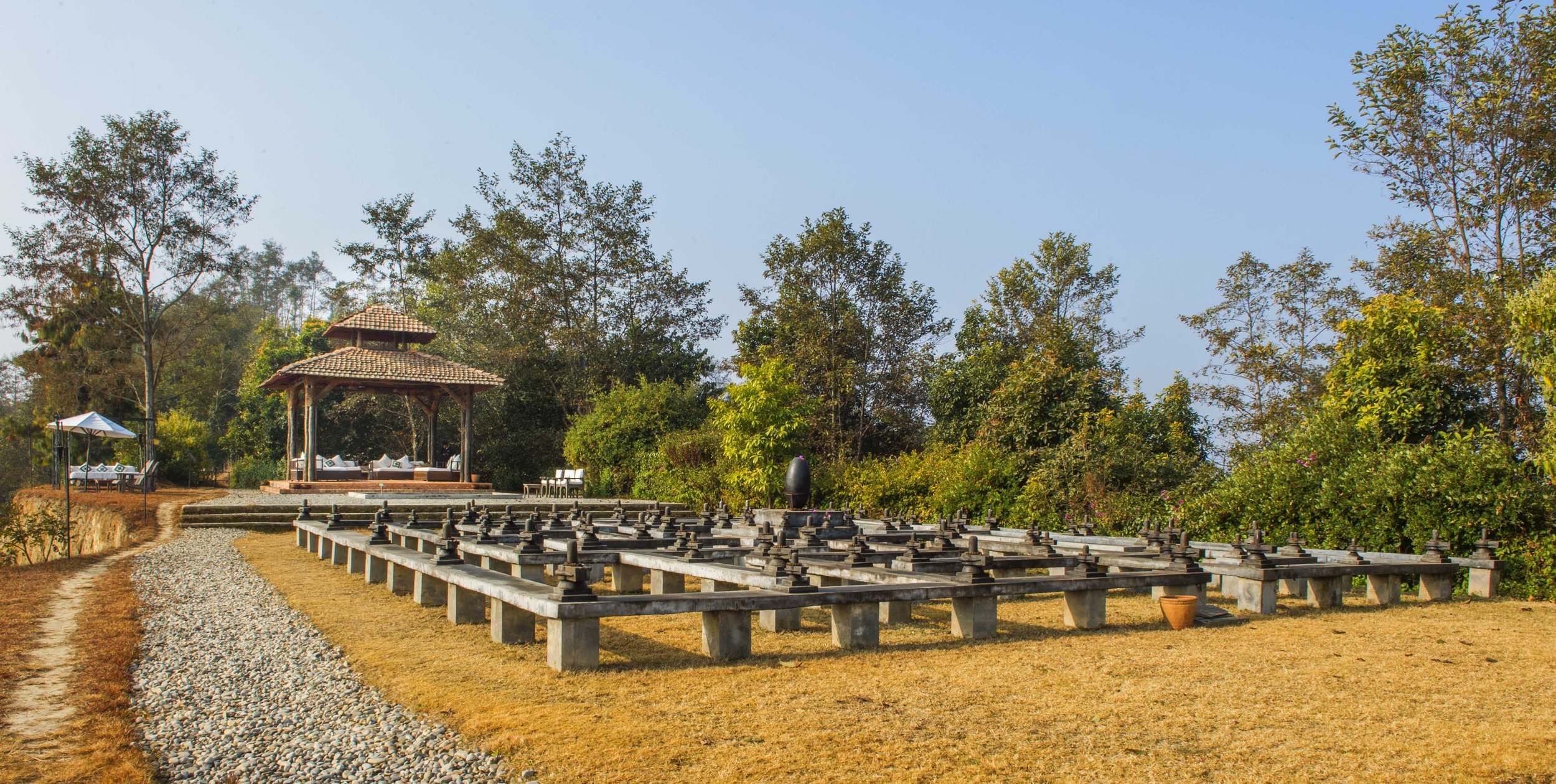
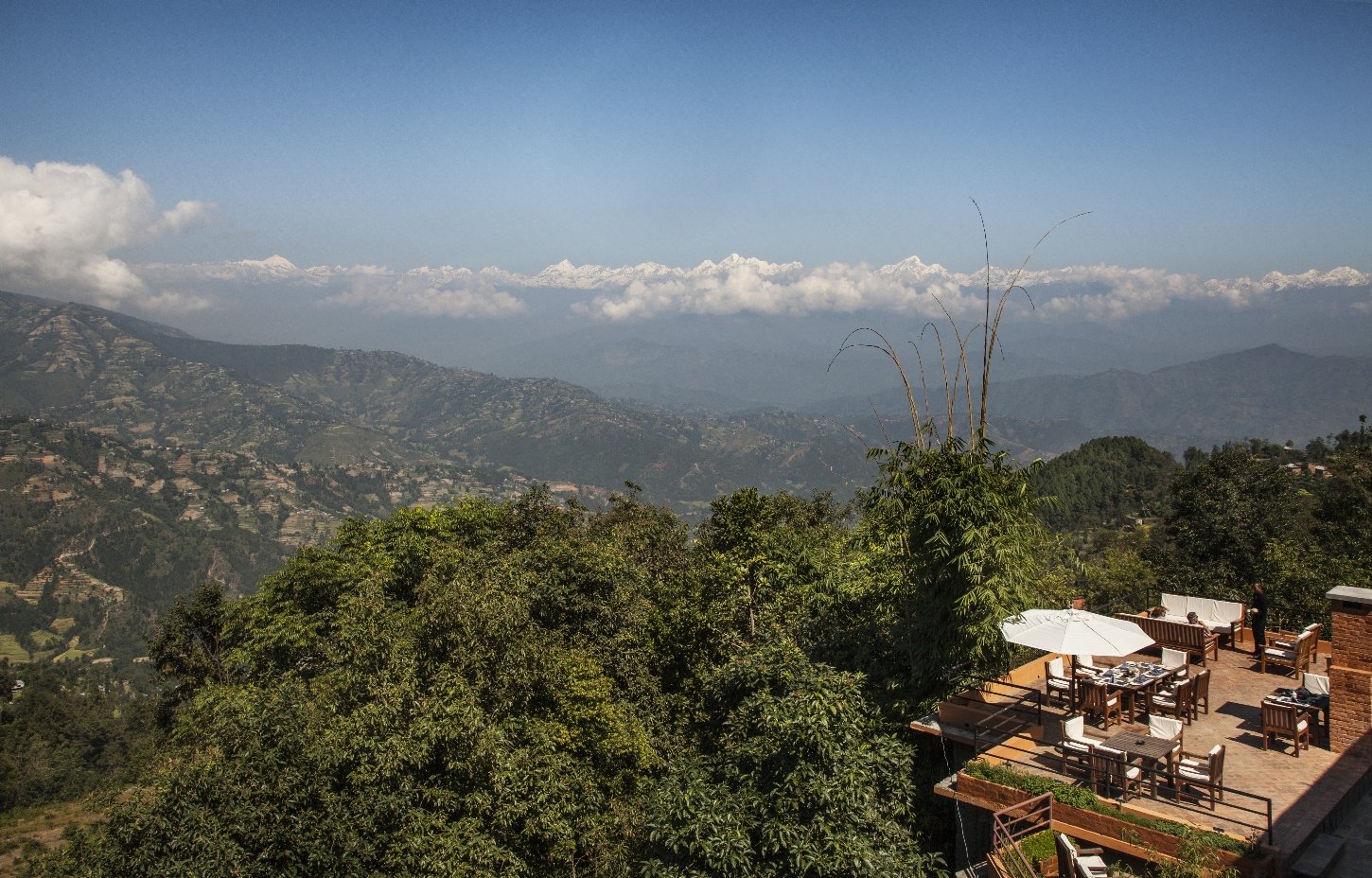
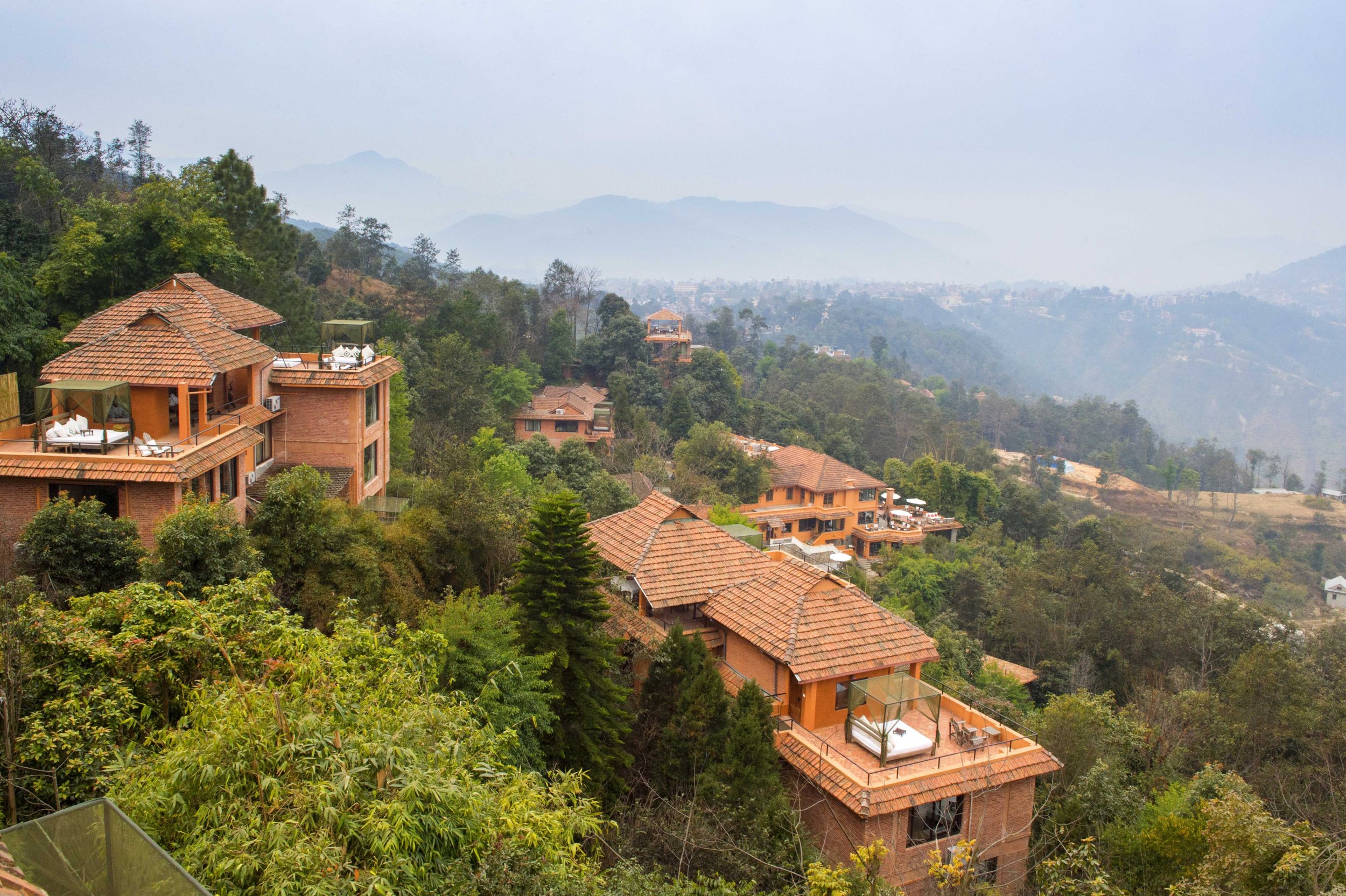
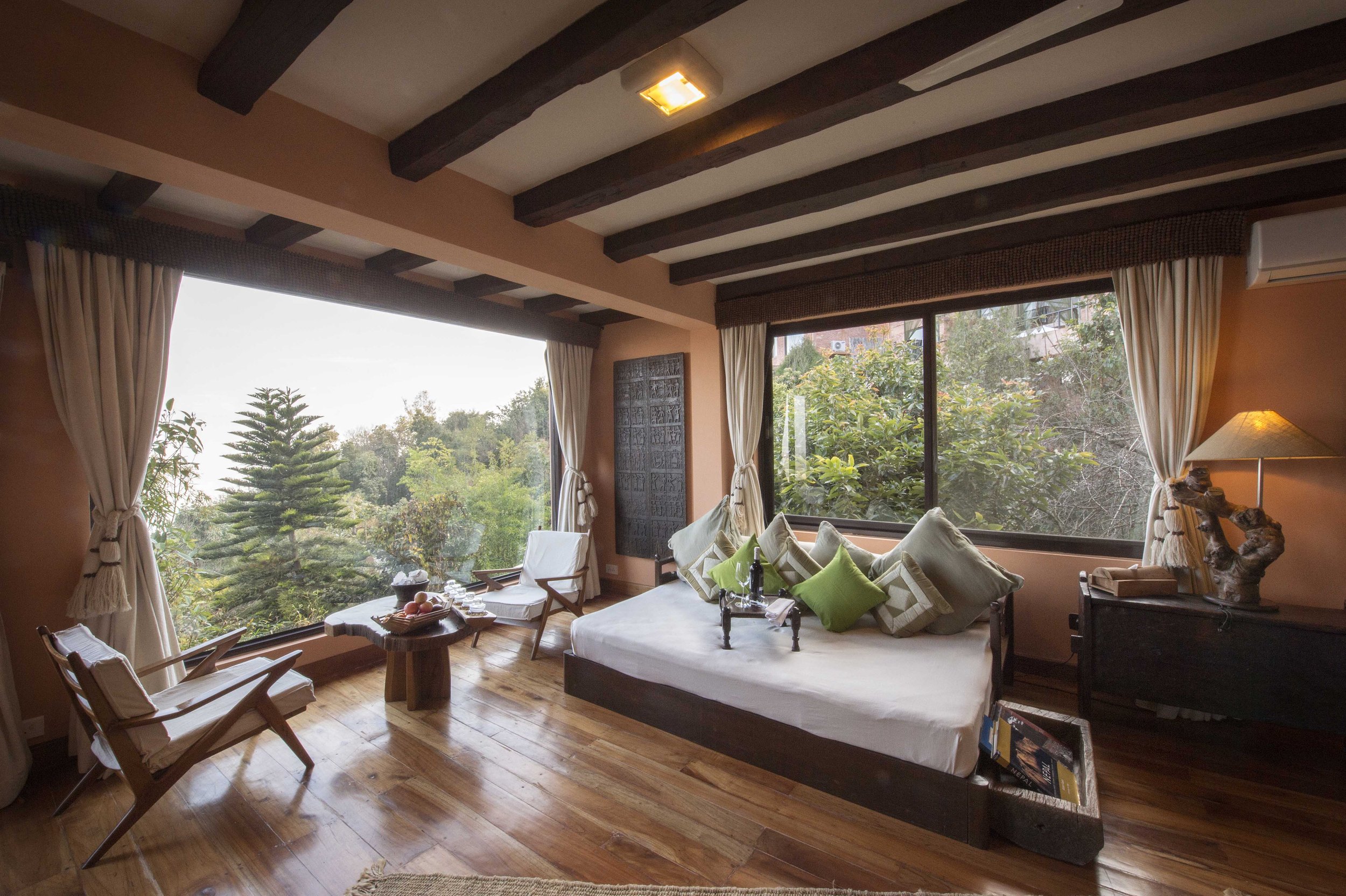
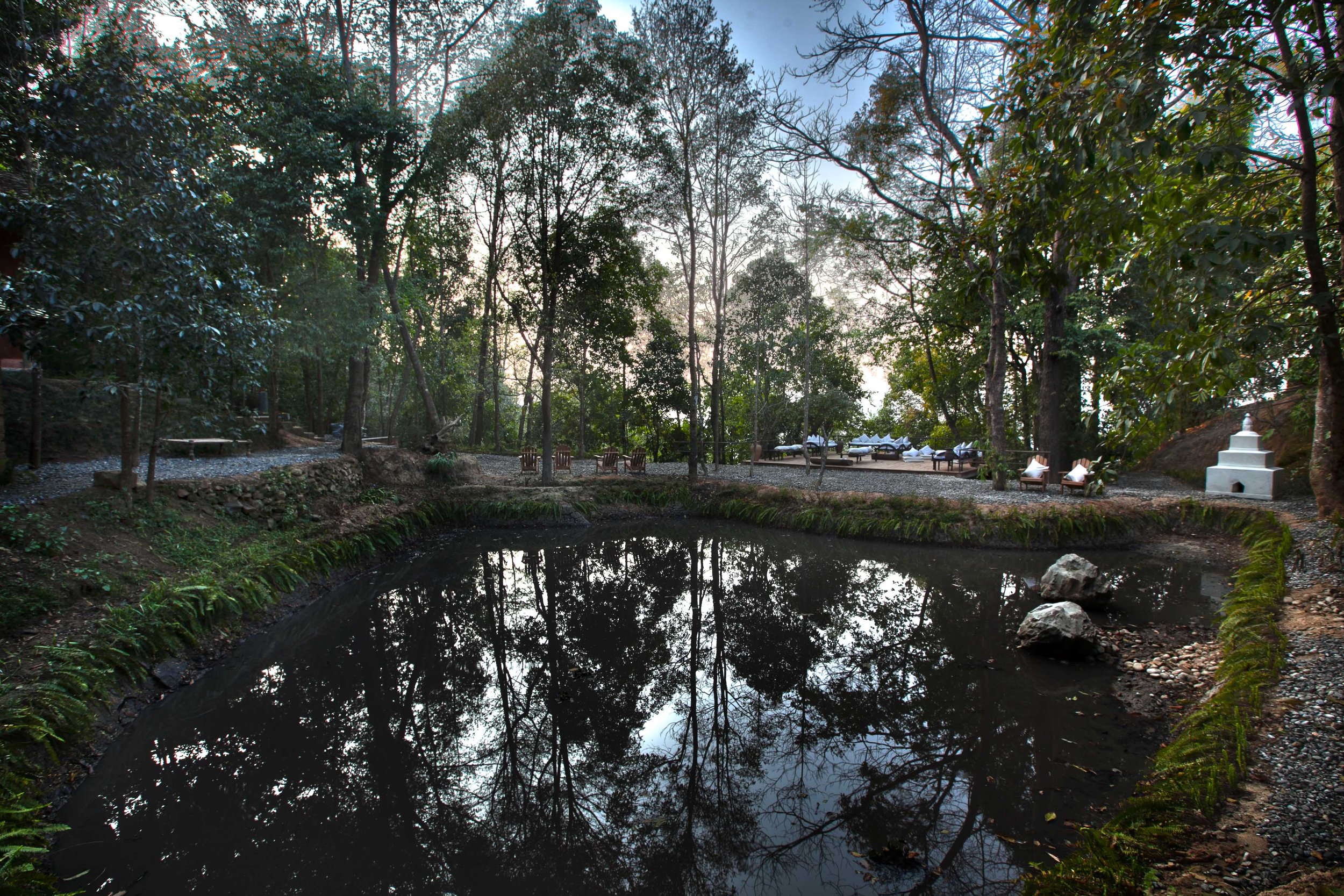
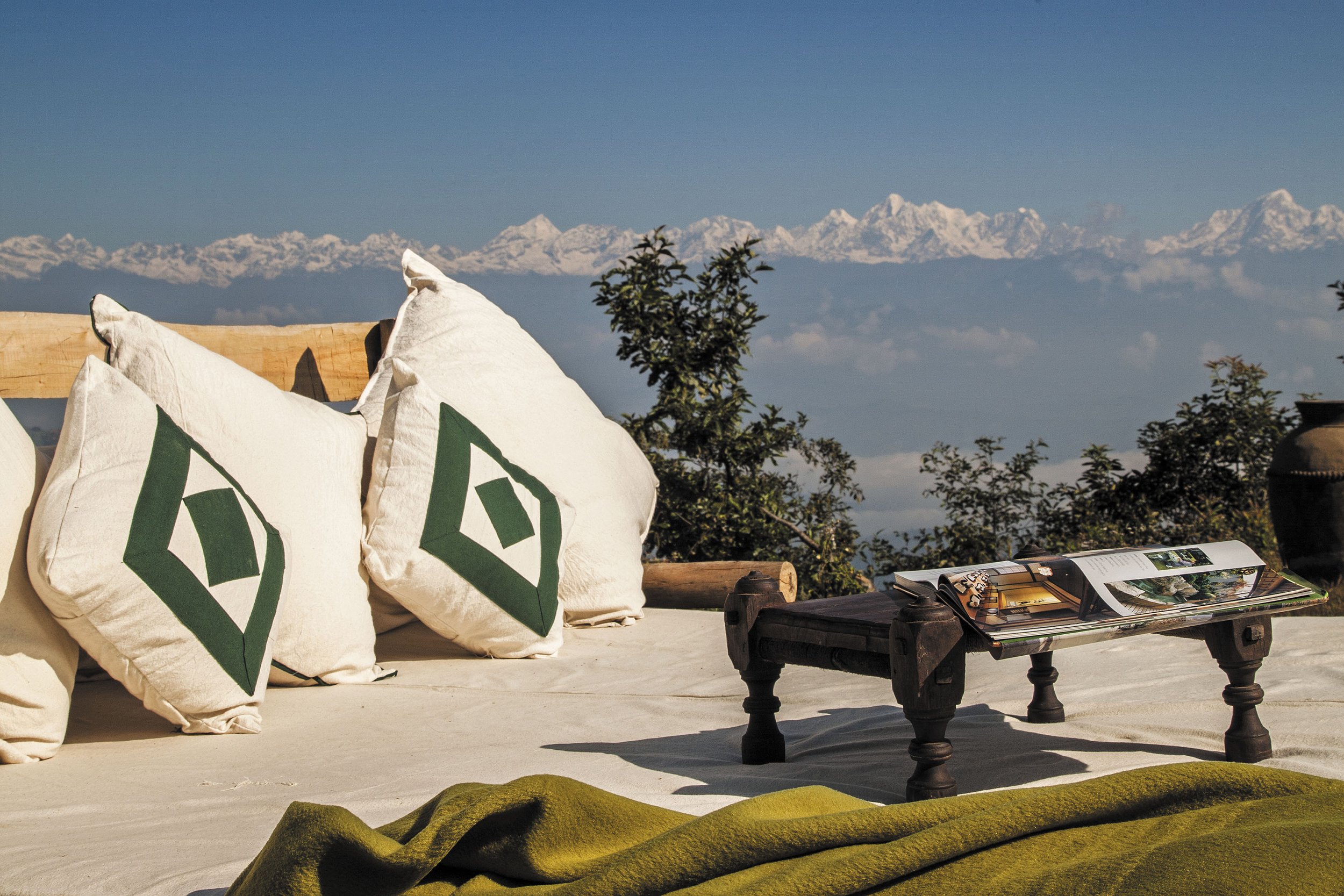
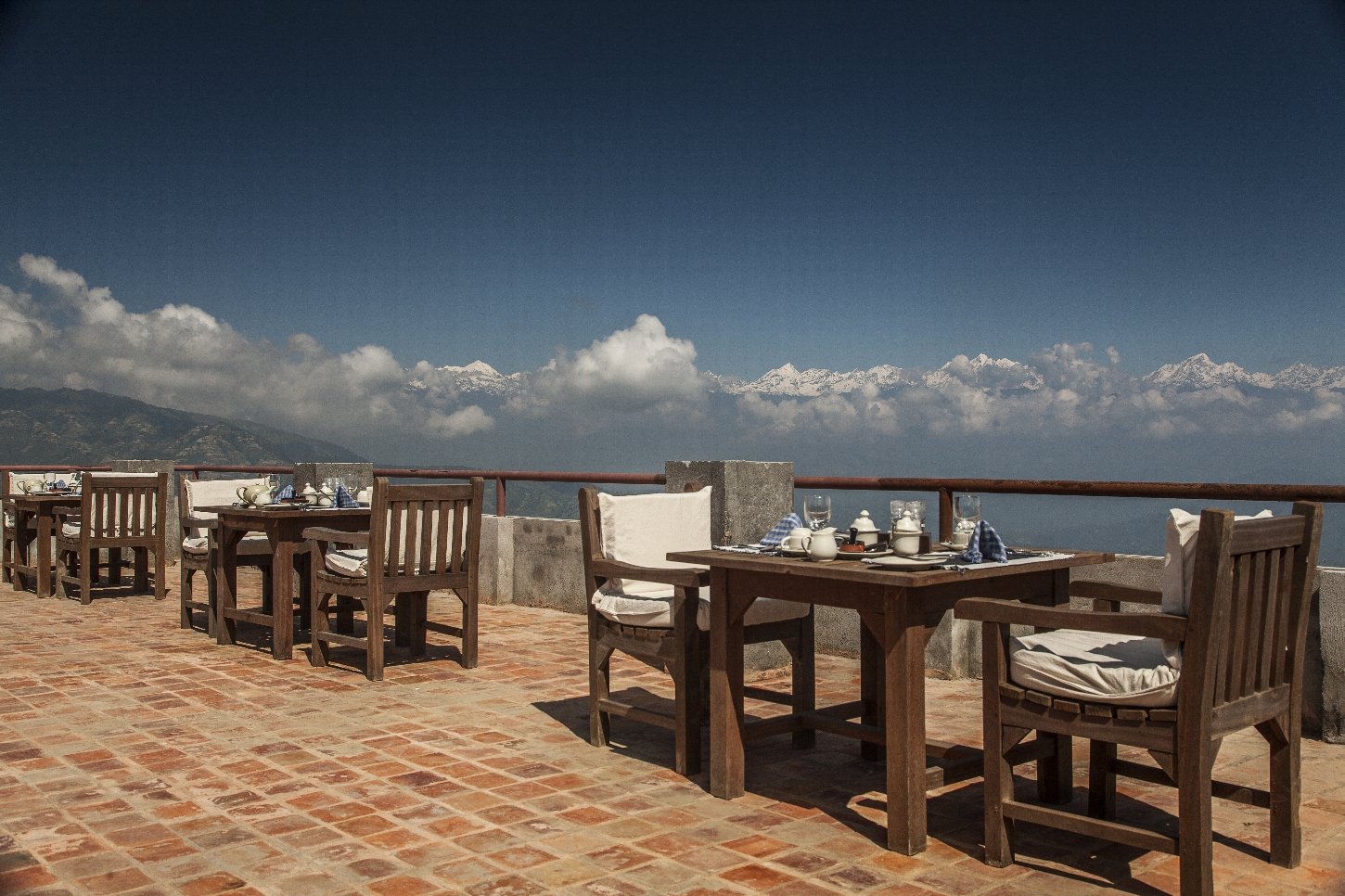
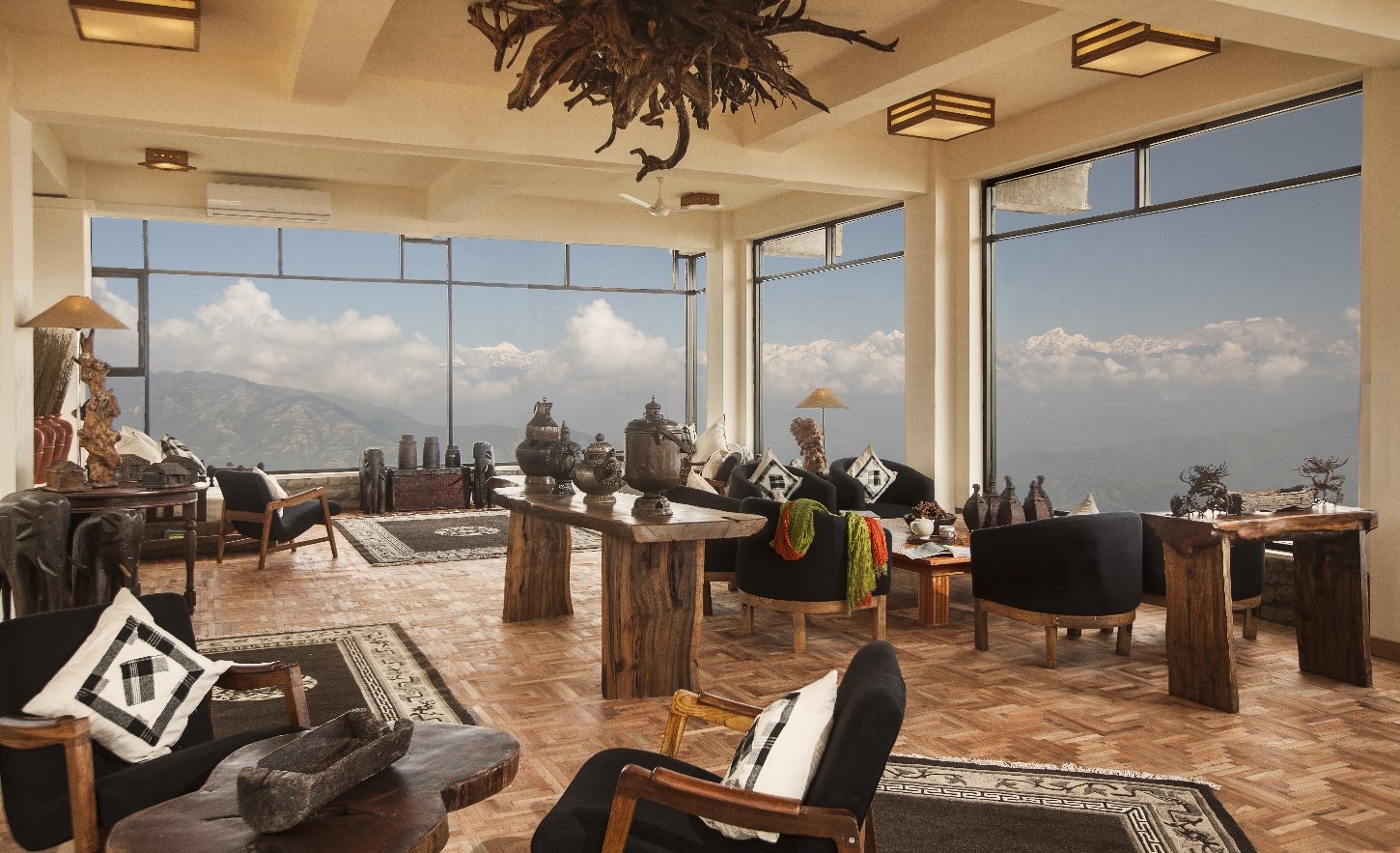
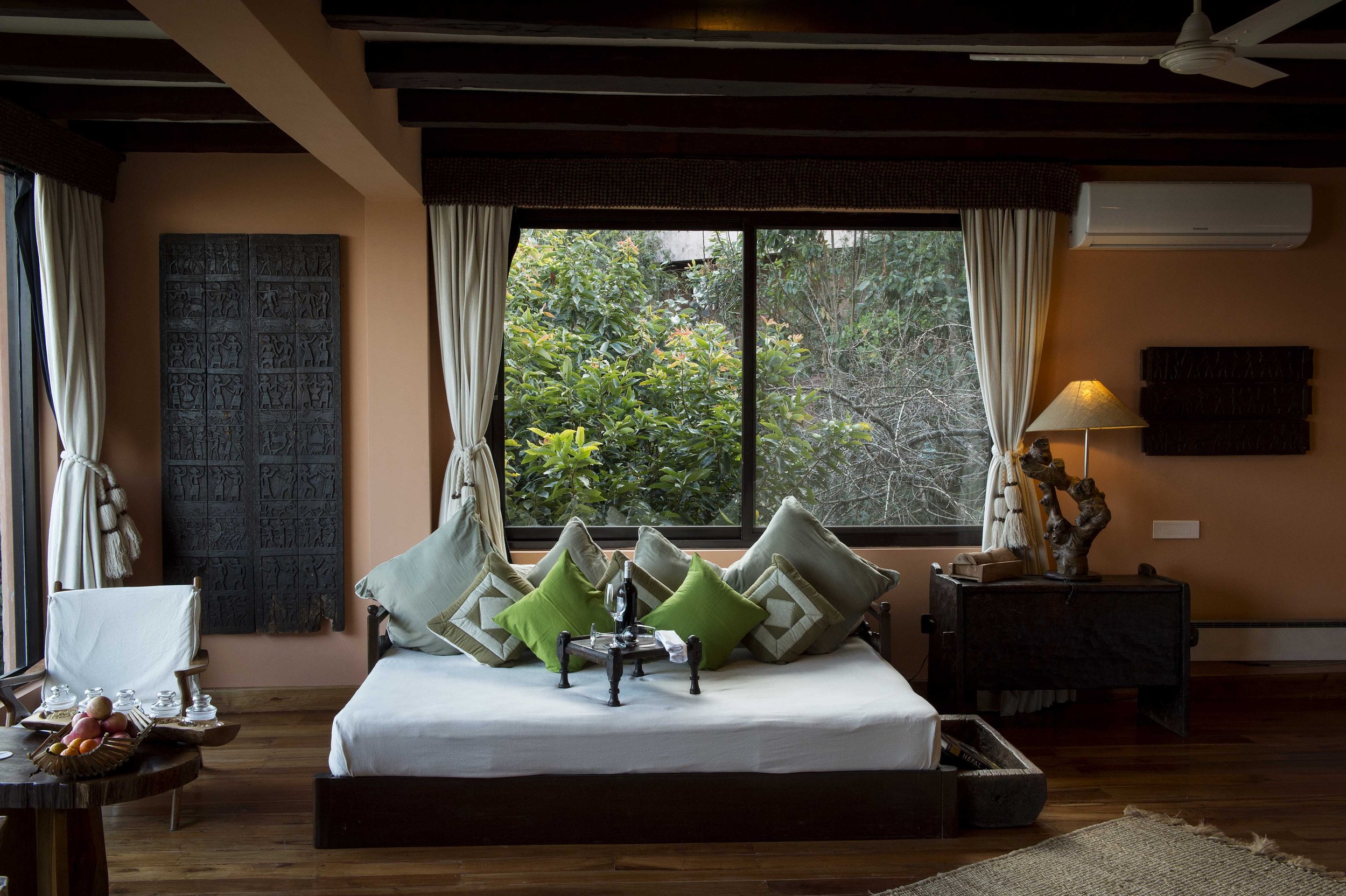
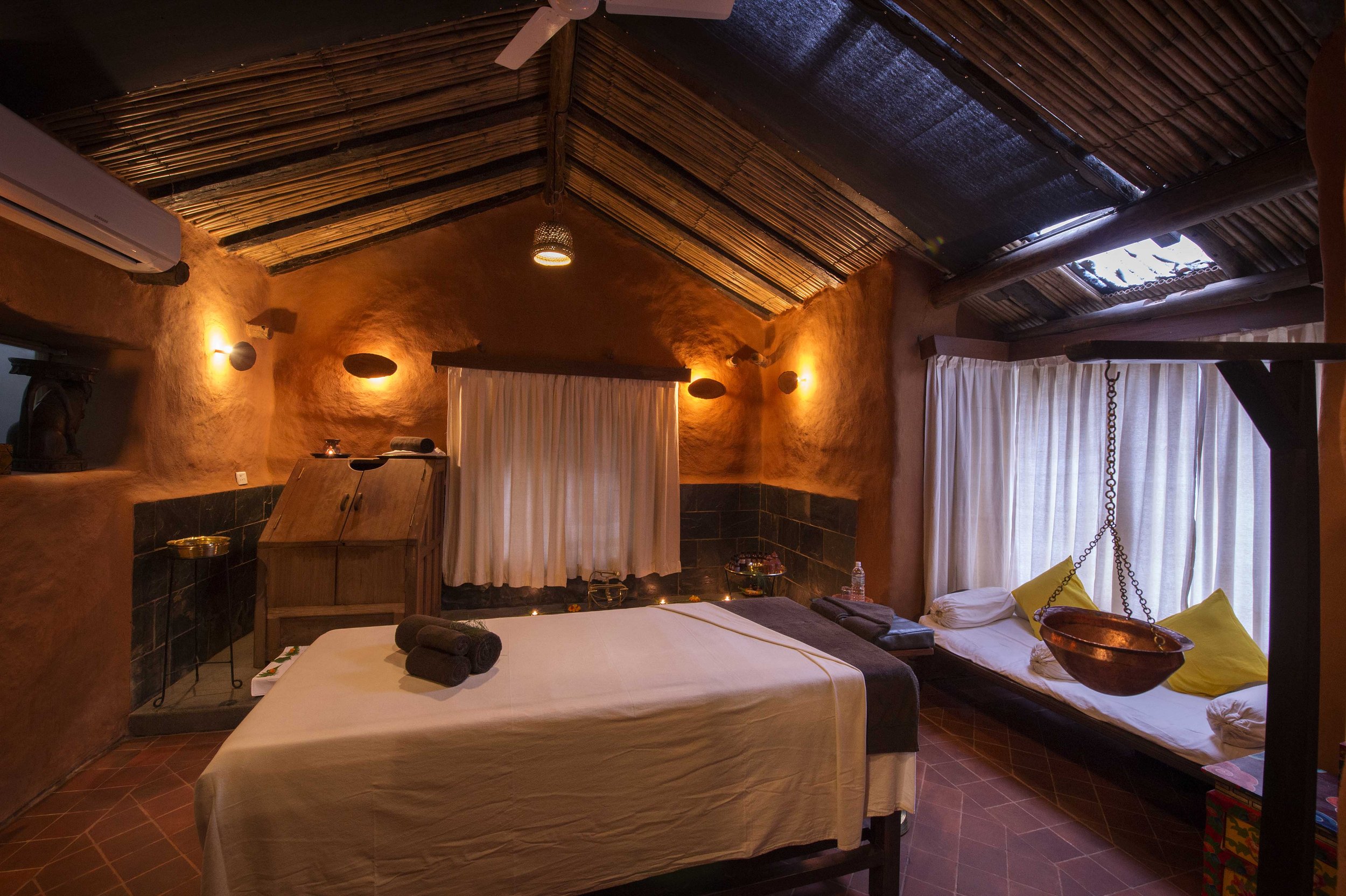
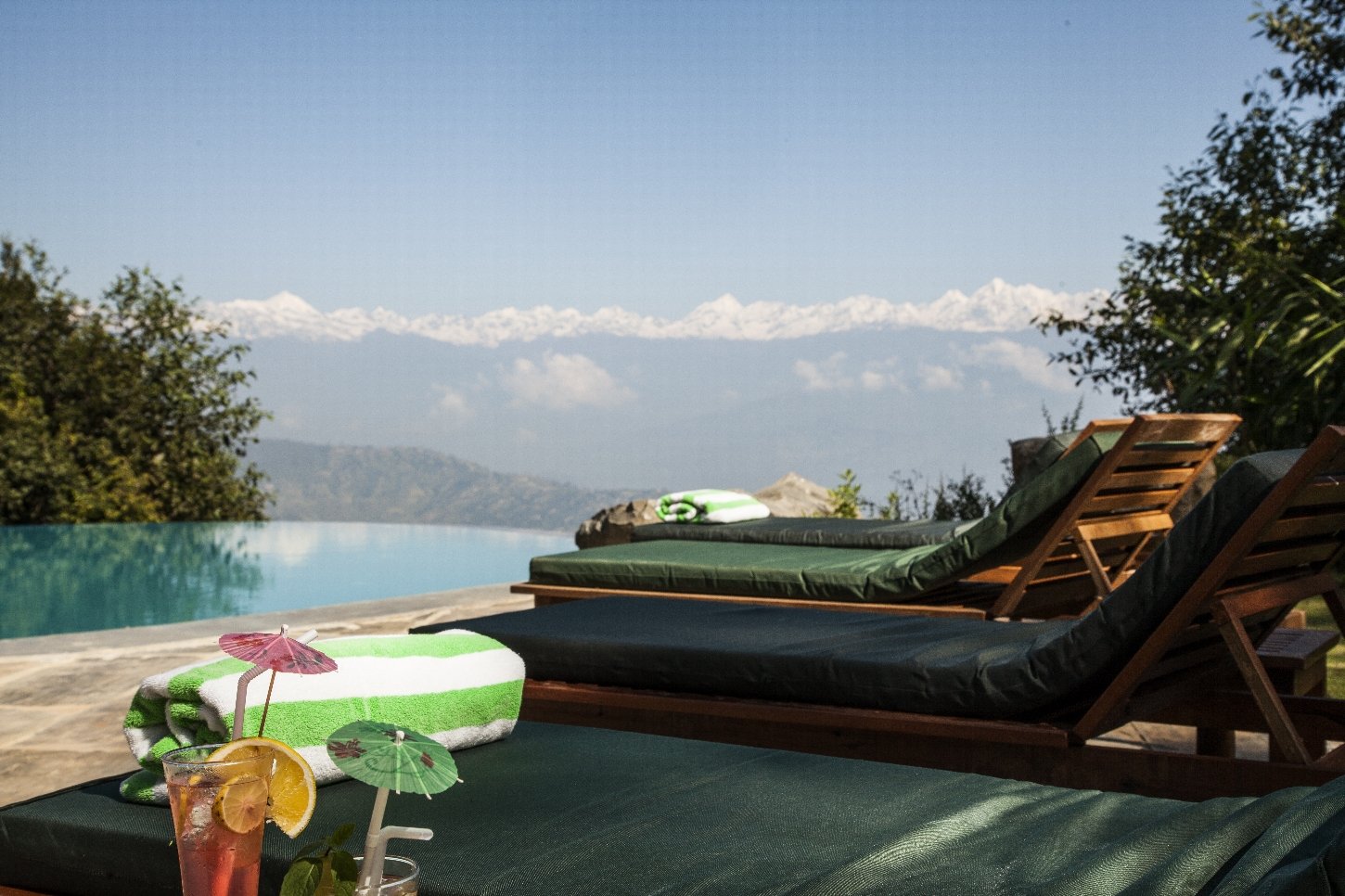
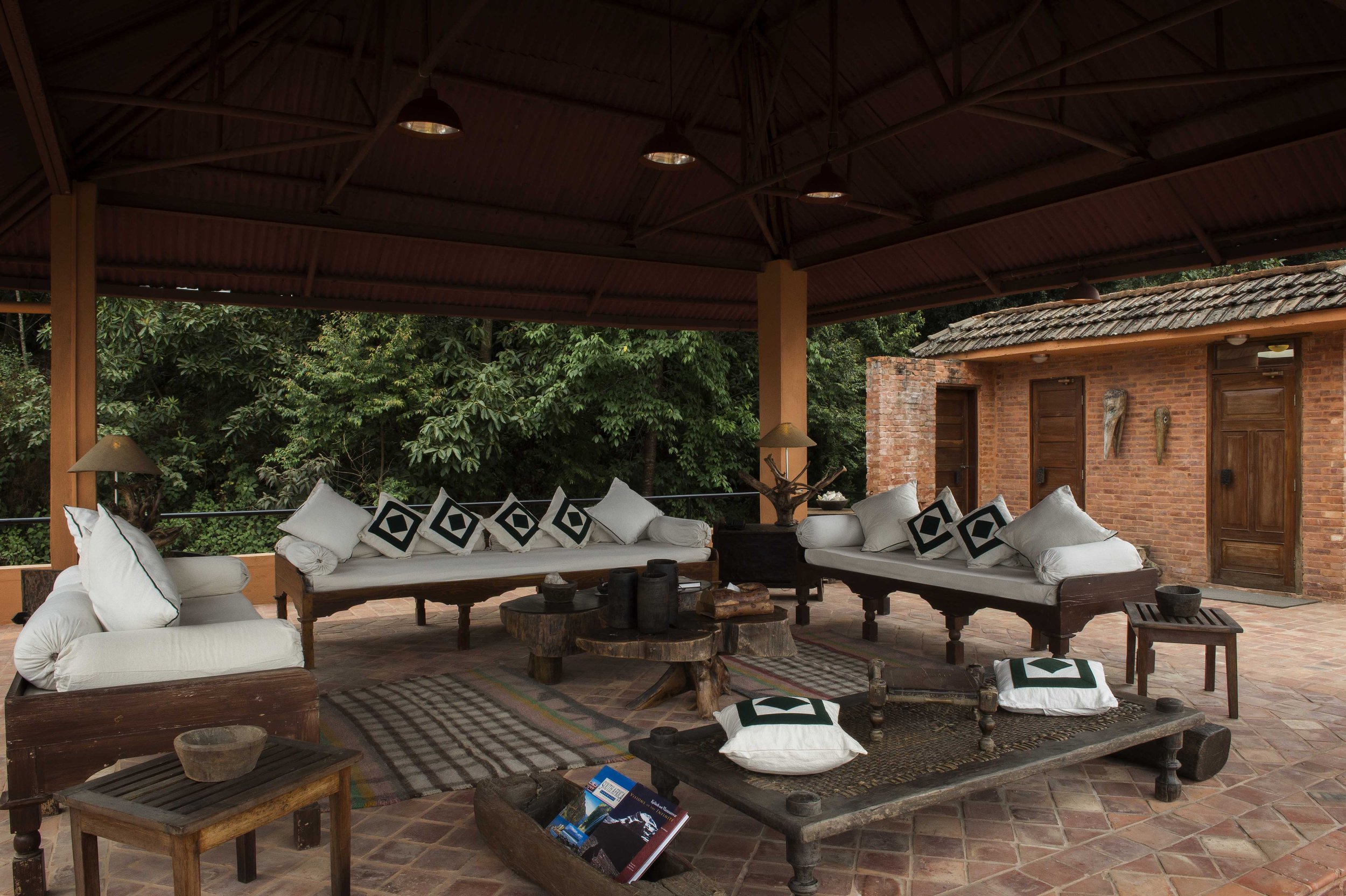
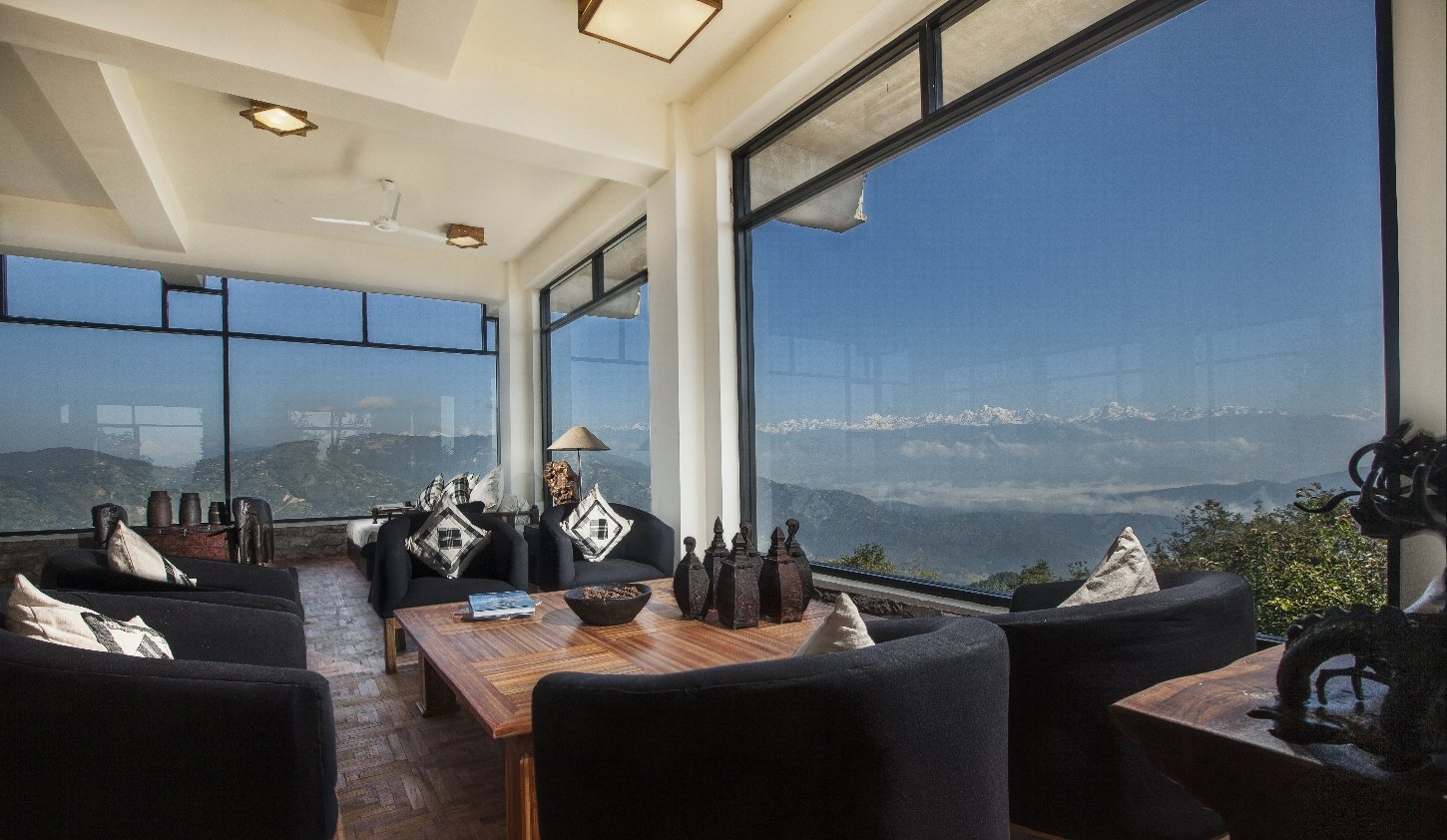
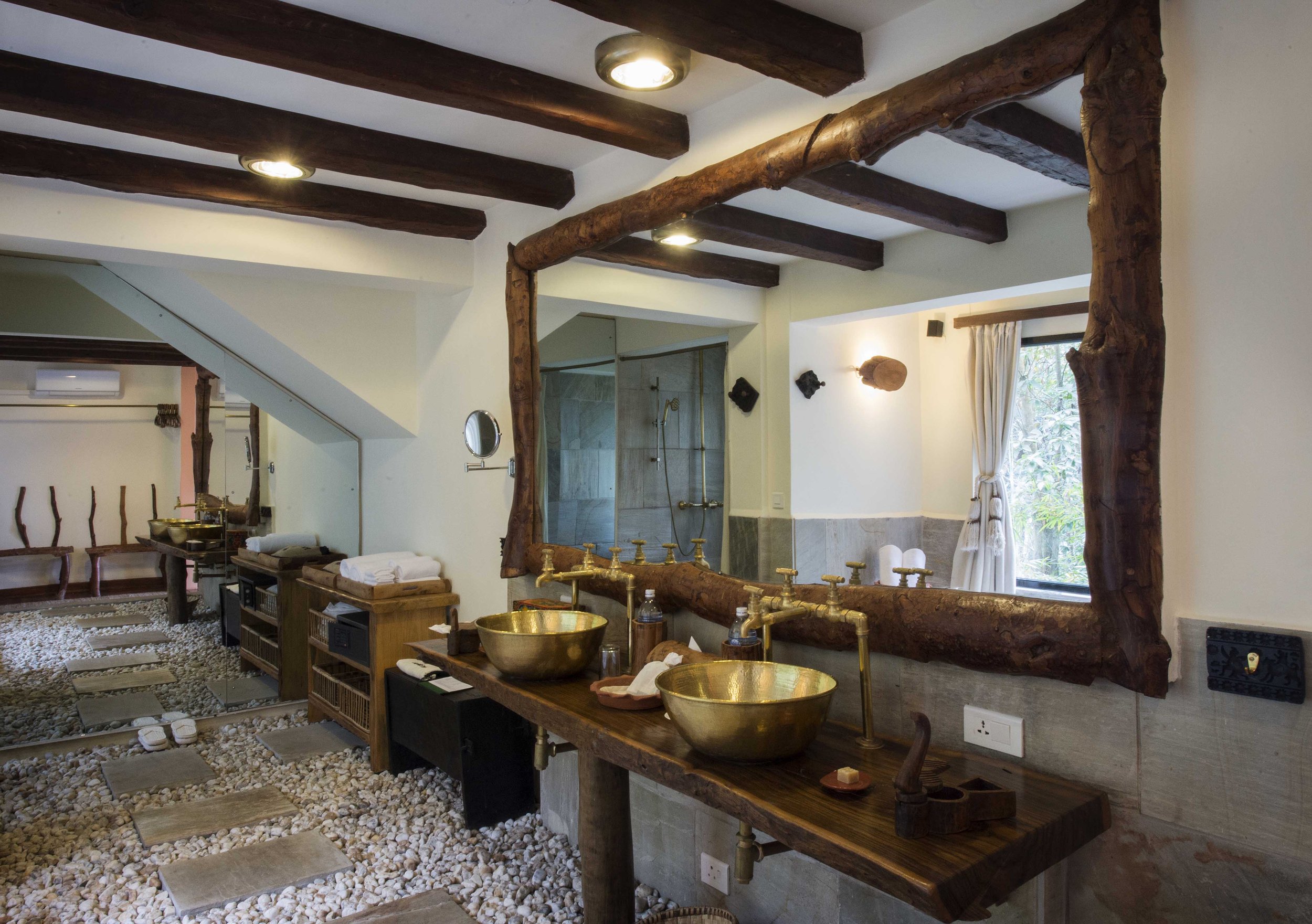
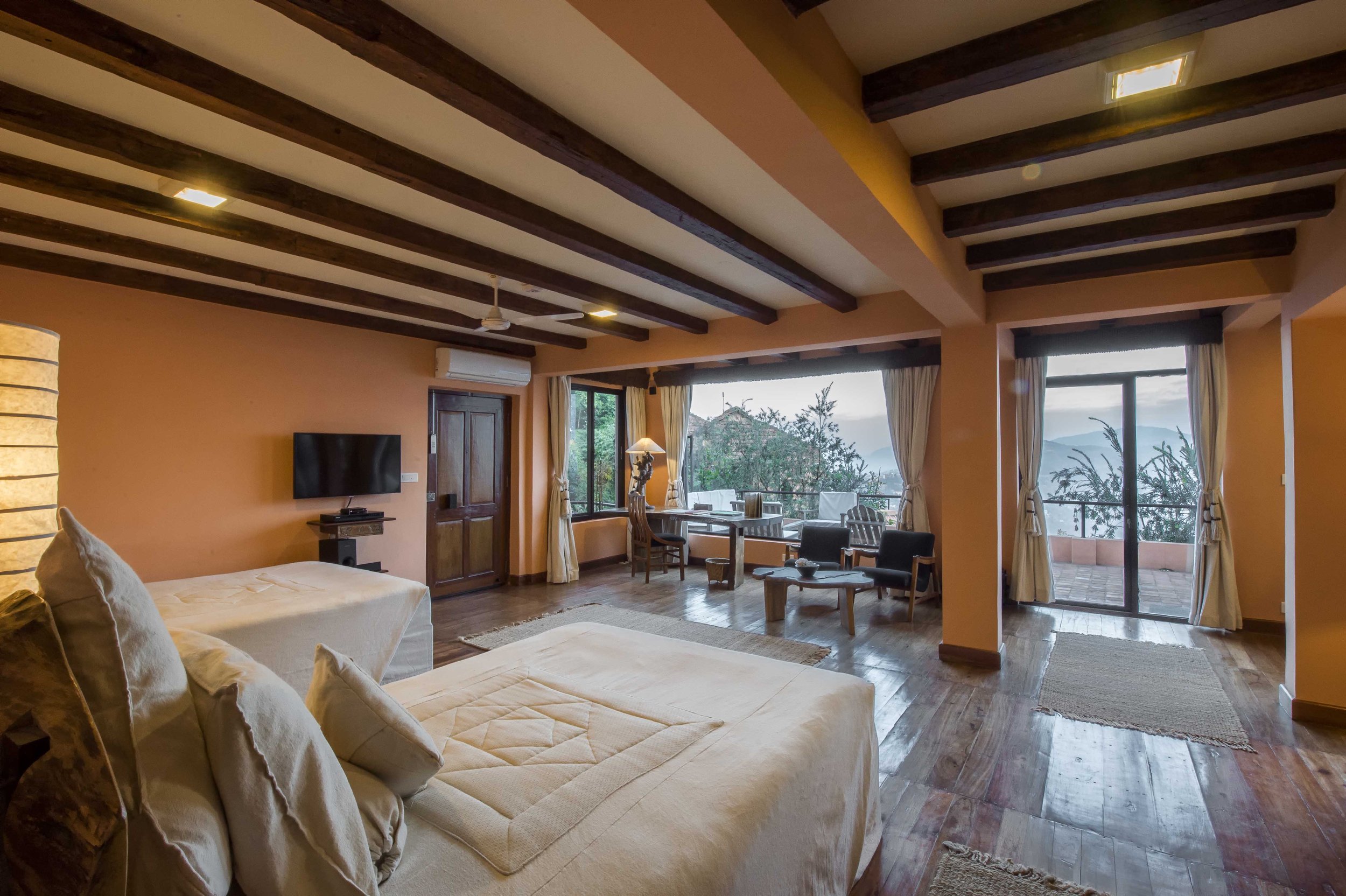
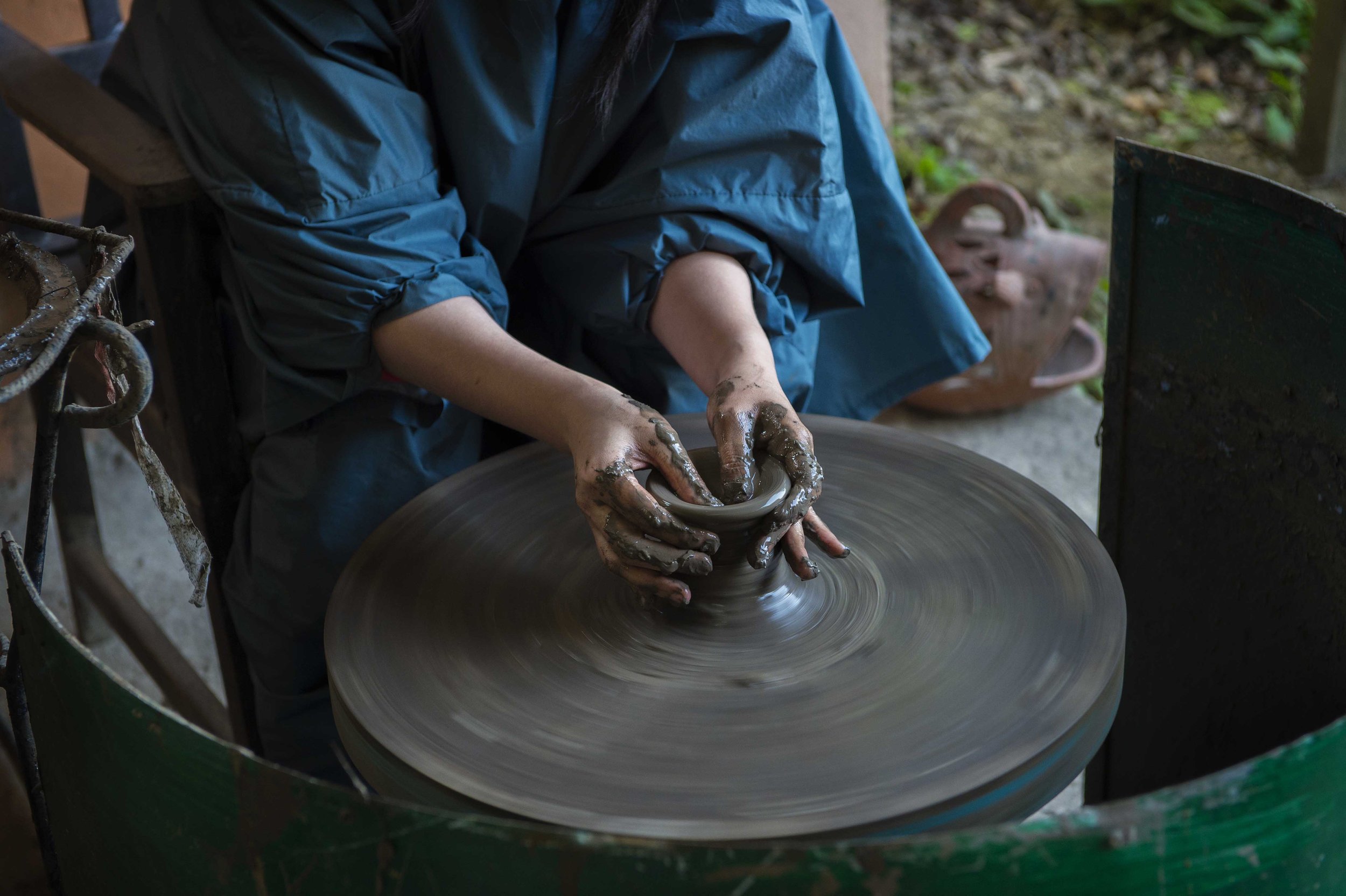
THE PERSONALITIES
People who want to truly relax in an environment made for mind, body and soul.
MOMENTS
Sleeping under the stars on your private terrace. Daily sun and moon salutations. Feeling closer to yourself and your surroundings.
Best Visiting Months
Fall and spring are the best times to come to Nepal.
Cost
Why stay
Nestled amidst the serene landscapes of the Himalayas, Dwarika’s Resort is a haven of tranquility. Located in the breathtakingly beautiful town of Dhulikhel in Nepal, the hotel embodies the timeless charm of Newari architecture fused with modern elegance. Surrounded by verdant hills and panoramic views of the majestic mountains, Dwarika’s Resort offers a sanctuary for those seeking solace in nature. With its impeccable hospitality, luxurious amenities, and commitment to preserving Nepal's rich cultural heritage, a stay at Dwarika’s Resort promises an unforgettable mountain retreat.
The Resort has been built with natural materials, such as wood and earth. Each suite has an air of serenity and positivity around it, along with mesmerizing views of the mountains and the Lang Tang Valley. The Executive Suite has a large rooftop terrace and a private garden, as well as a luxurious open bathroom. The Royal Suite is truly suited for a king, set at the resort's highest point, with an outdoor lounge and sleeping area, as well as a private chef on request. Relax by the infinity pool and make sure to visit The Pancha Kosha Himalayan Spa, where you can find treatments and peace like nowhere else in the world, especially with onsite naturopaths, yoga and astrology masters and visiting monks. (Try the Himalayan rock salt treatment.) You are promised to leave Dwarika’s feeling restored and peaceful.
Why wander
Dwarika’s Resort has everything you need for the ultimate relaxation and enlightenment. Practice meditation and yoga in a way you will rarely get to experience anywhere else. Explore the connectedness between nature, body, mind and soul. Take a pottery class, where working with earth connects you deeper to yourself. Visit The Garden of the Nine Planets, where the cosmic system is depicted through trees, and a consultation with an astrological master can take place. If you do want to venture out, explore the Himalayan foothills for the diverse flora and fauna or Dwarika's own organic farm, where you can pick up vegetables and herbs for your next meal.
Indulge in
Traditional five tastes eating experience (hot, sour, sweet, bitter and salty) combined with the five colours and five ways of cooking.
GETTING THERE
Fly into Kathmandu and arrange a transfer to Dhulikhel with the hotel. After climbing what seems like to heaven - you will feel like you are there.
*Images property of THE DWARIKA'S RESORT-DHULIKHEL
BOOKING INFO

Tiger Mountain Pokhara Lodge
NEPAL
Tiger Mountain Pokhara Lodge
NEPAL
Tiger Mountain Pokhara Lodge
NEPAL
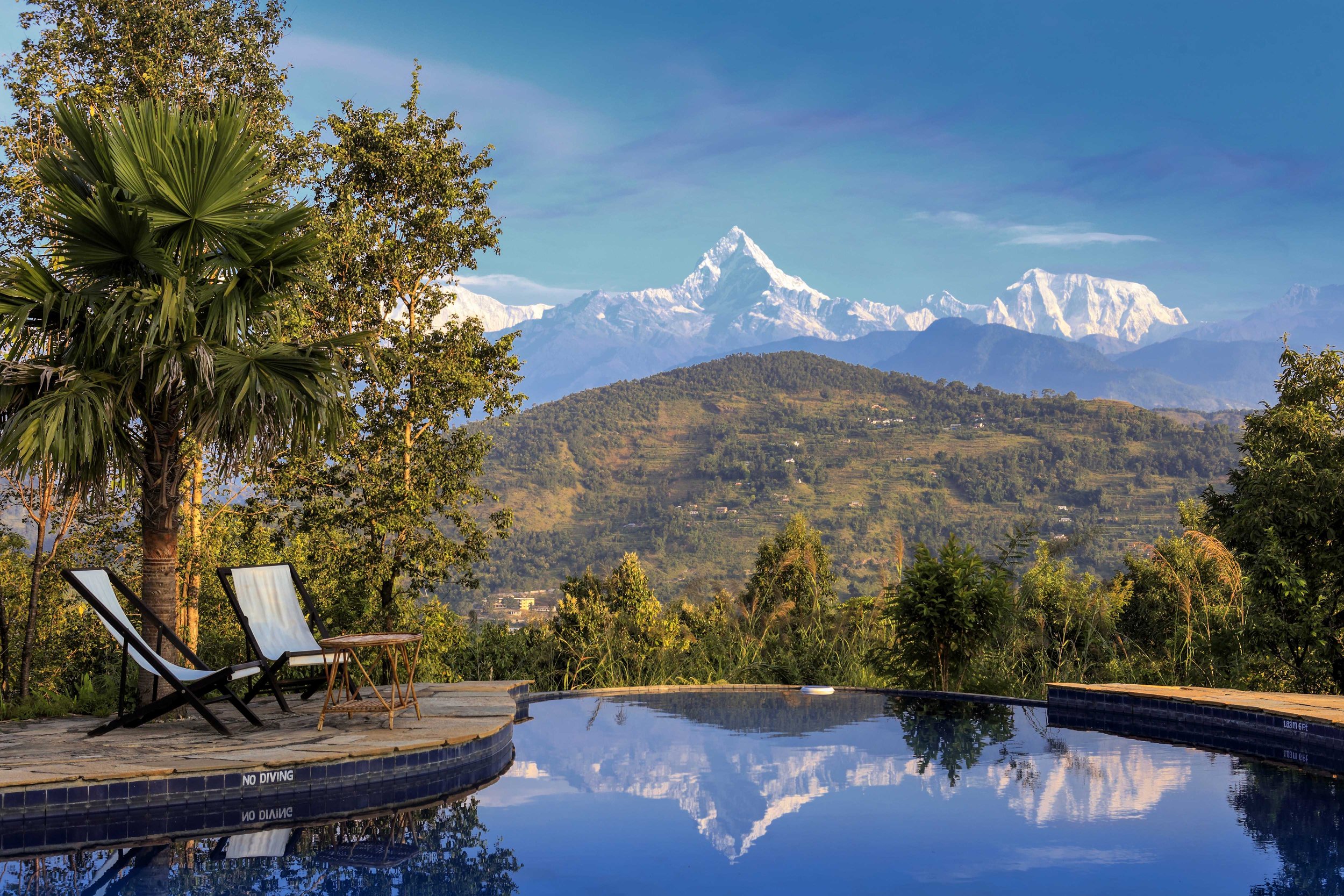
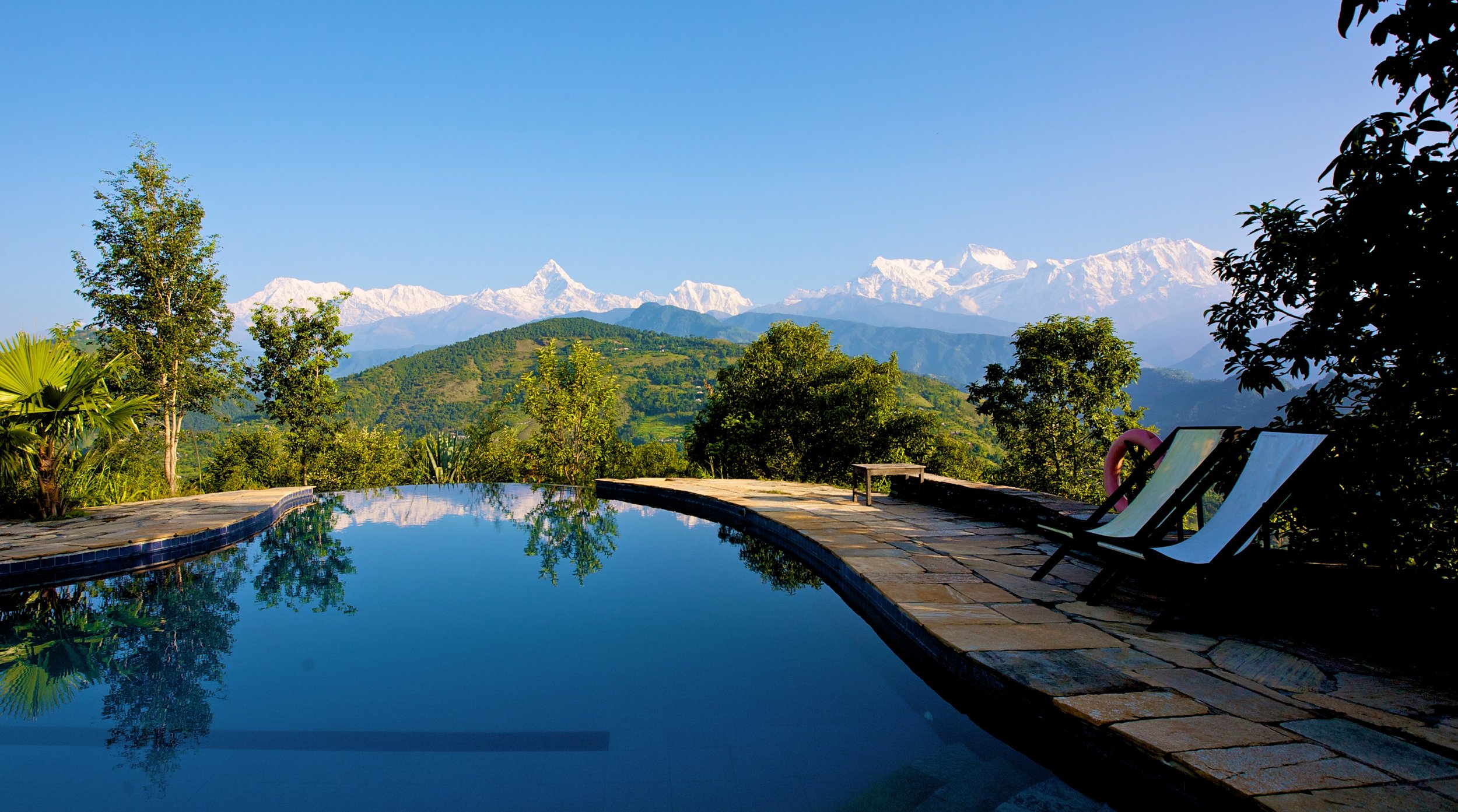
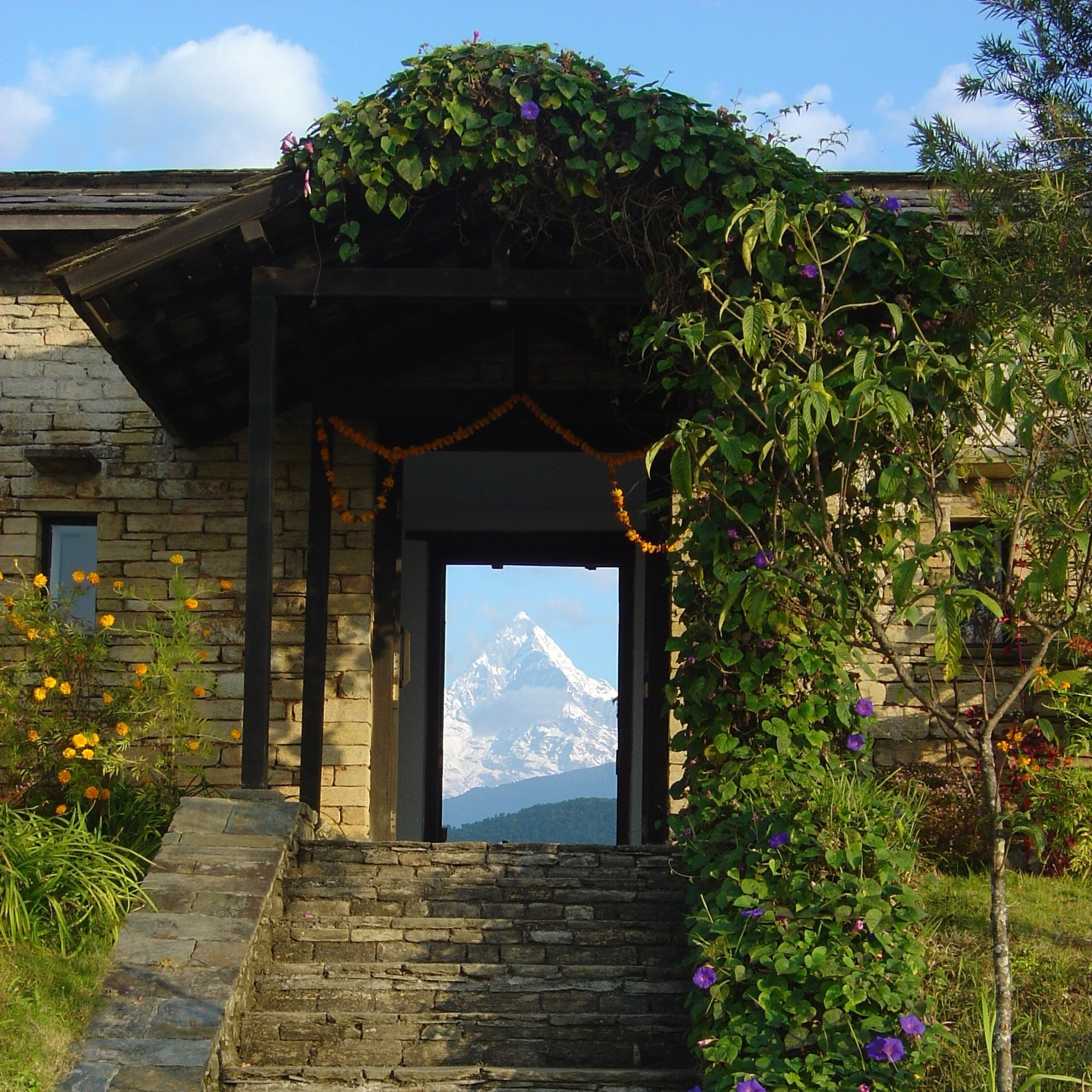
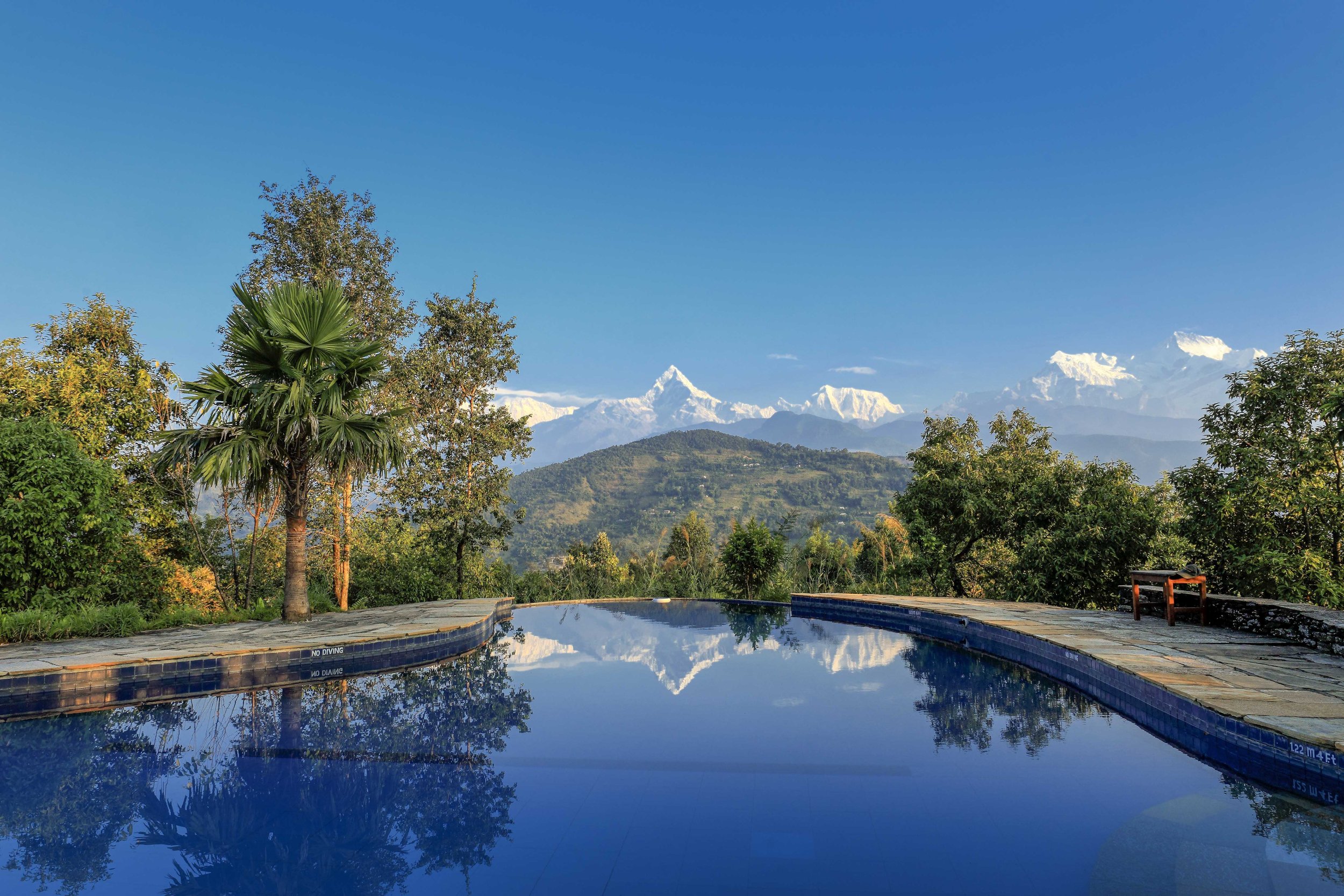
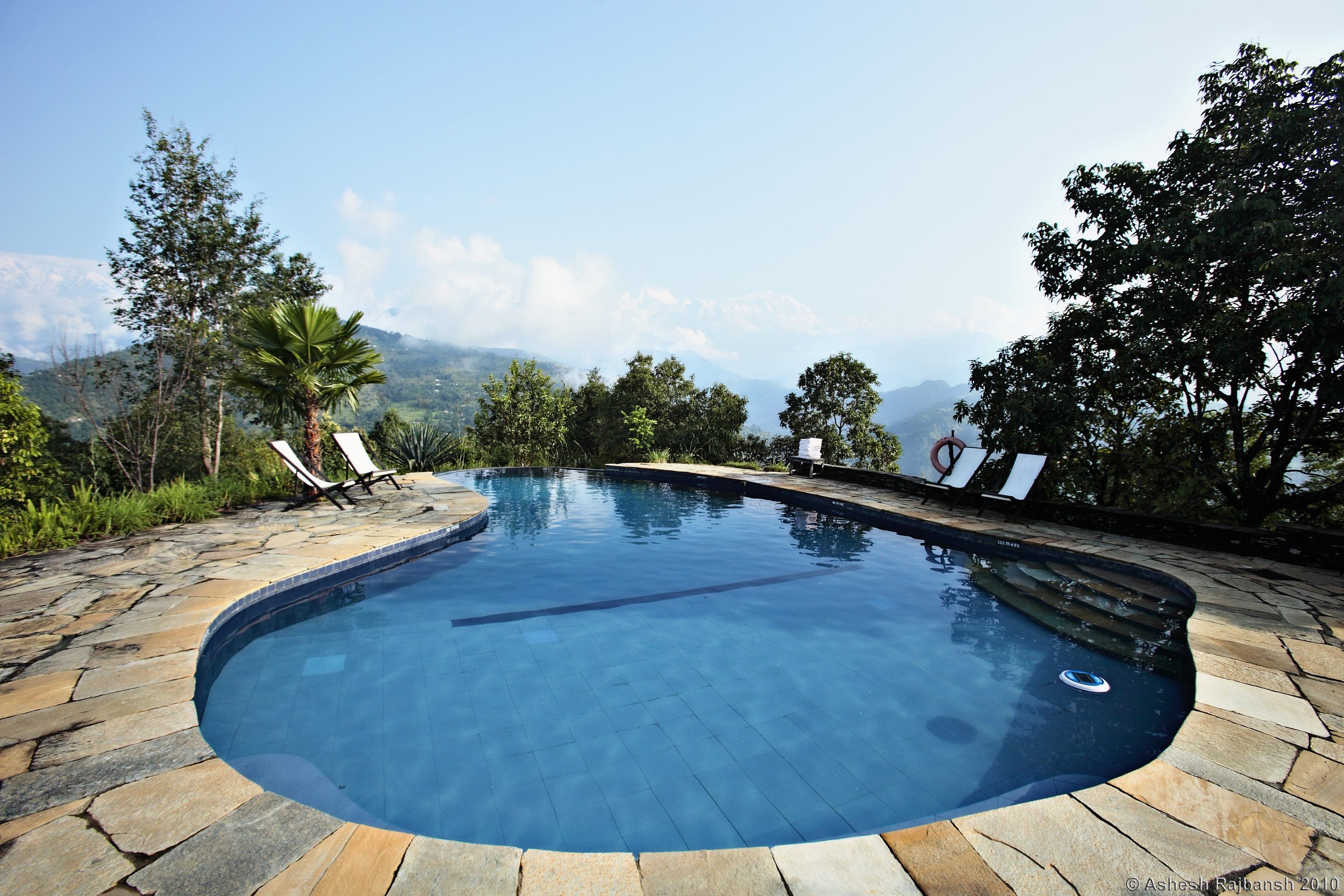
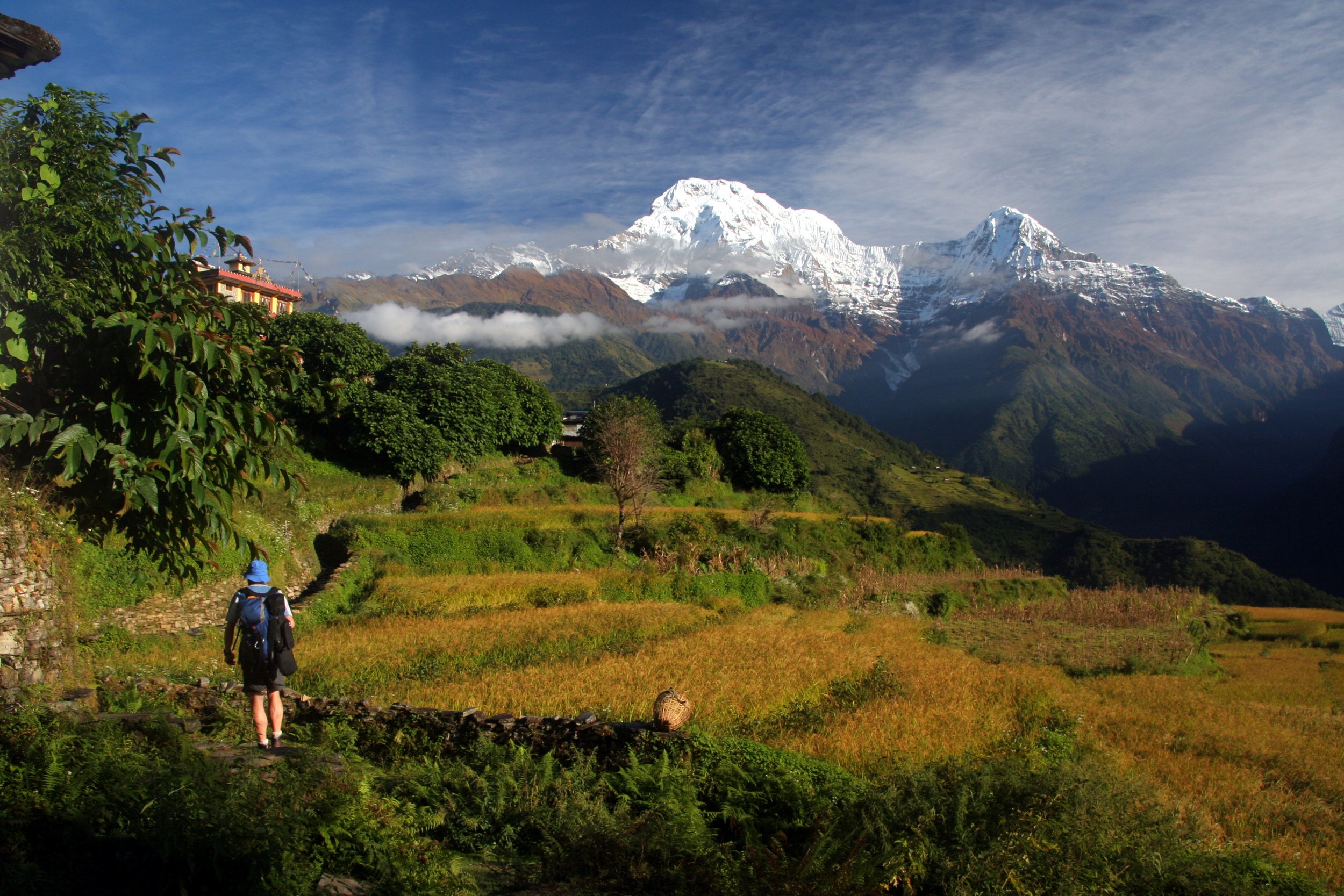
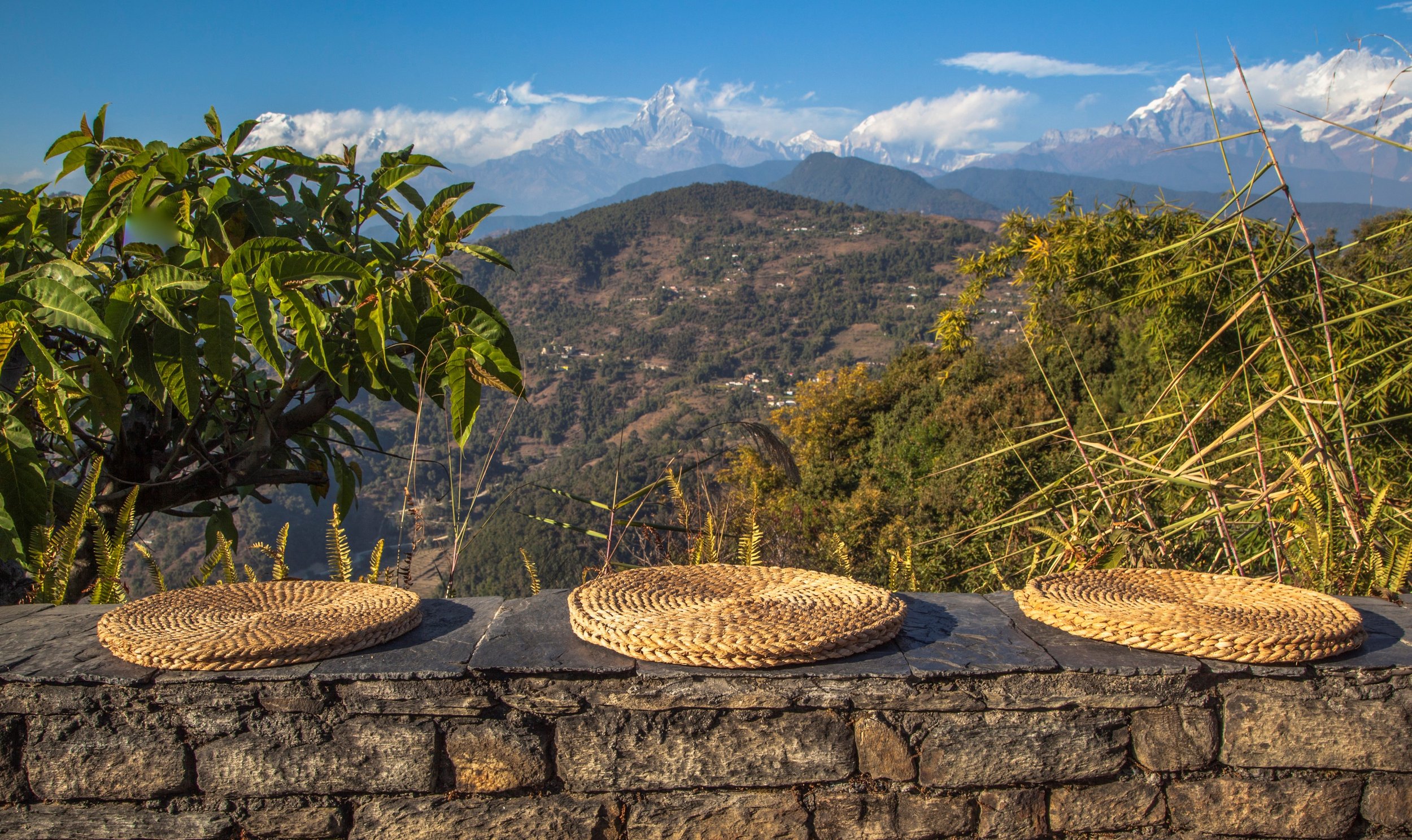
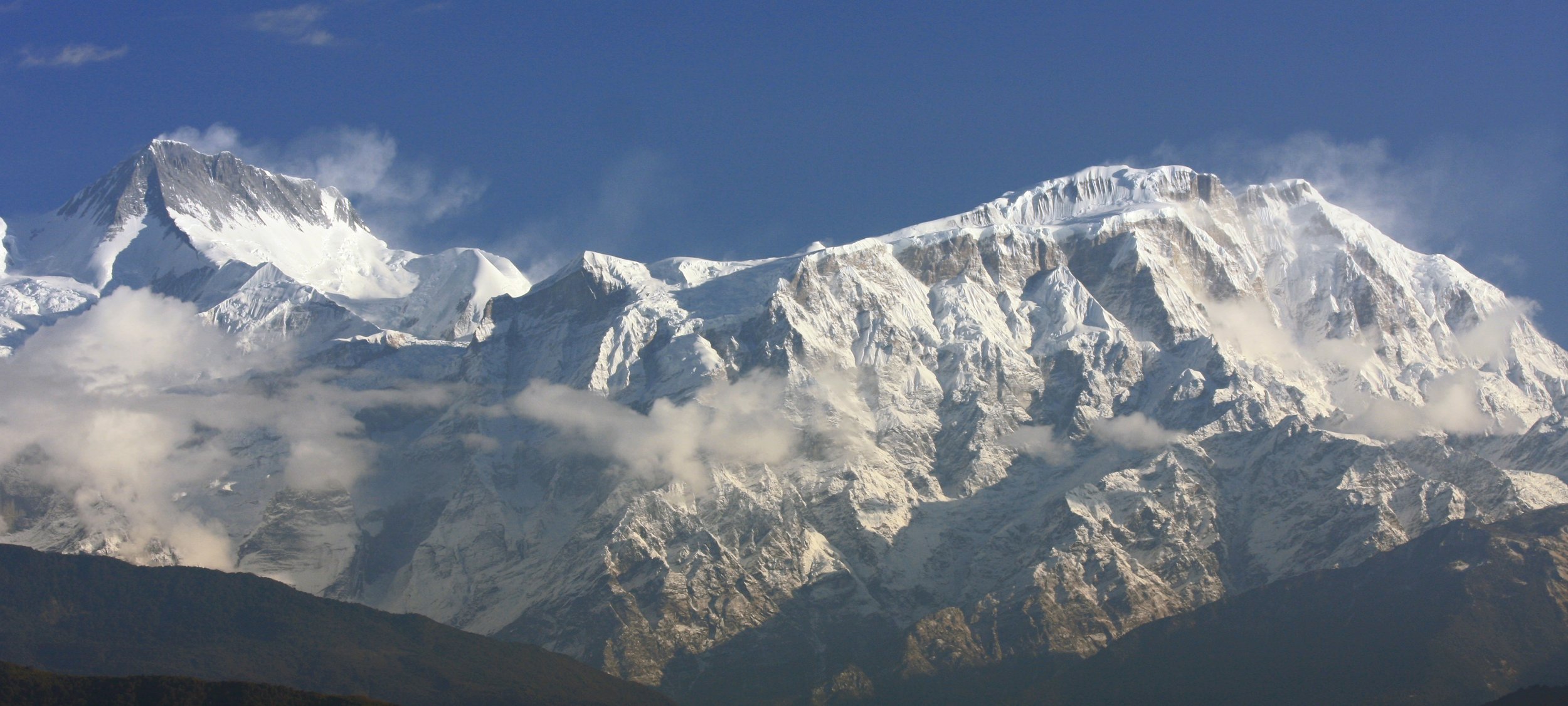
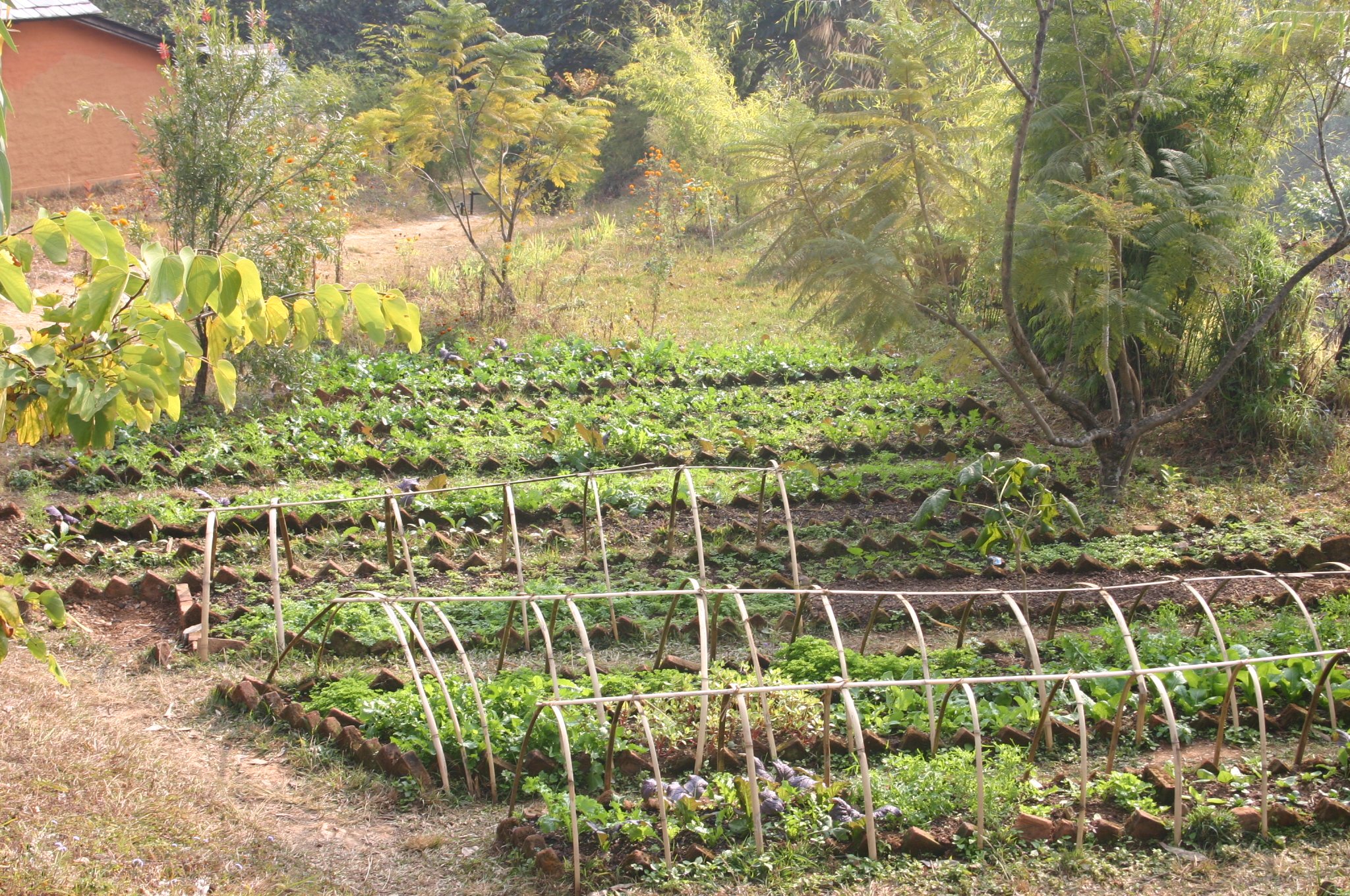
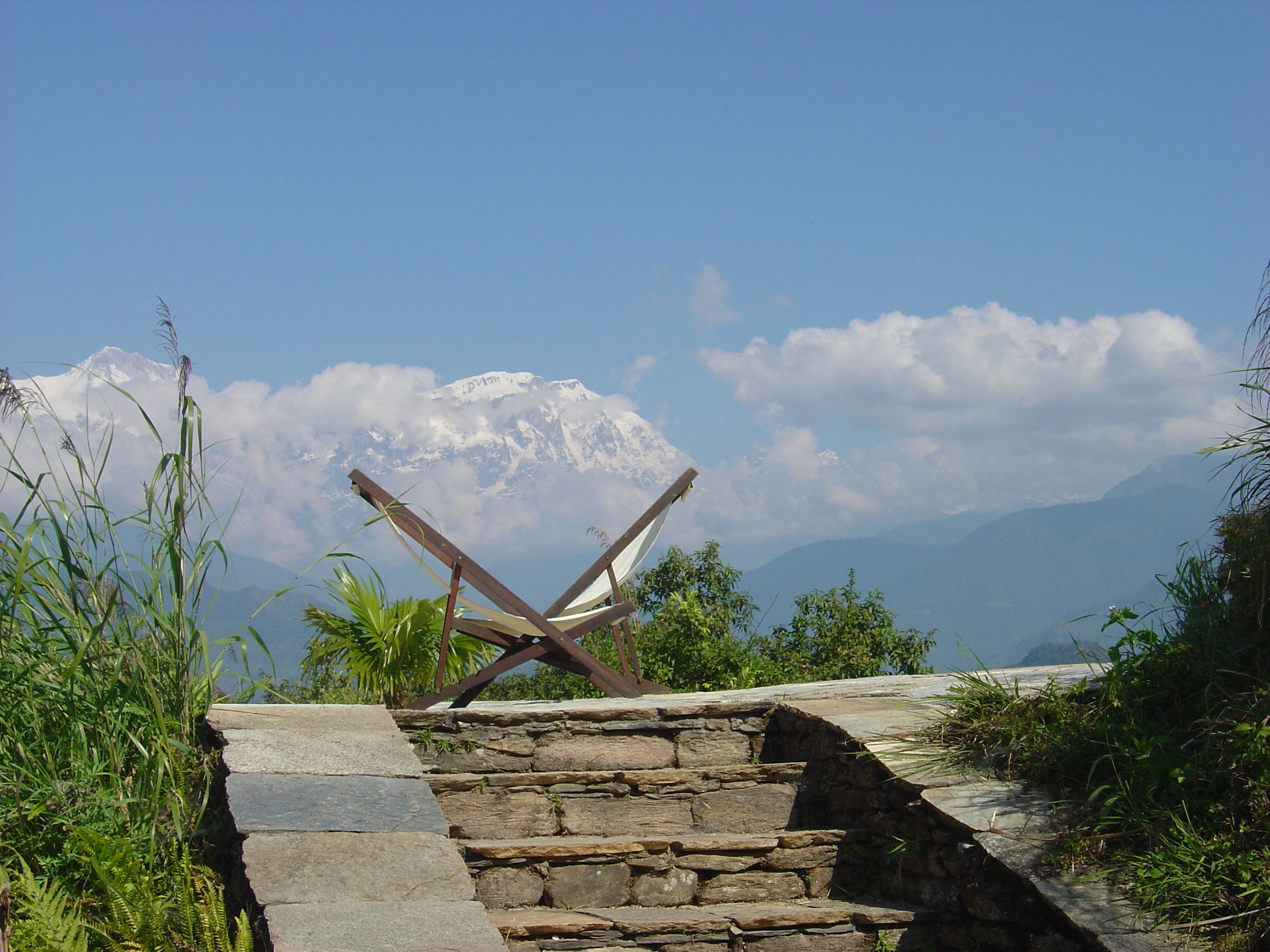
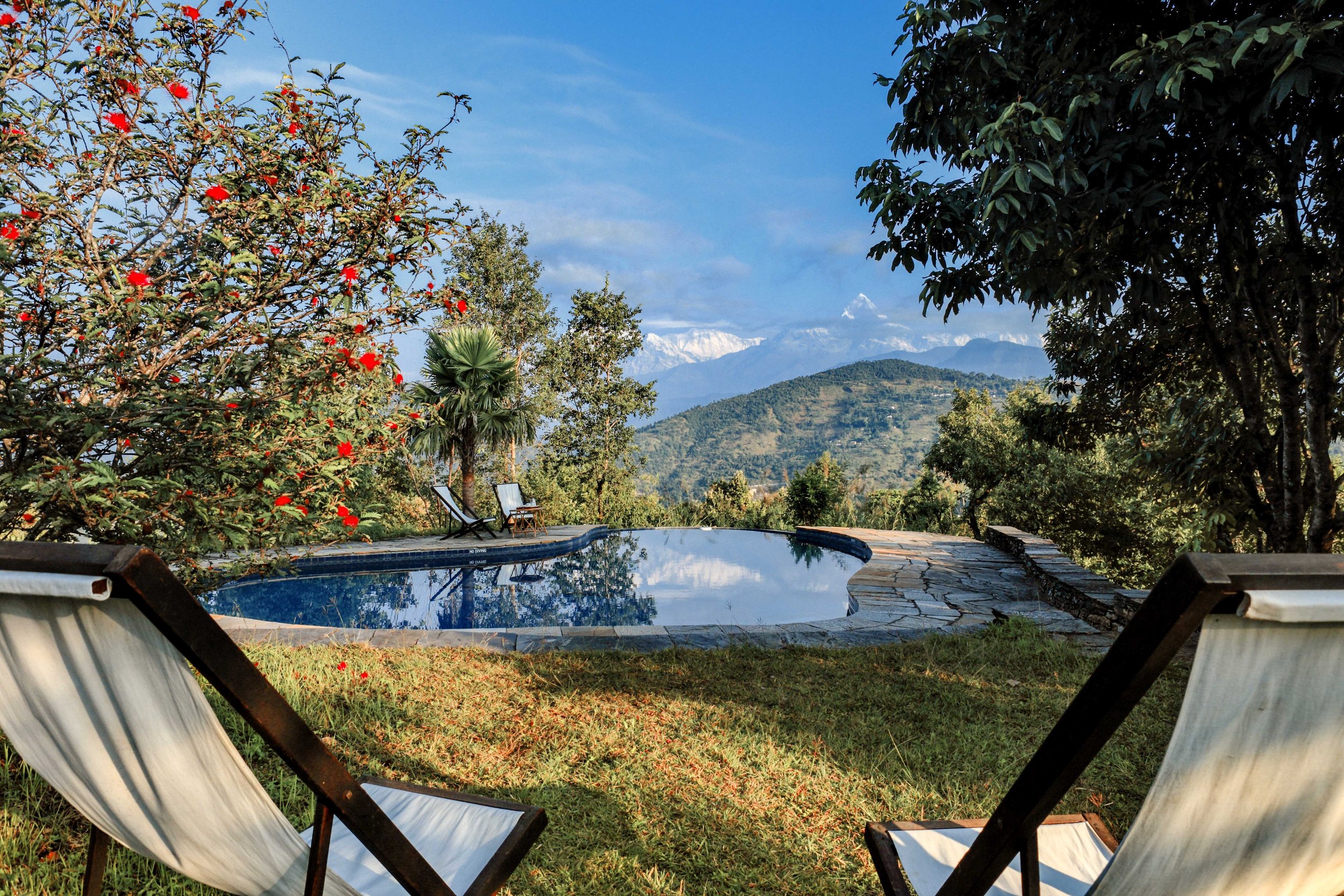
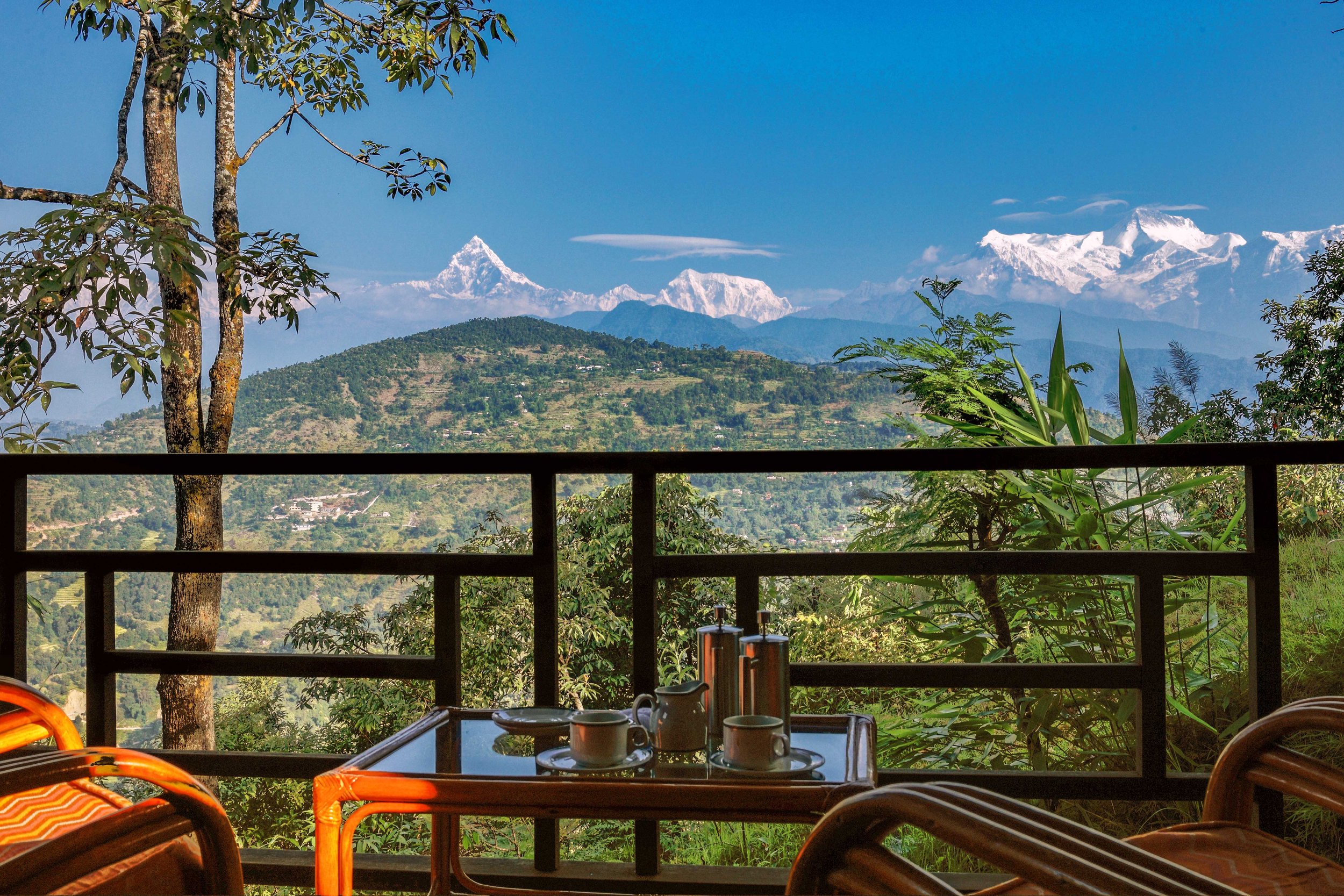
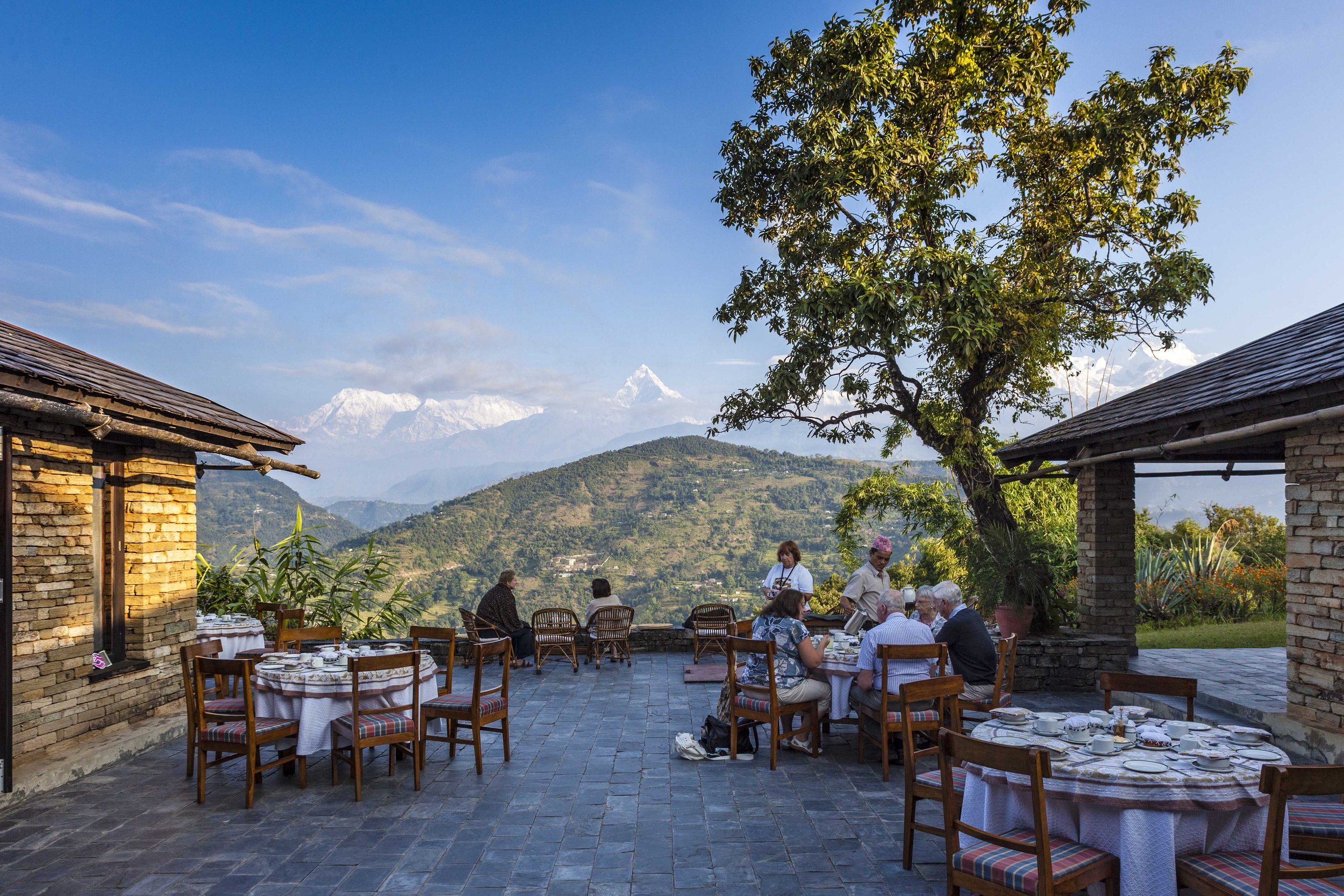
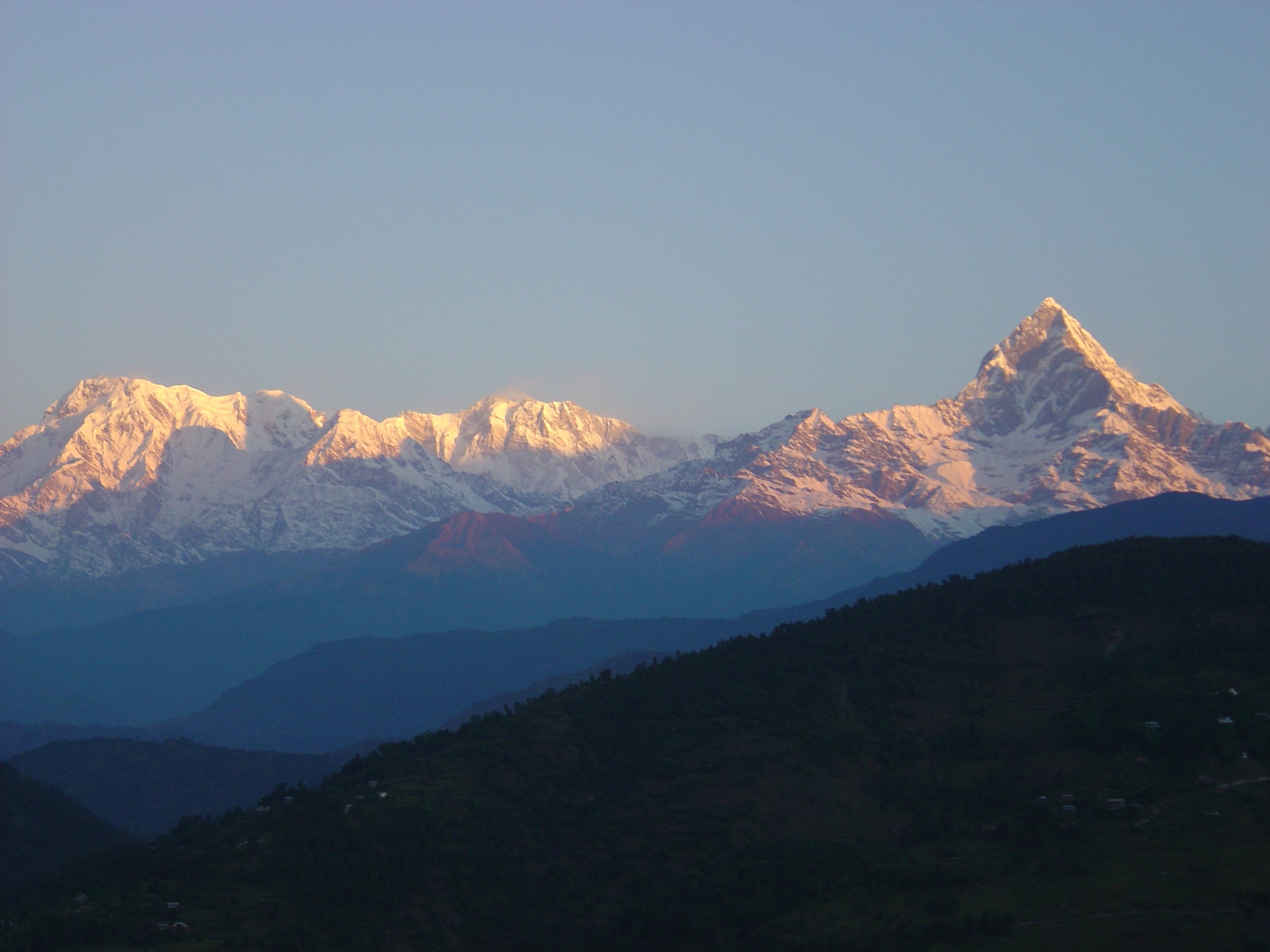
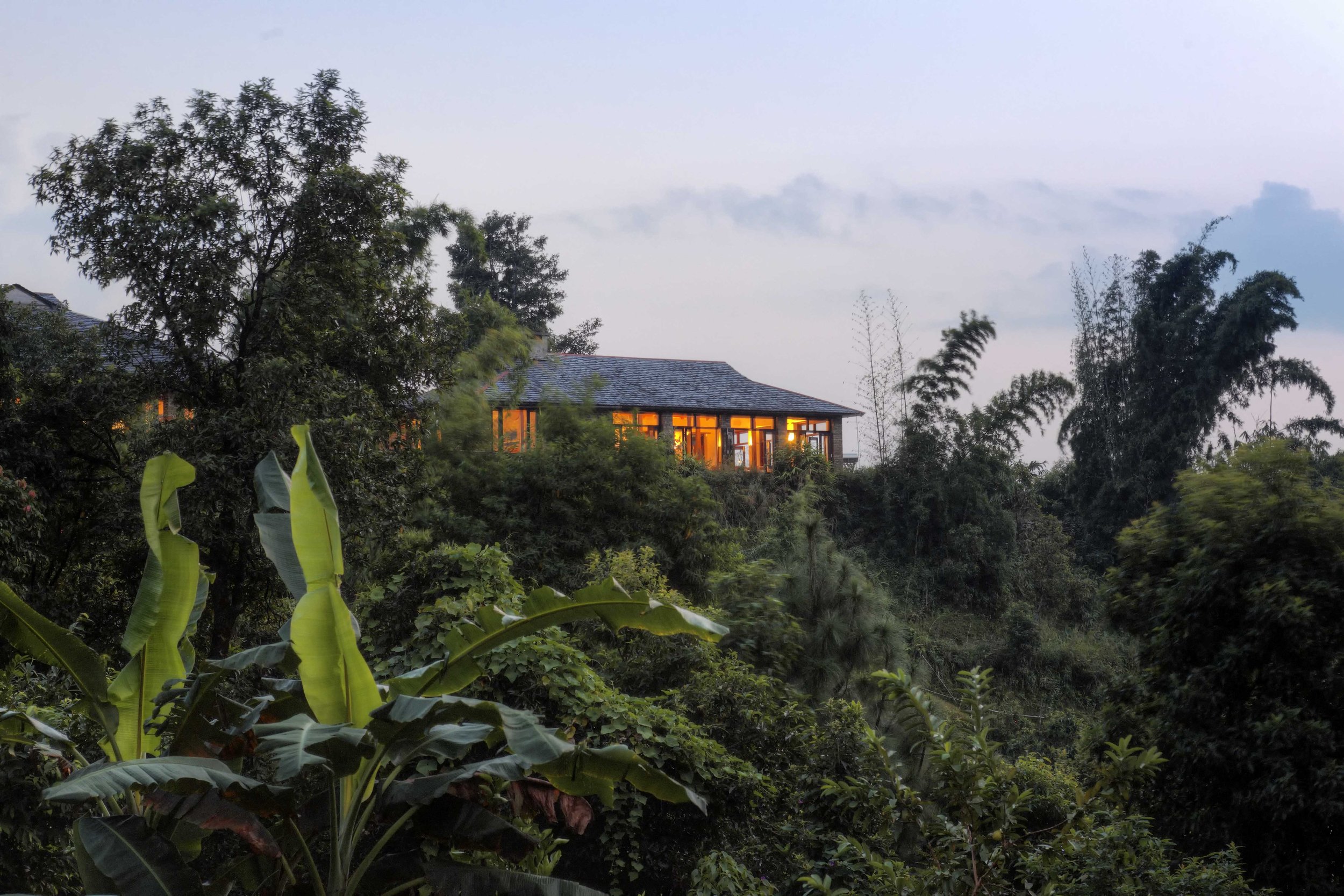
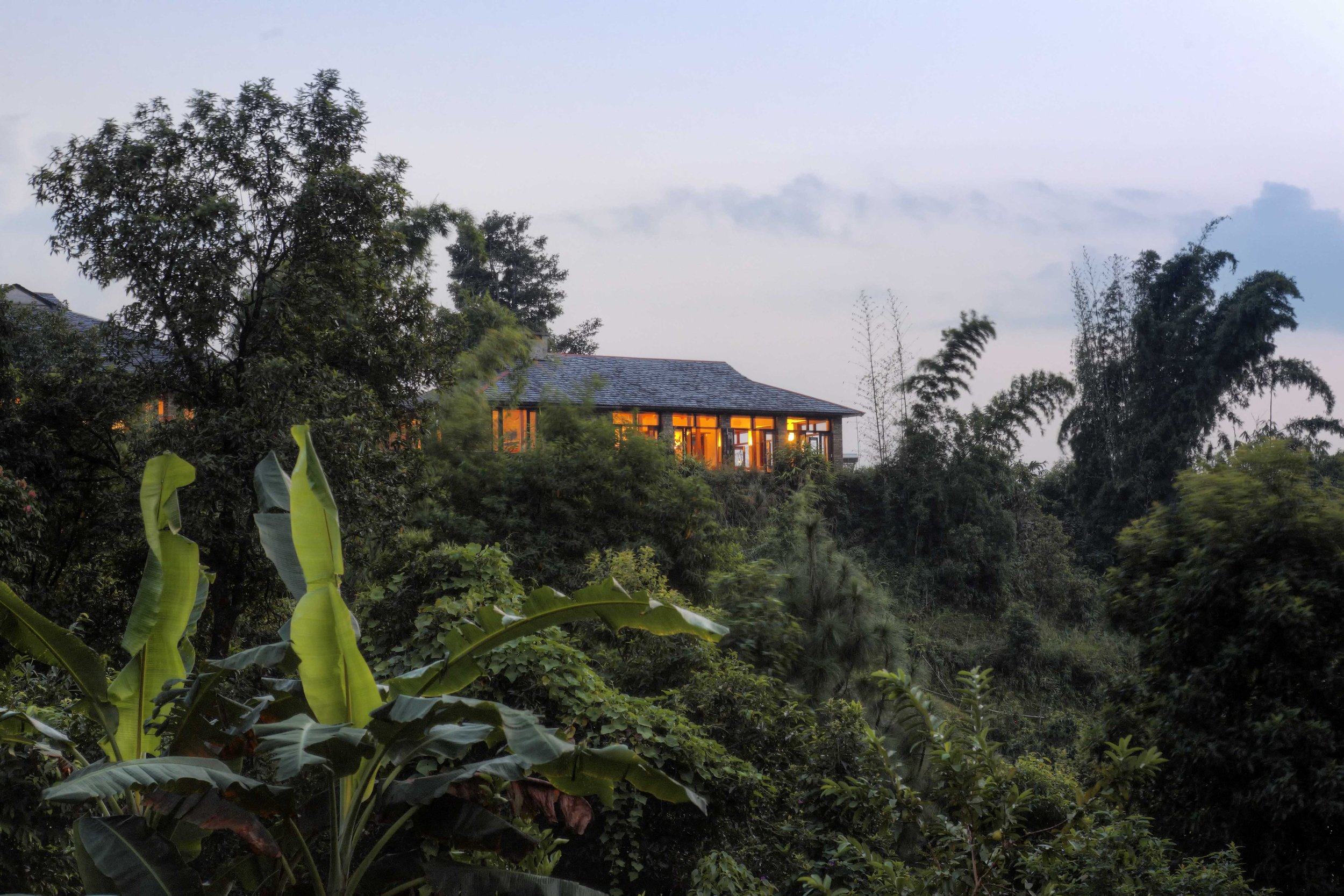
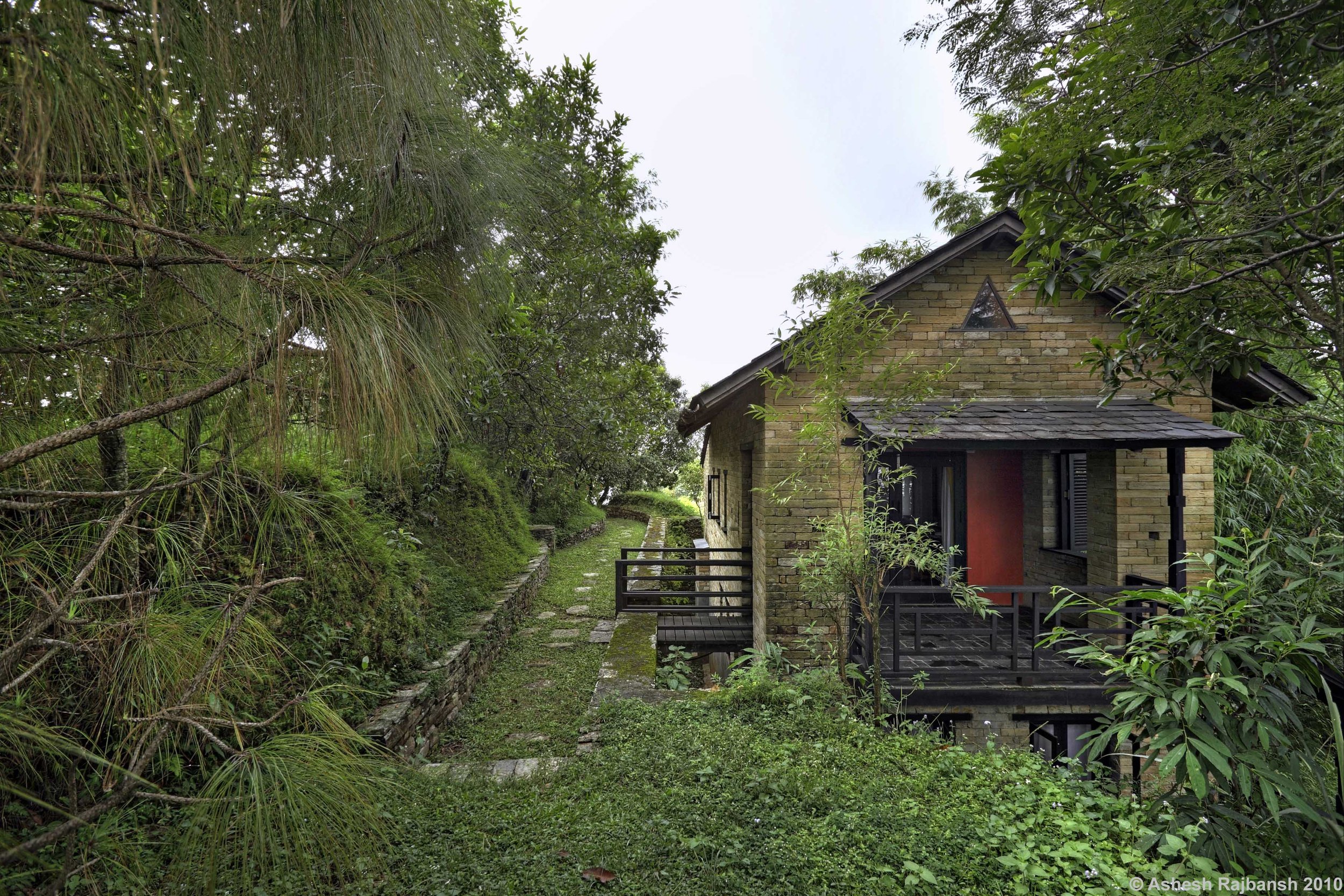
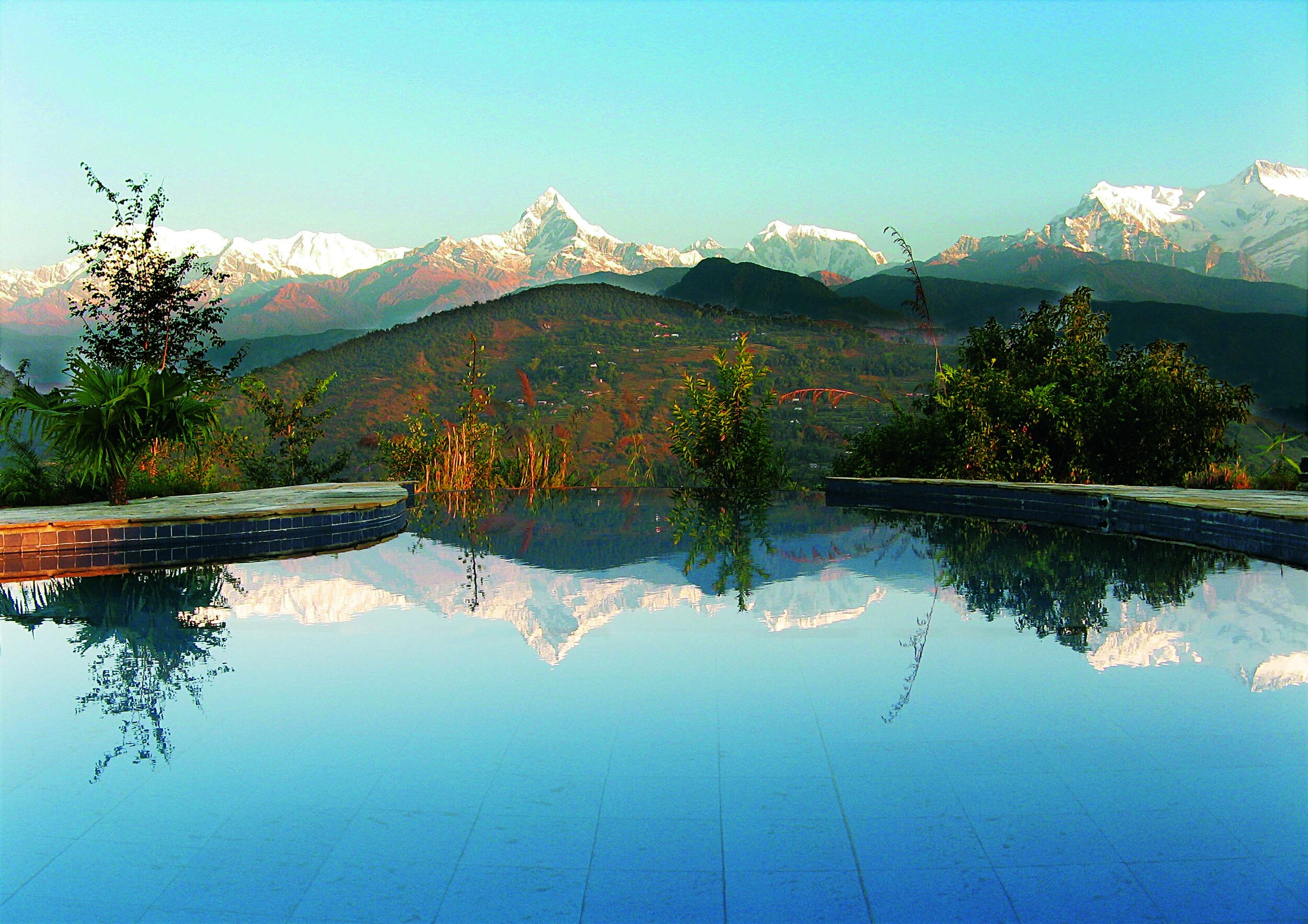
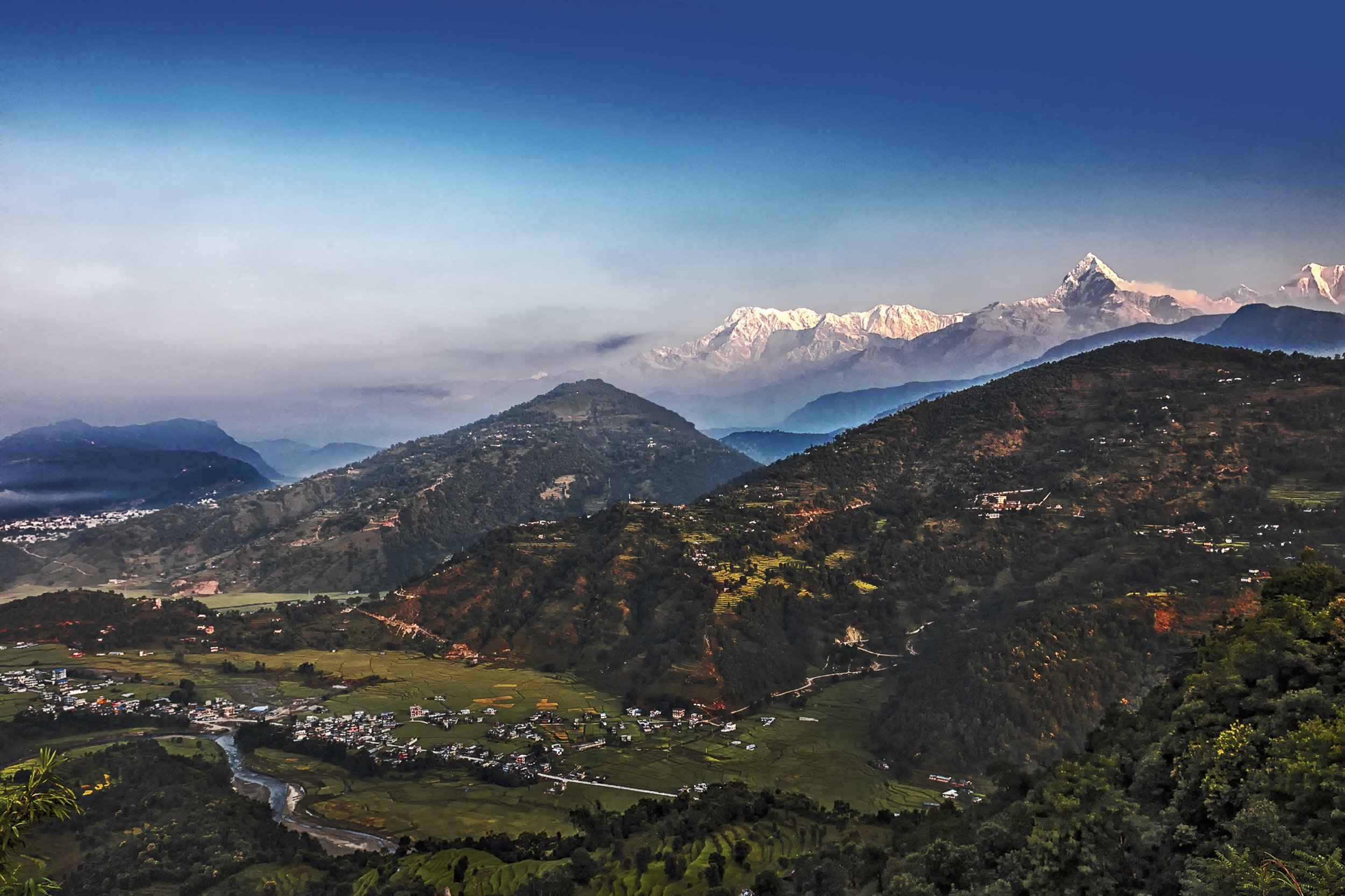
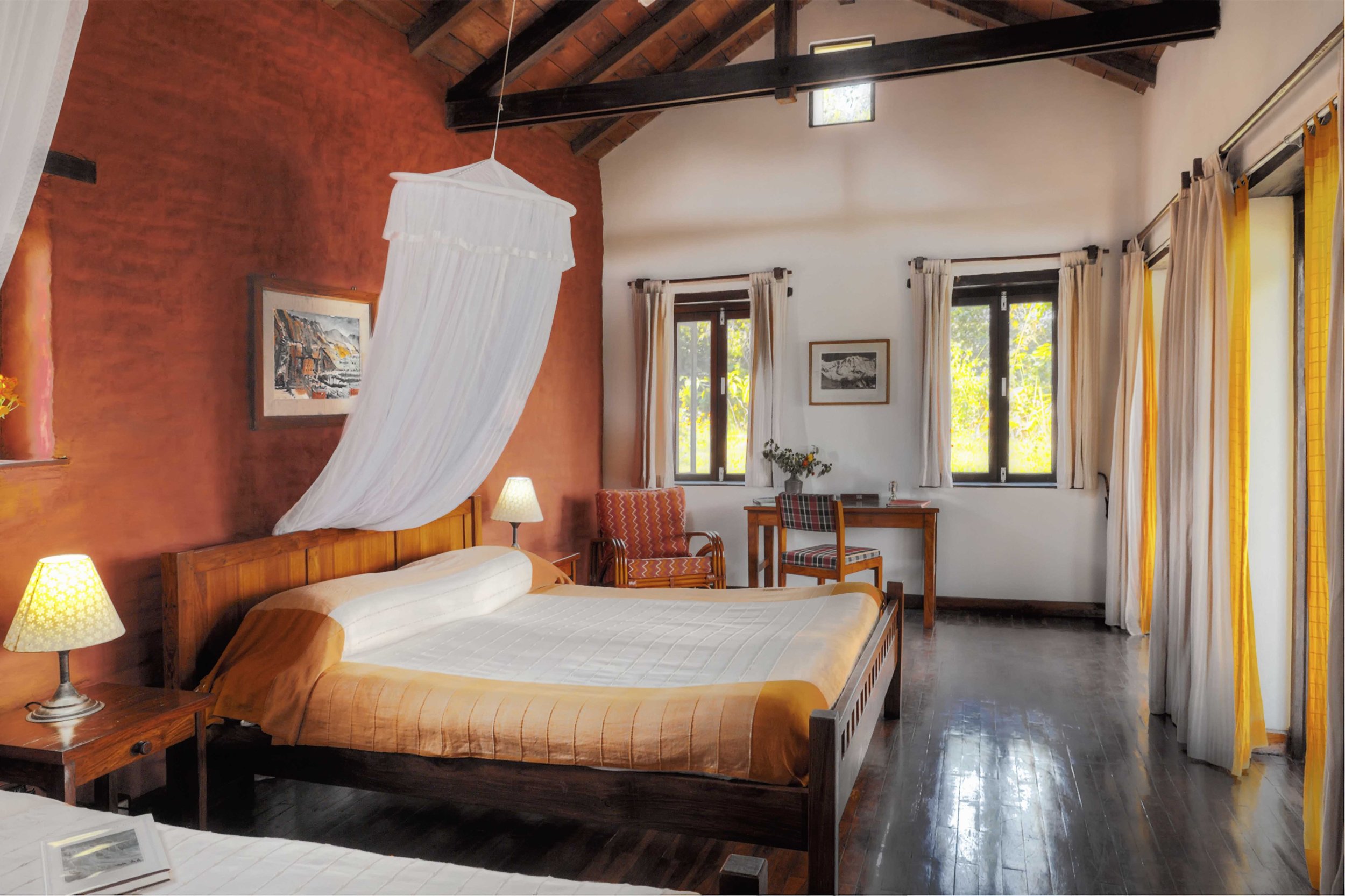
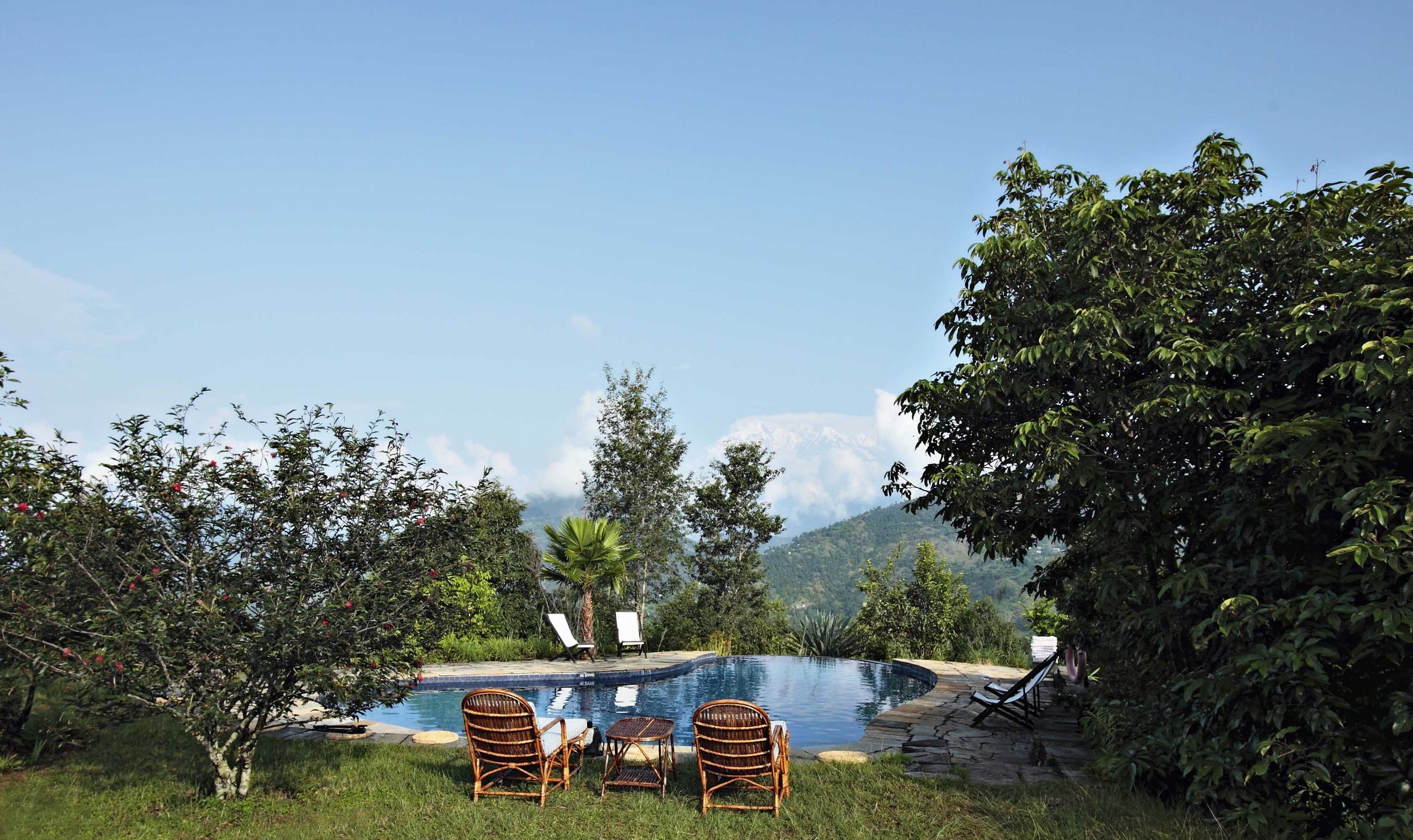
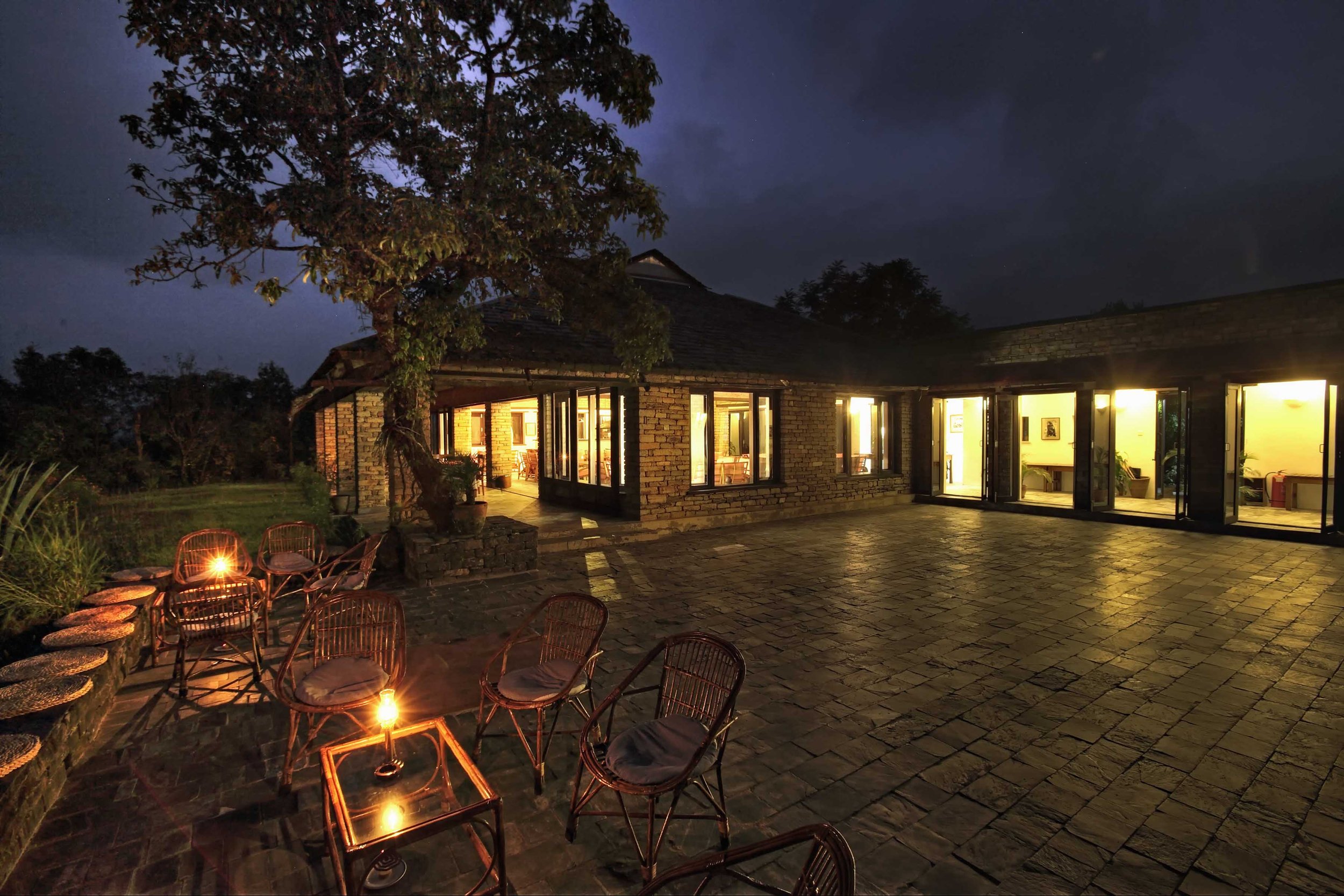
Personalities
Artists, Writers, Photographers, People looking to enjoy nature's majestic beauty quietly.
MOMENTS
Watch the sunrise over the Annapurna Range, with a fresh pot of coffee. Hot water bottle in the bed on a chilly night. Unparalled views and the freshest air.
Best Visiting Months
Fall (September to November) and spring are the best times to come to Nepal.
Cost
Why Stay
Nestled 1,000 feet above the Pokhara Valley, among bamboo and fruit trees, with a surreal Himalayan backdrop, Tiger Mountain Pokhara Lodge is one of the most unforgettable places to stay in Nepal. Enjoy views of the famous Himalayan peaks - Dhaulagiri, Annapurna and Manaslu and the Annapurna Range from the terrace of your private cottage or the lodges' infinity pool. The clusters of cottages resembling a Nepali village. Inside you will find rich Tibetan rugs and handmade wood furniture. Enjoy pre-dinner cocktails on the candle-lit terrace or after dinner aperitifs around the fire. Find a sense of living in a local village with luxury in this natural haven.
Why wander
Tiger Mountain Pokhara Lodge is ideal for guests starting or finishing their trek, or just wanting to relax in an authentic Nepalese rural setting. Enjoy bird watching and day hikes through villages and forests. Explore the beautiful lakeside or go paragliding against Annapurna’s backdrop if you are feeling adventurous. Soak up the mountain air and enjoy life away from the big cities.
INDULGE IN
Homemade breads, paneer, dahl.
getting there
This boutique lodge is just half an hour's drive from Pokhara in western Nepal.
GET INVOLVED
The lodge grounds are kept entirely natural with no manicured lawns or exotic planting. This has increased the floral diversity over the past twenty-odd years and with it enhanced insect diversity monitored by ad hoc dragonfly counts and monthly Butterfly Surveys.
The bare hilltop in the lodge grounds has been allowed to grow back naturally to its traditional use as a thatch grass field - local houses used to be thatched with wild grass species growing some 3m high such as Imperata sp. This has also improved insect diversity and reduced erosion from rainwater runoff.
The sides of the hill are wooded with natural growth Schima Castanopsis forest typical of this altitude in mid-western Nepal. This was heavily lopped in the past but we have protected the woodland to allow wonderful regeneration enhancing bird diversity around the grounds.
We work closely with our local community forest committee to provide financial support as well as advice and technical input into management plans and actions. As a result, we actively support forest protection over more than 150 acres in the area surrounding the lodge.
Local charities - We work with Bird Conservation Nepal (local equivalent of RSPB) supporting their Pokhara Branch with monetary and technical advice. We work with National Trust for Nature Conservation and WWF Nepal as well as with ad hoc charities on their specific requests.
International Charities - we work with Birdlife International on the annual Asian Wetlands Census leading the waterbird counts for all the Pokhara Lakes and have done this for almost 15 years now. We also report new species butterfly sightings to the Indian Foundation for Butterflies. We are currently exploring how we may link with RTSOI the responsible tourism society of India and are life members of the Bombay Natural History Society the oldest learned society in the sub-continent.
We have also supported individual researchers on Leopard predation, snake rescue, Gharial conservation, etc.
*Images property of TIGER MOUNTAIN POKHARA LODGE









